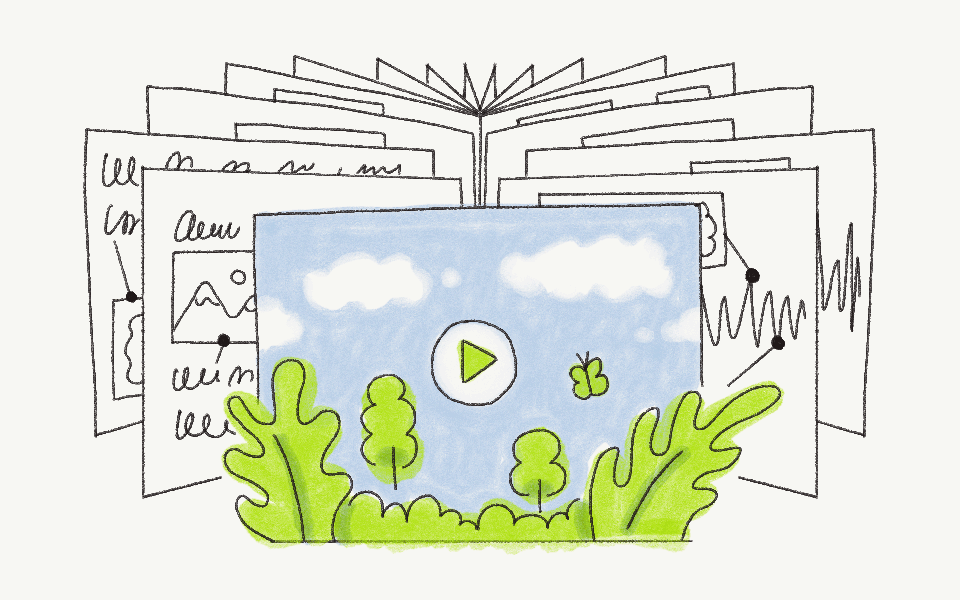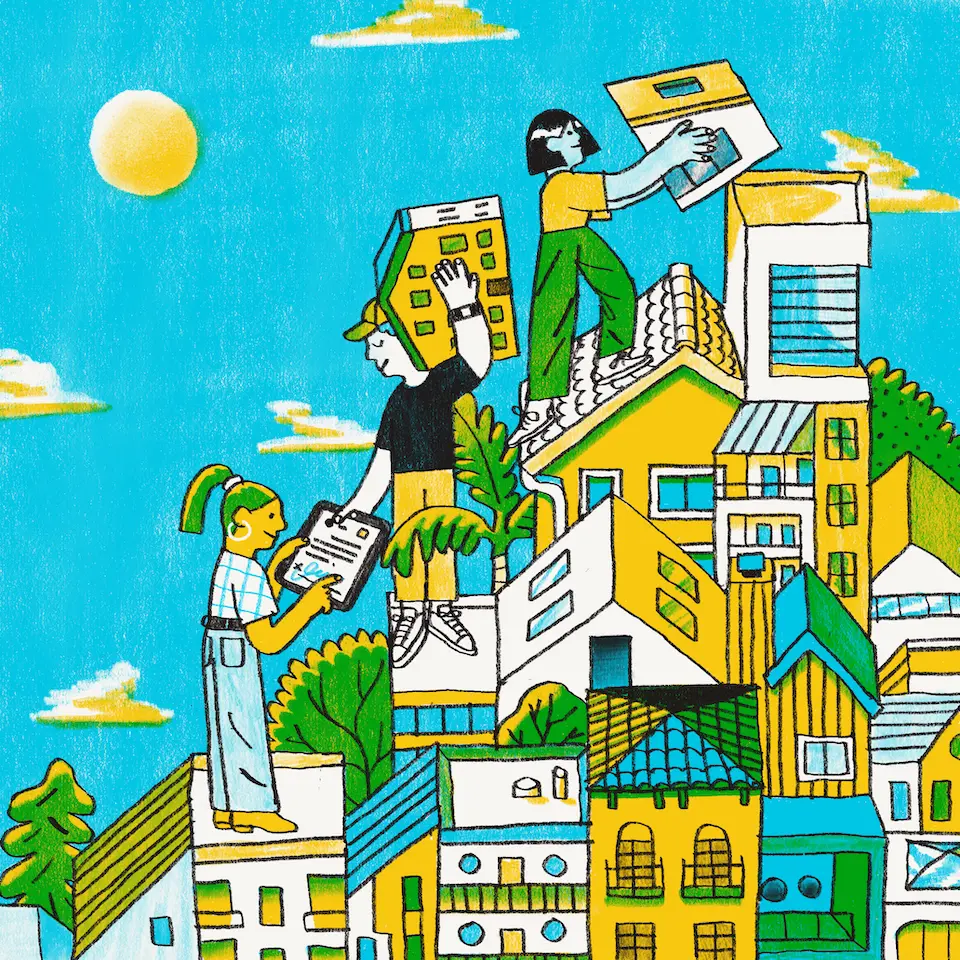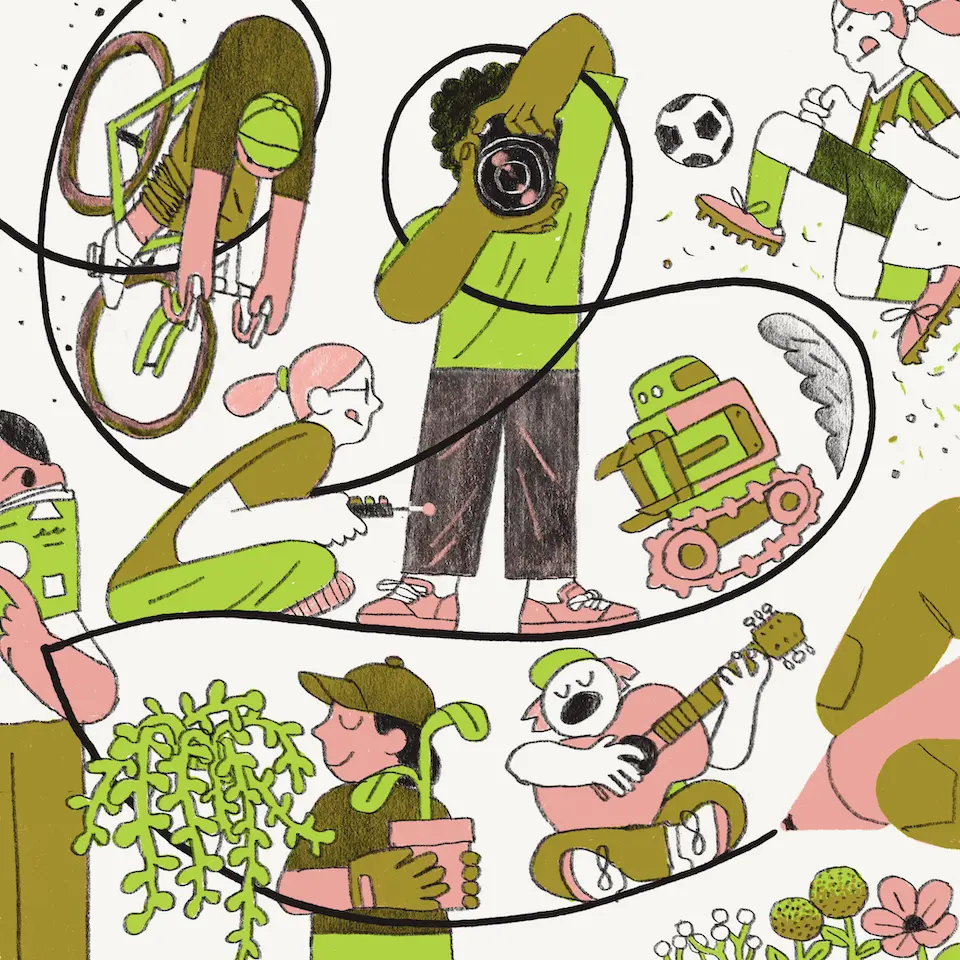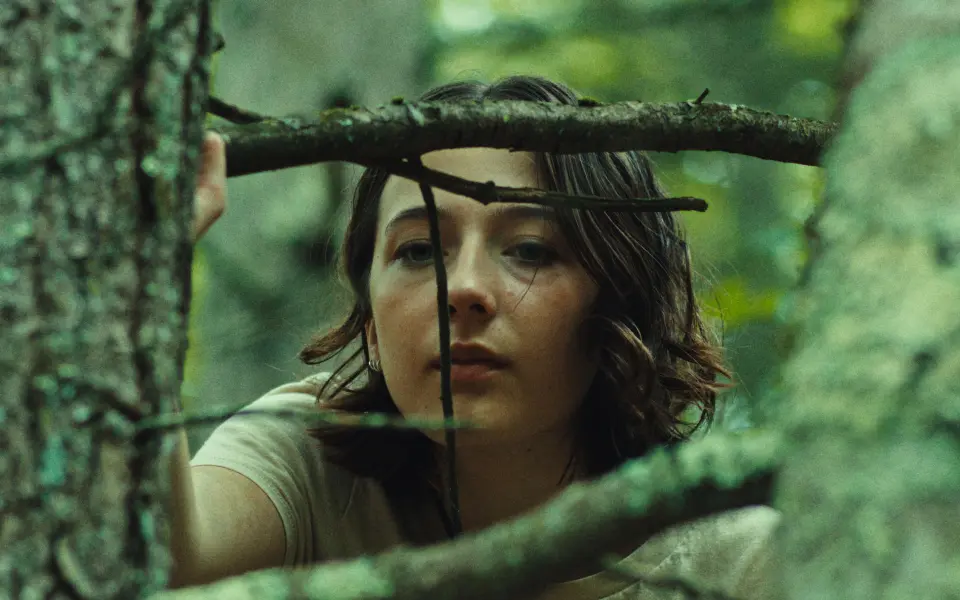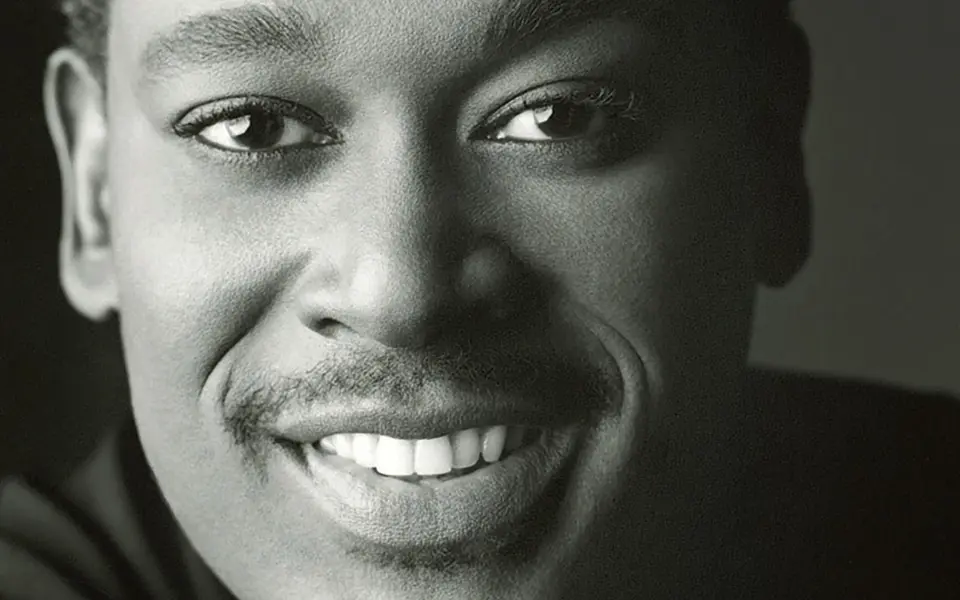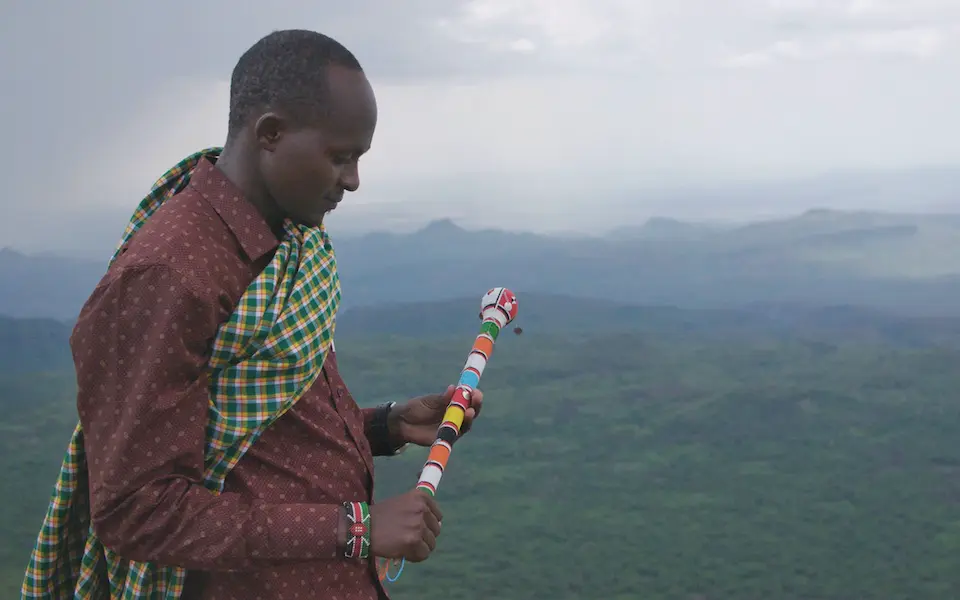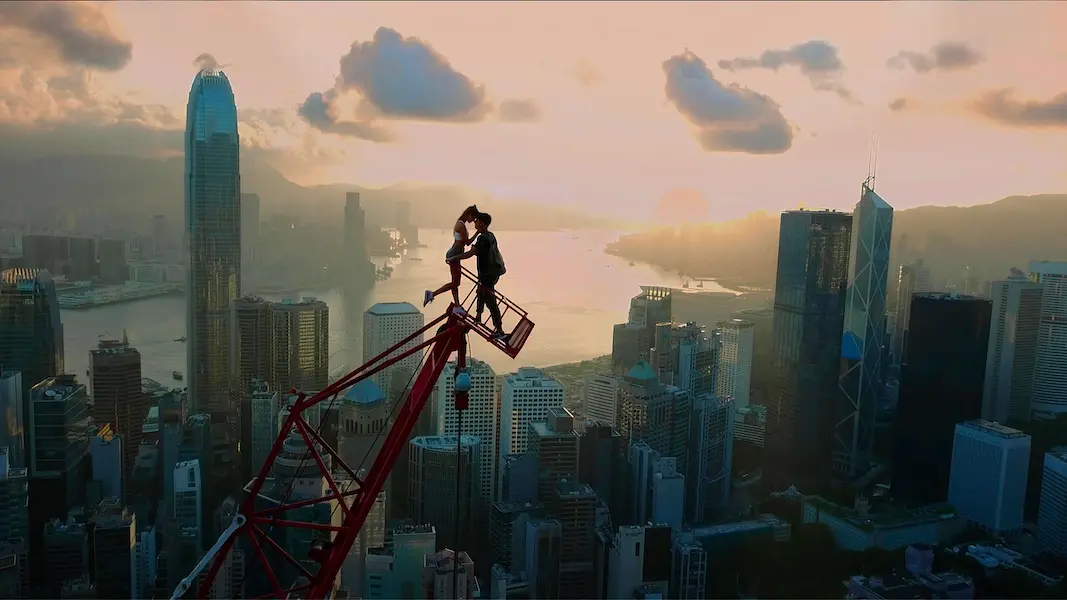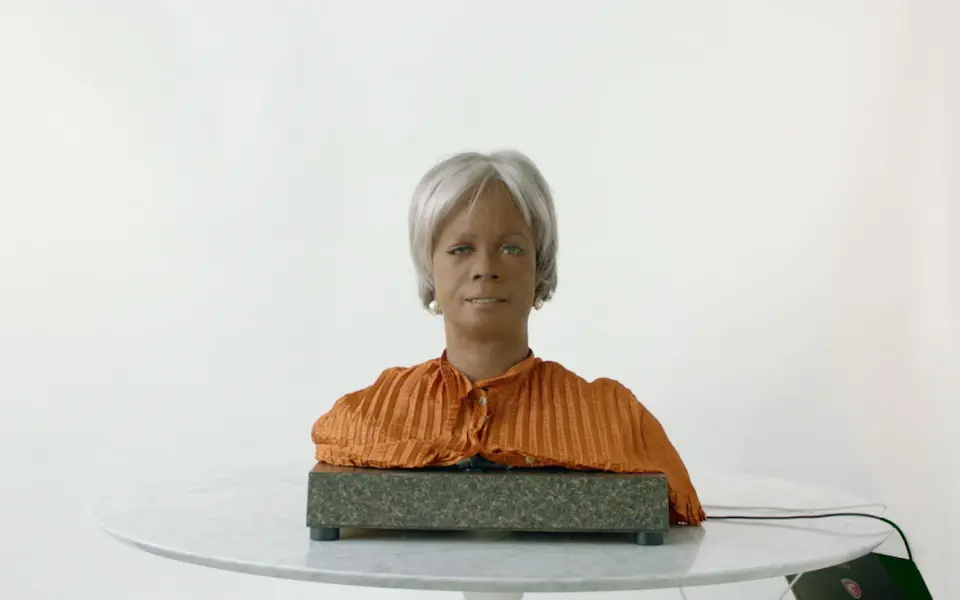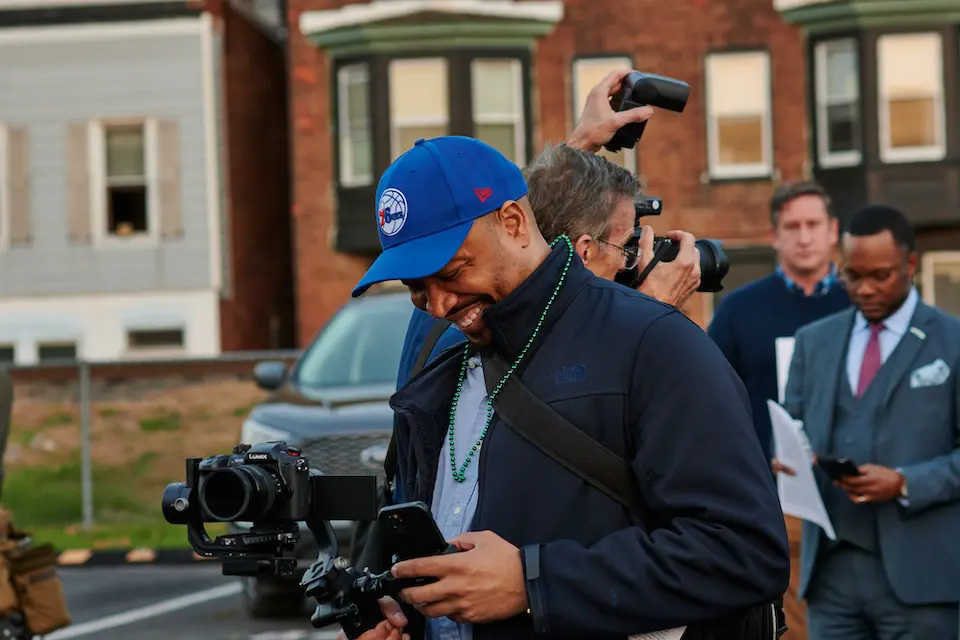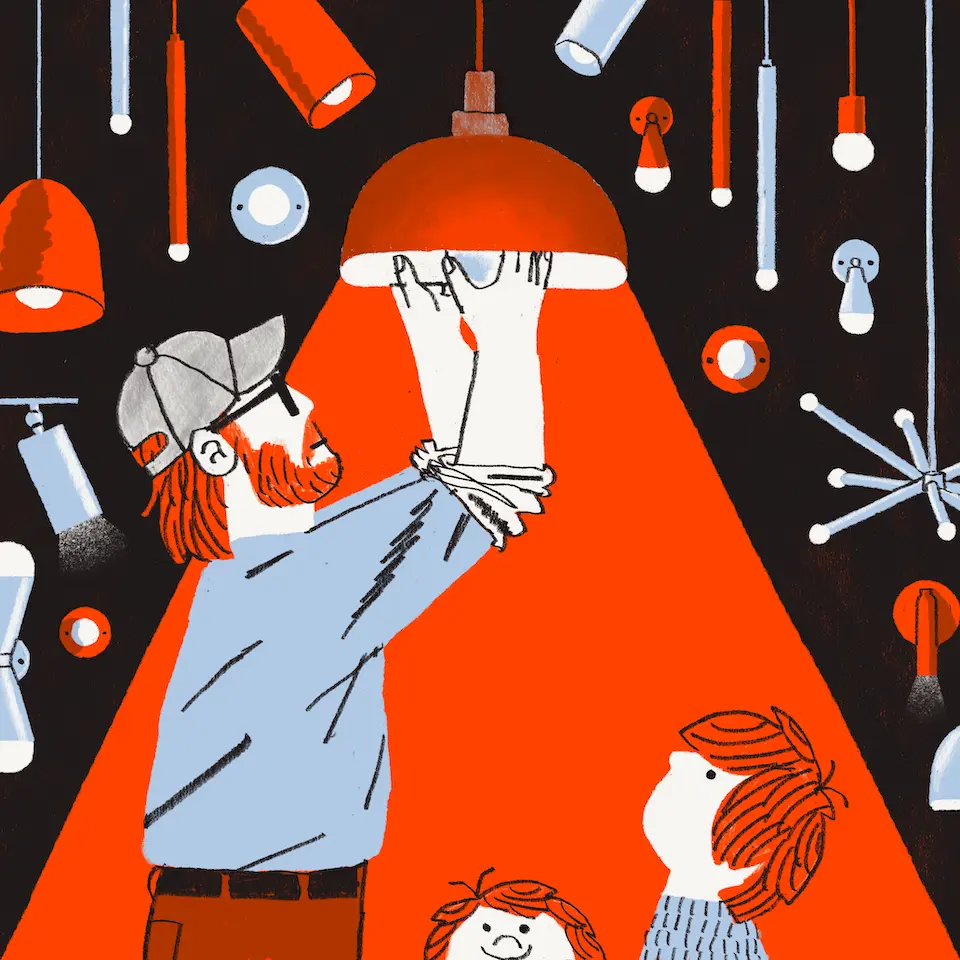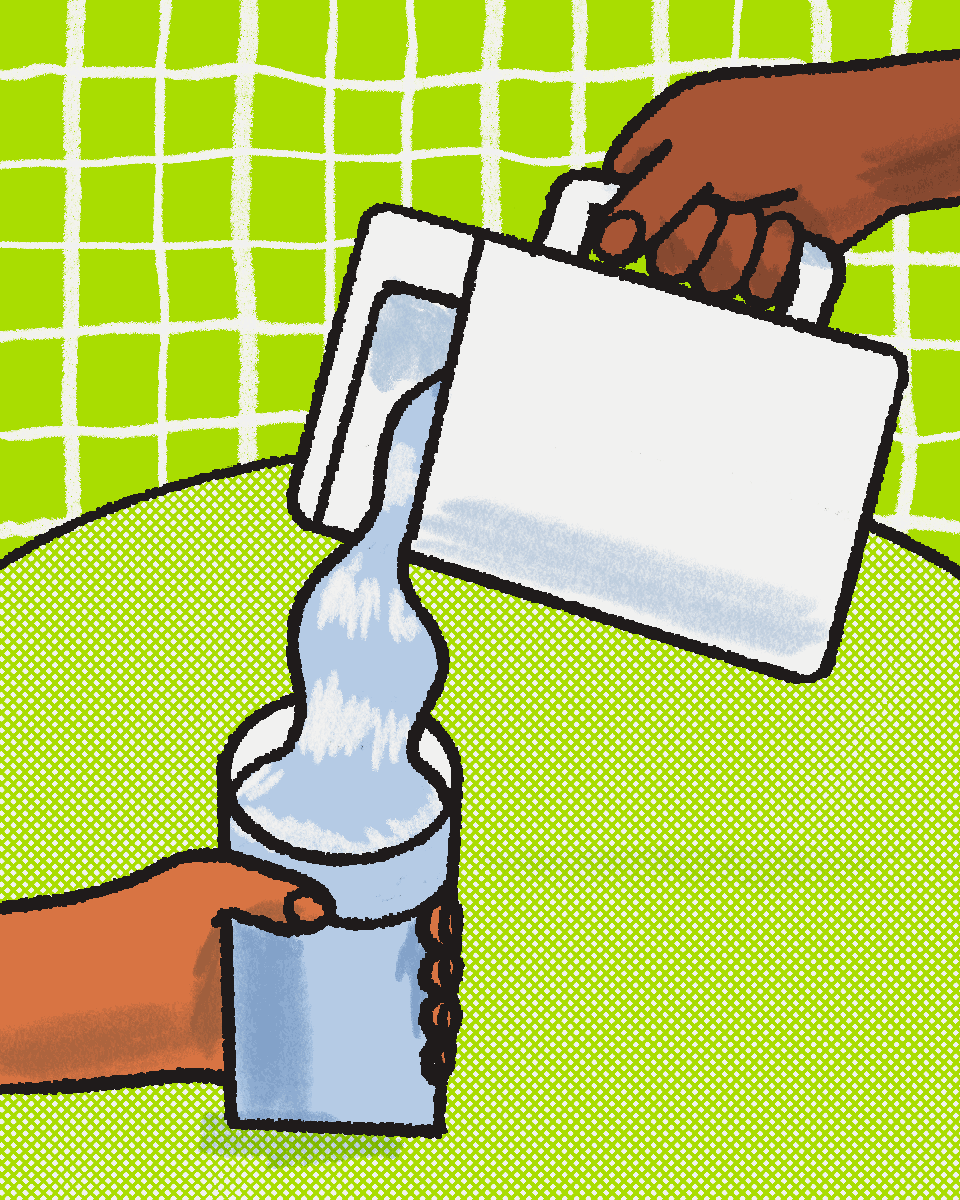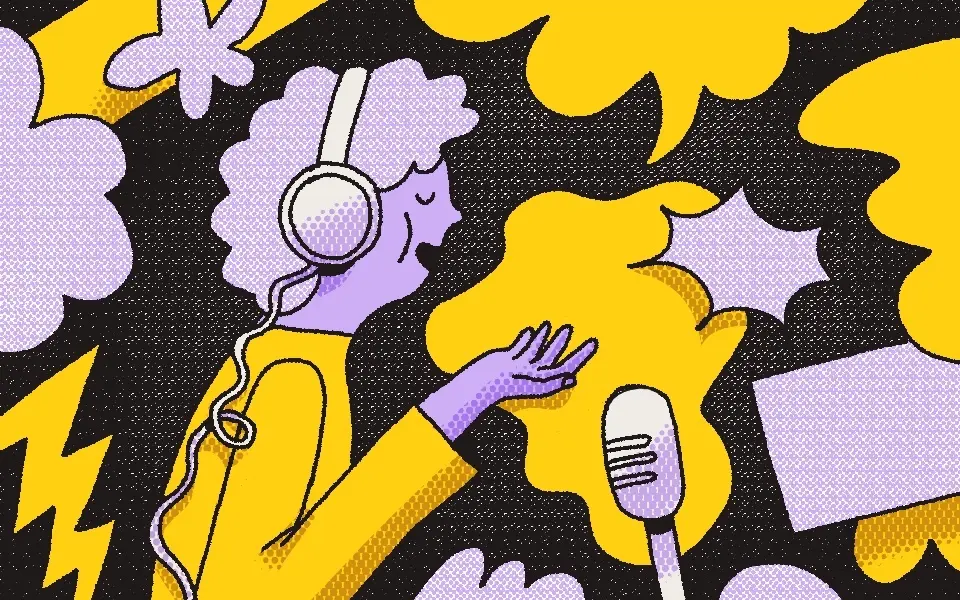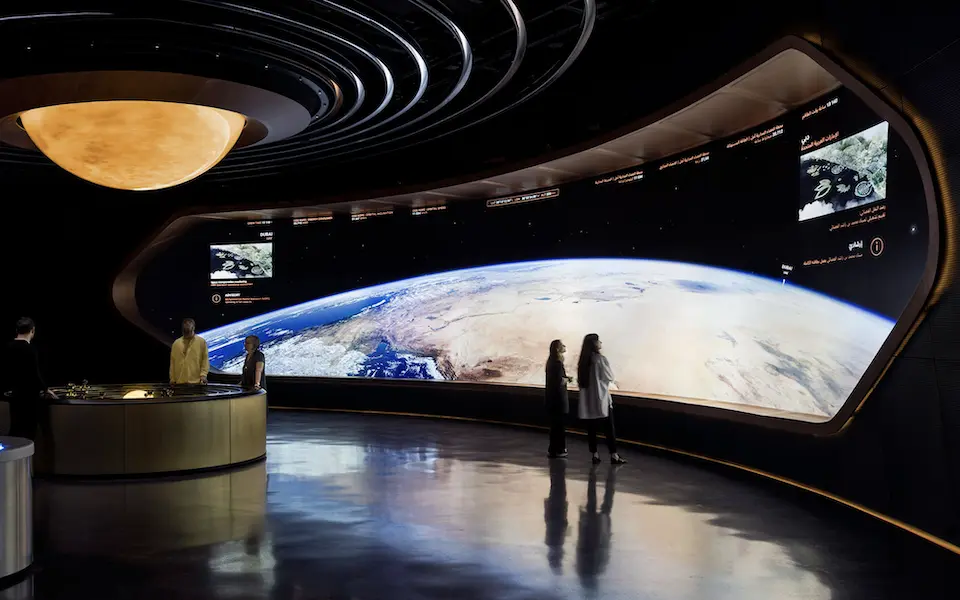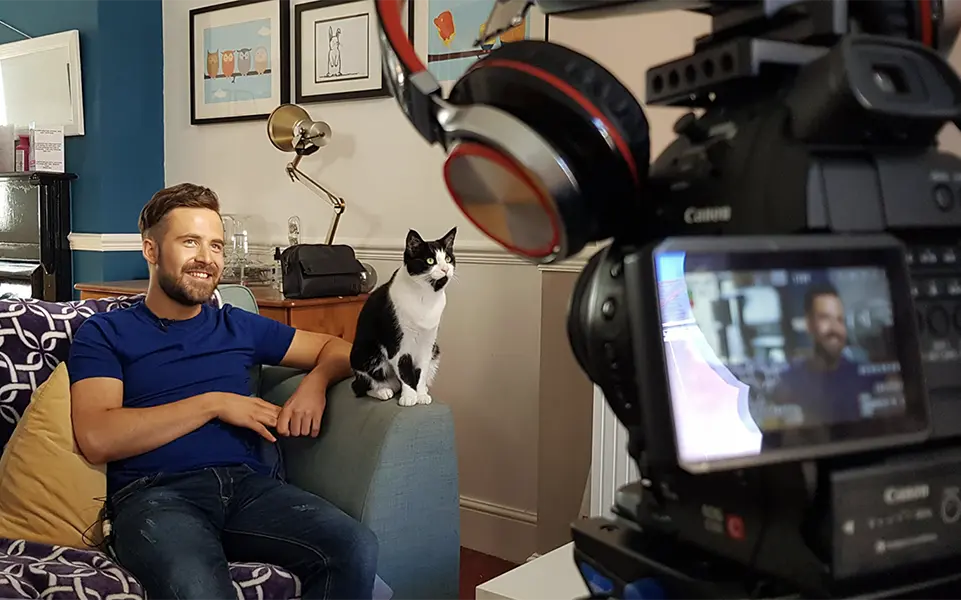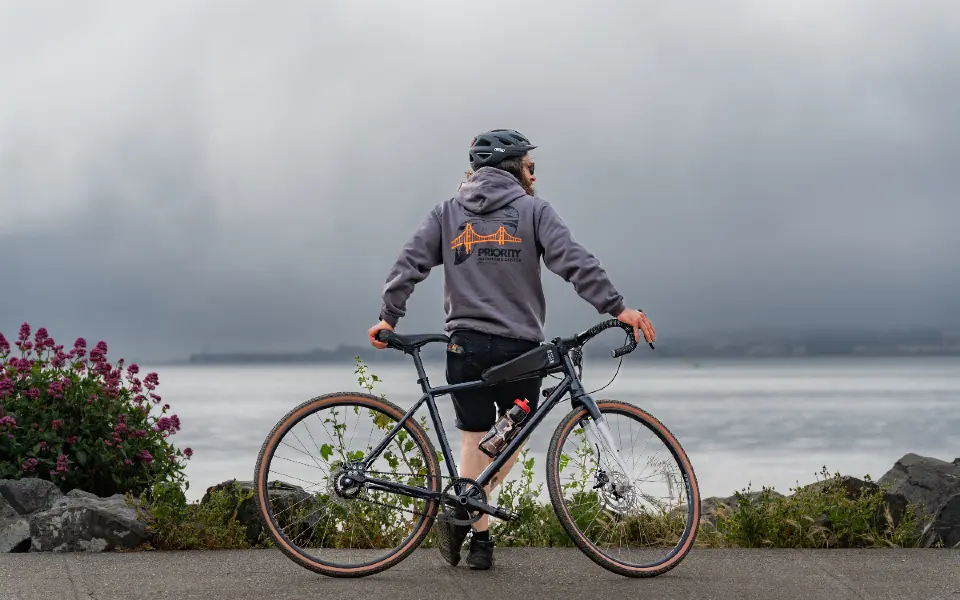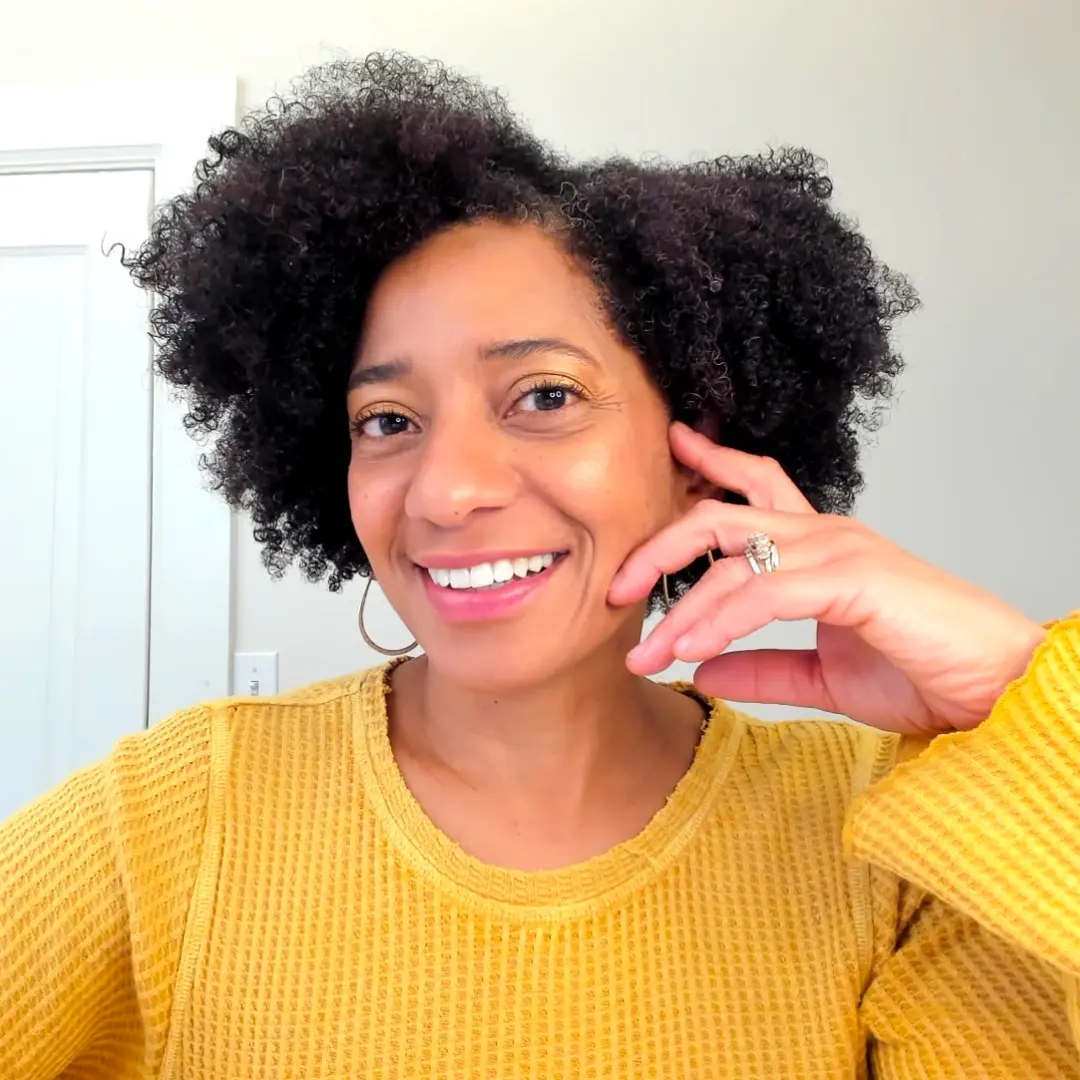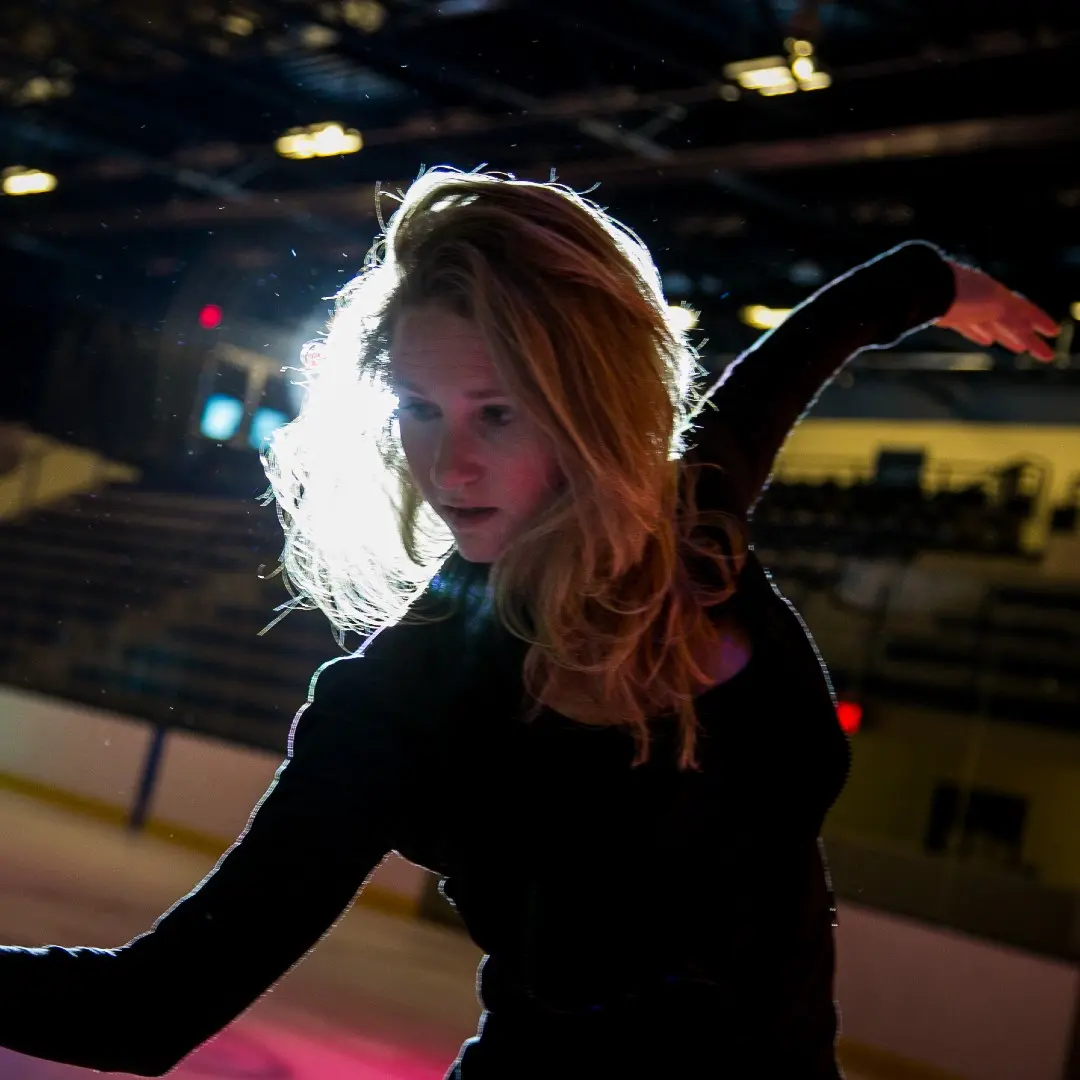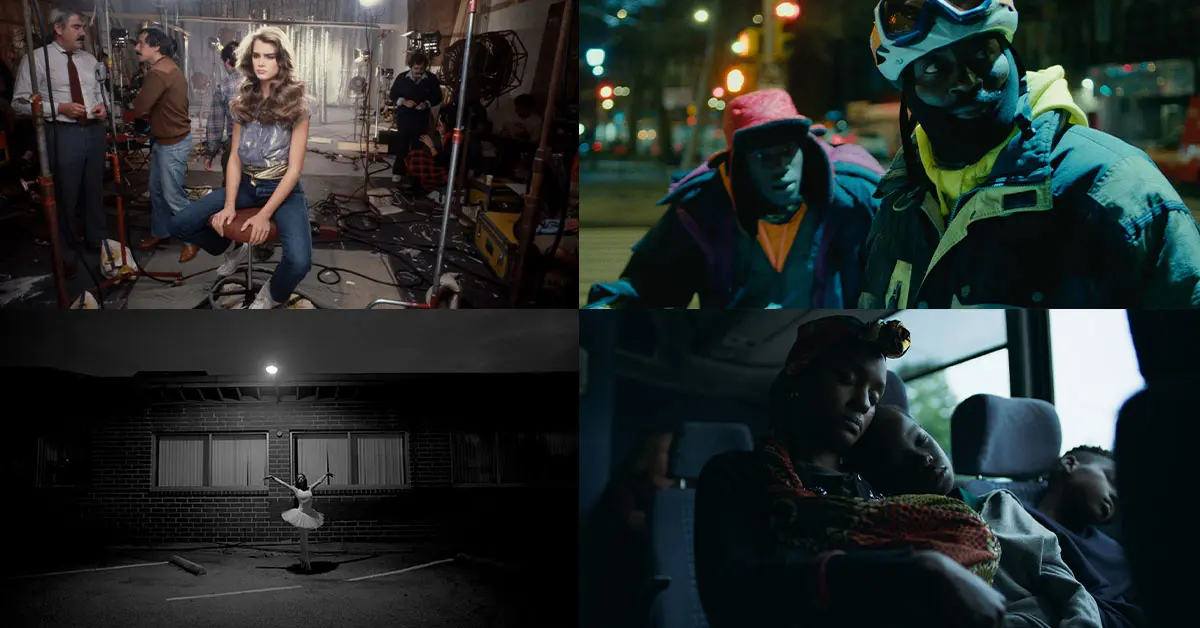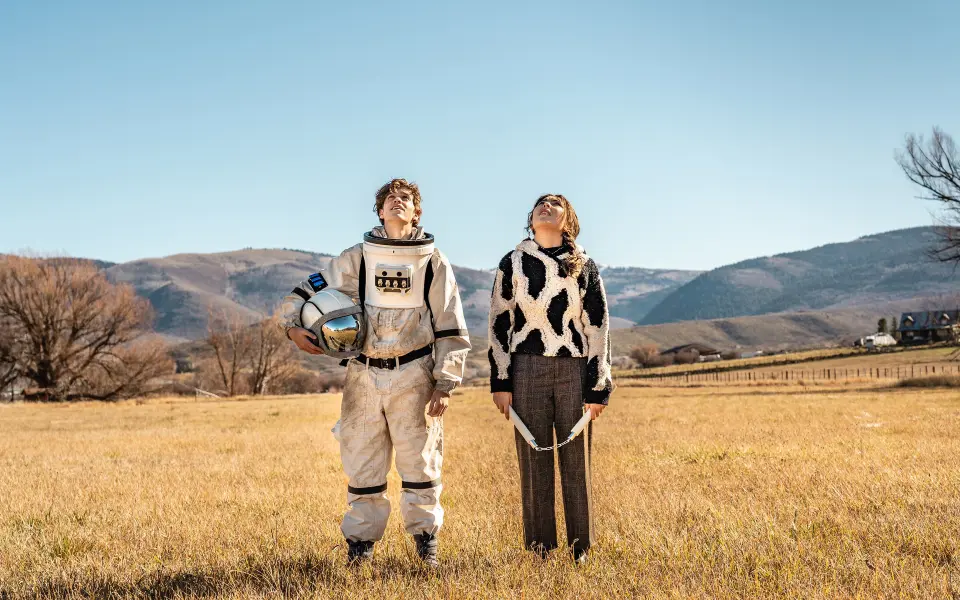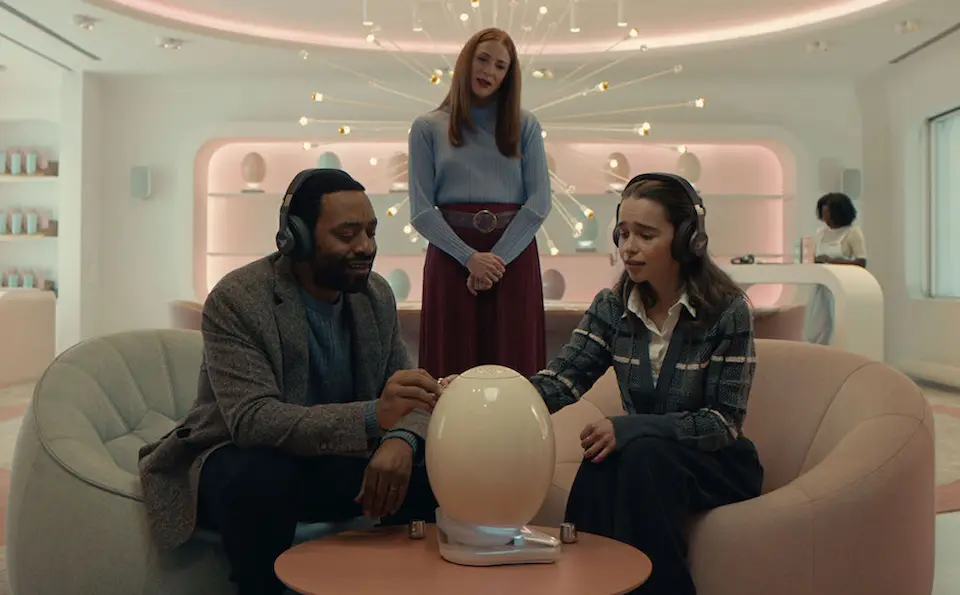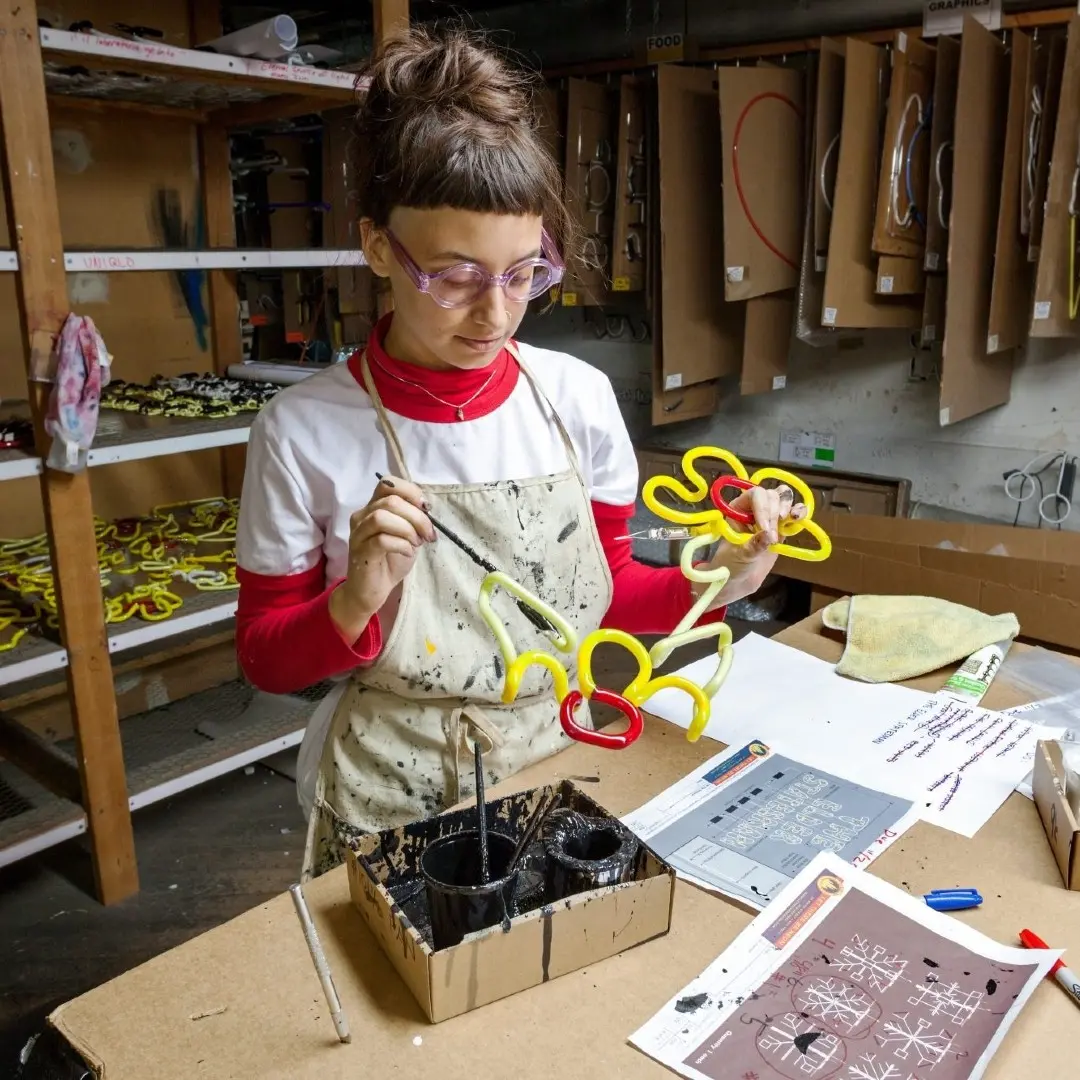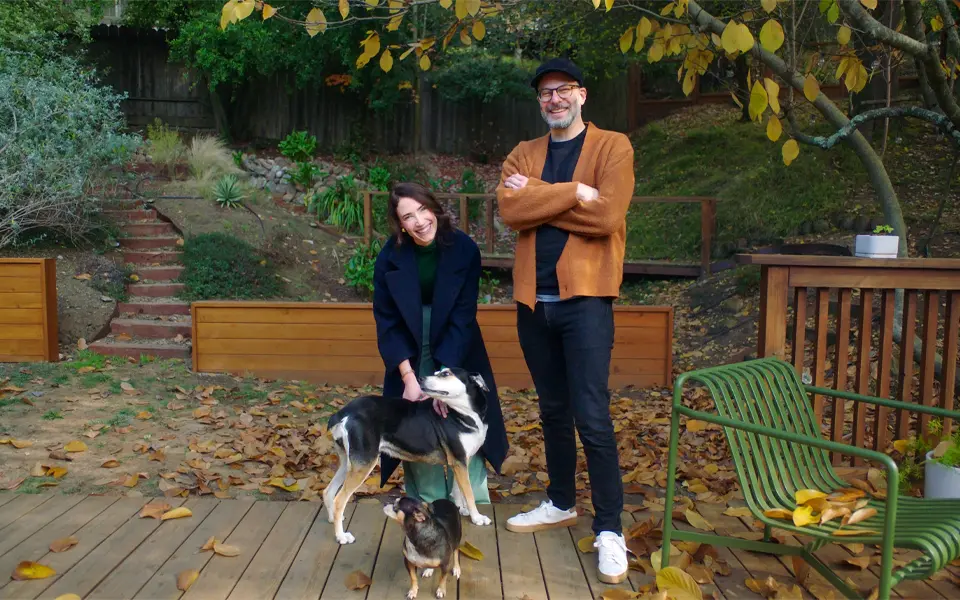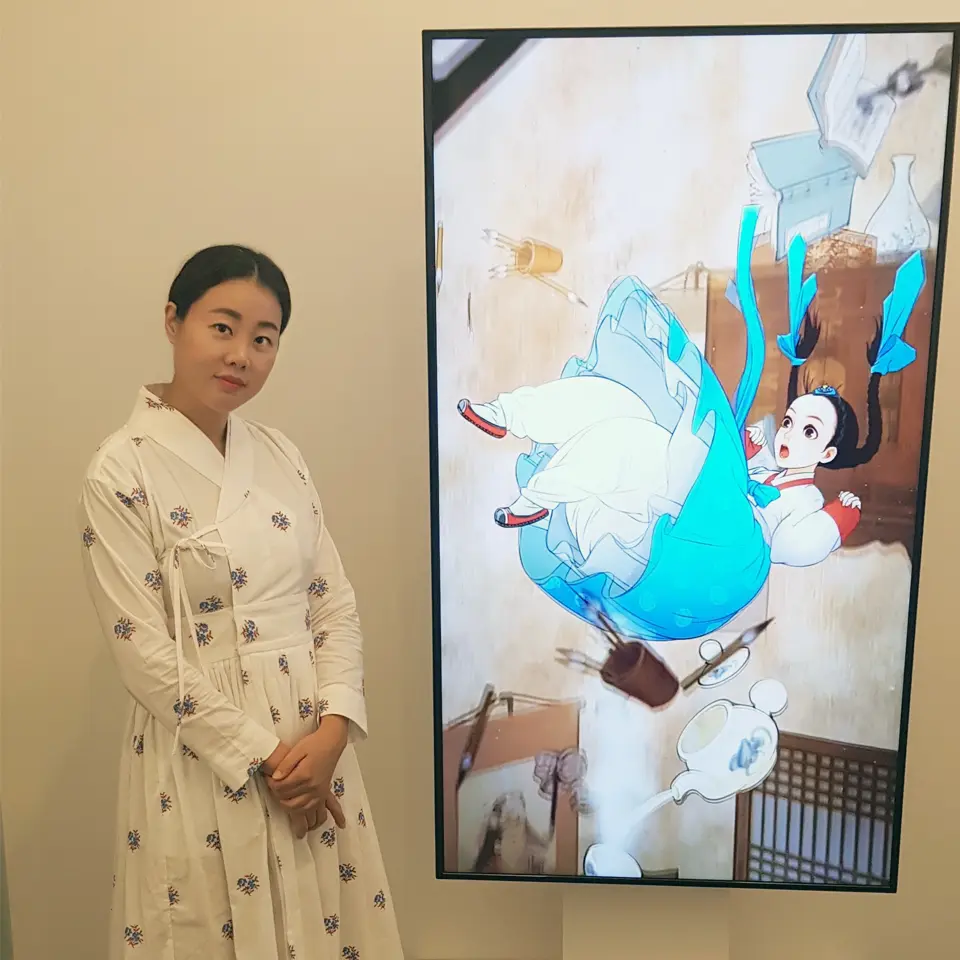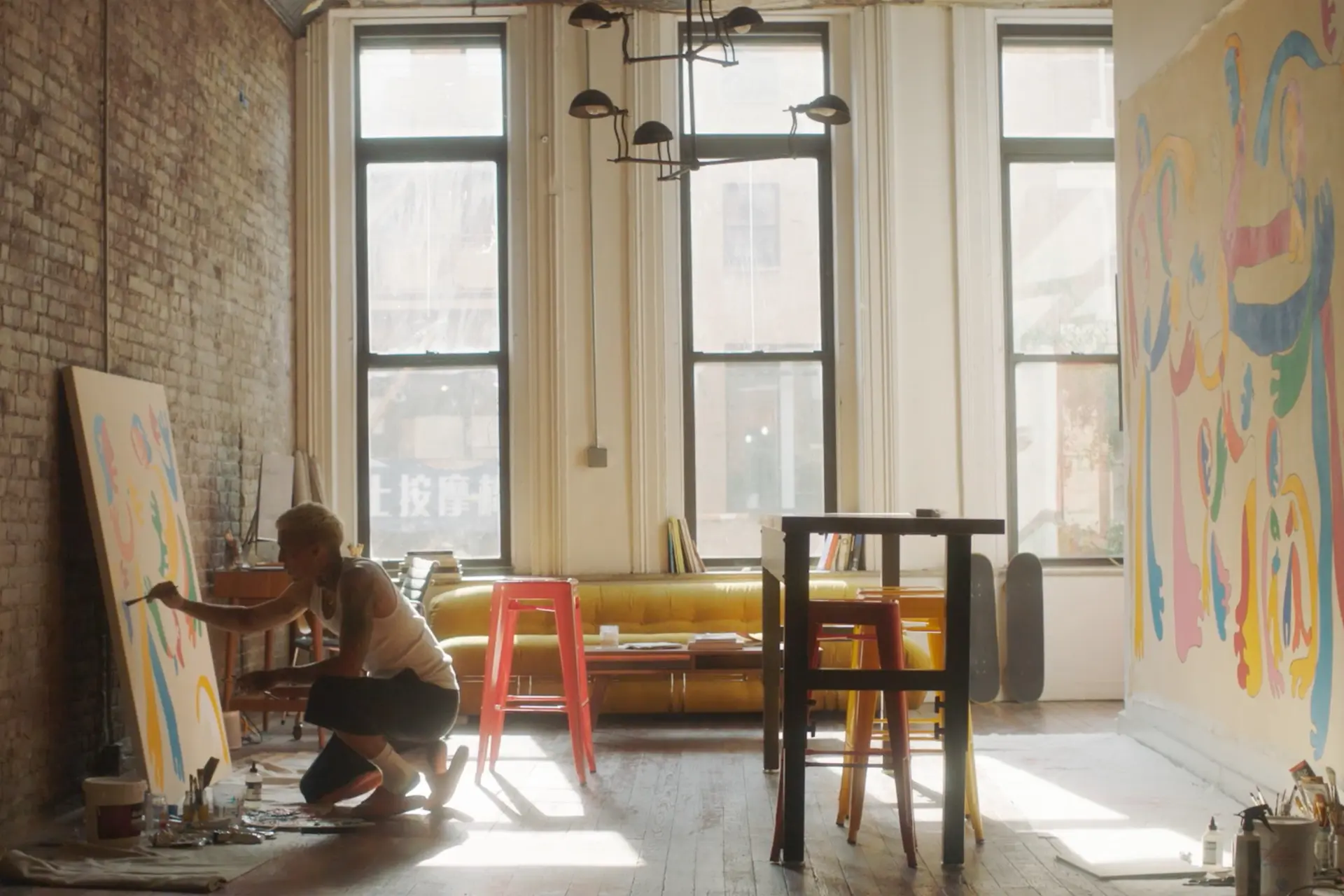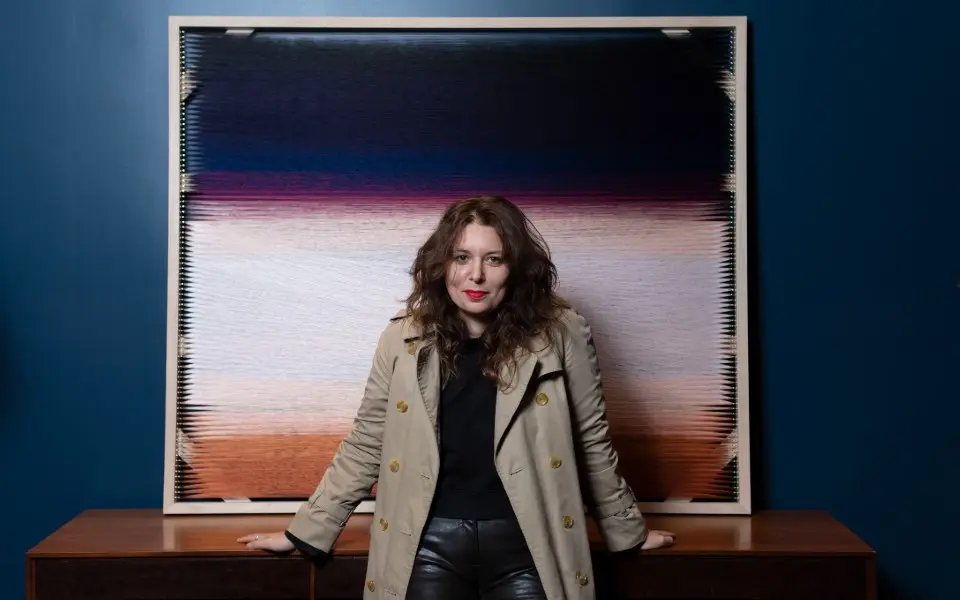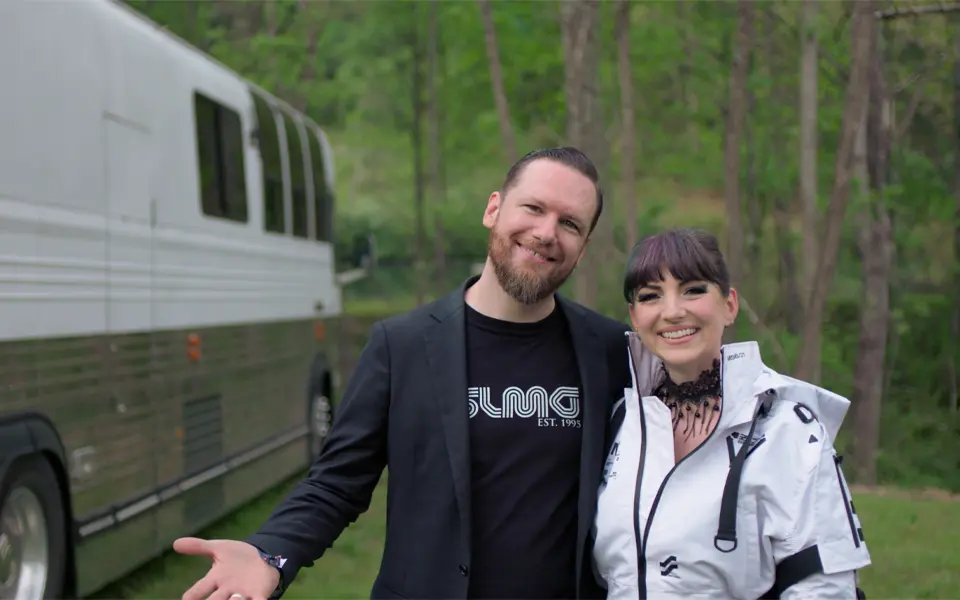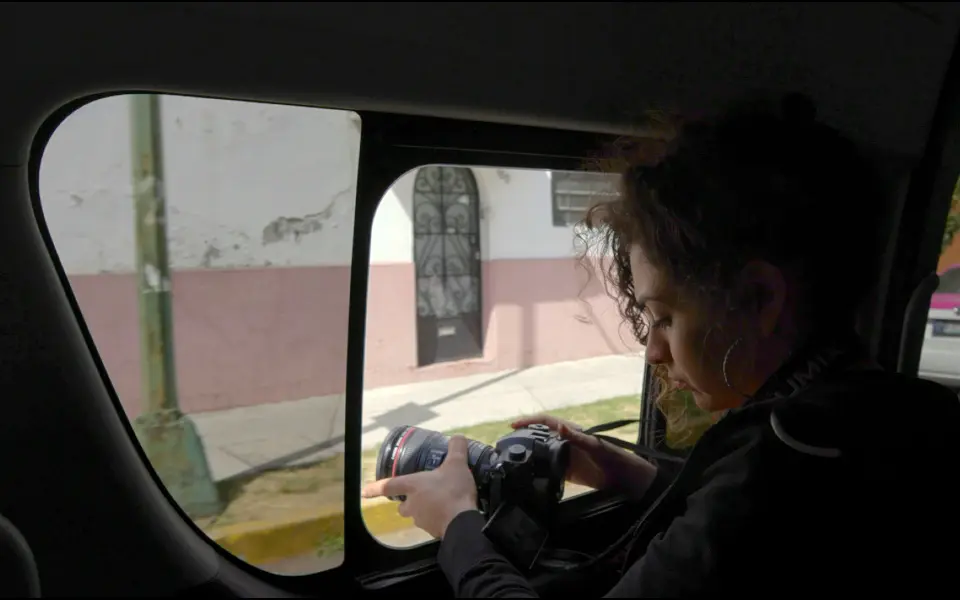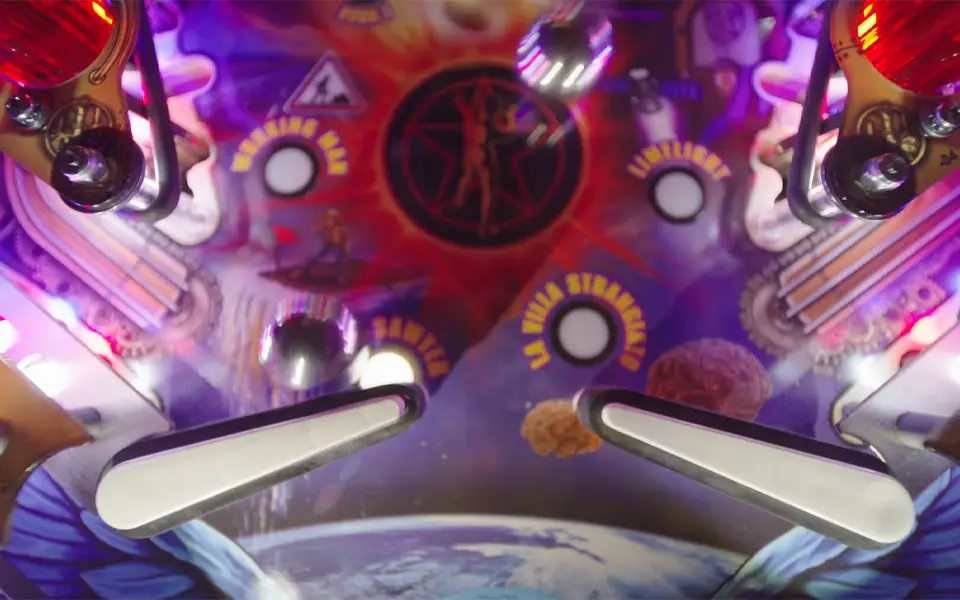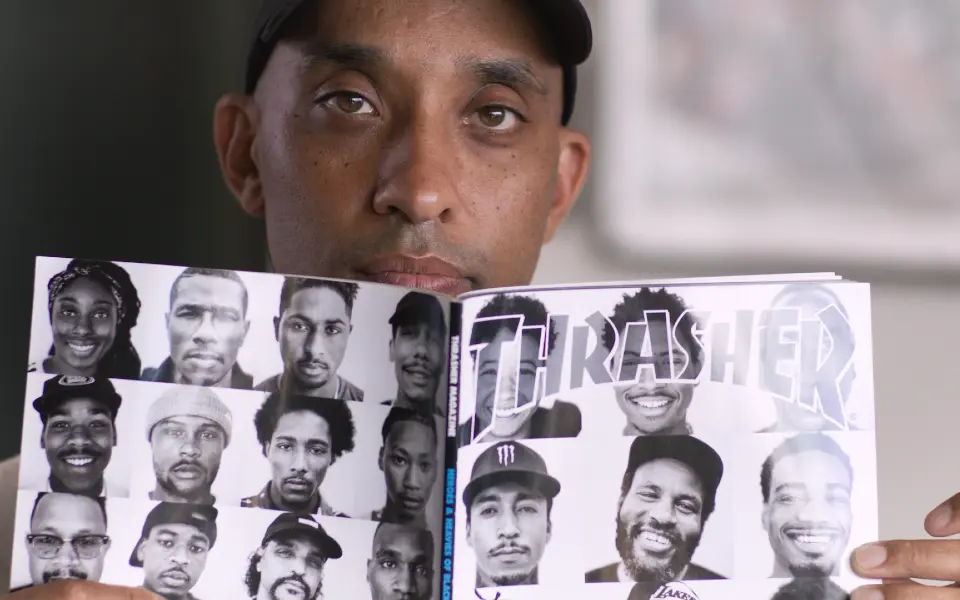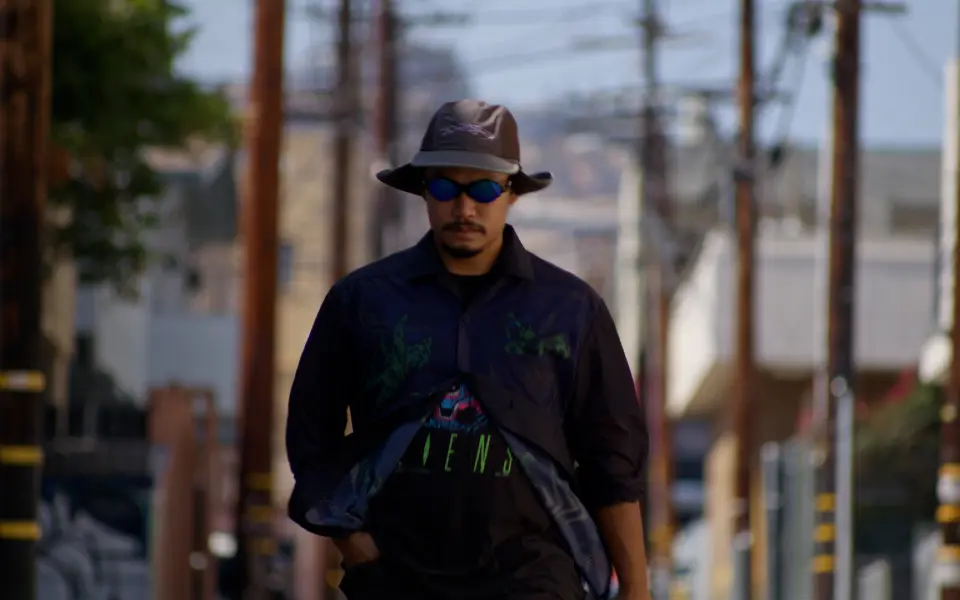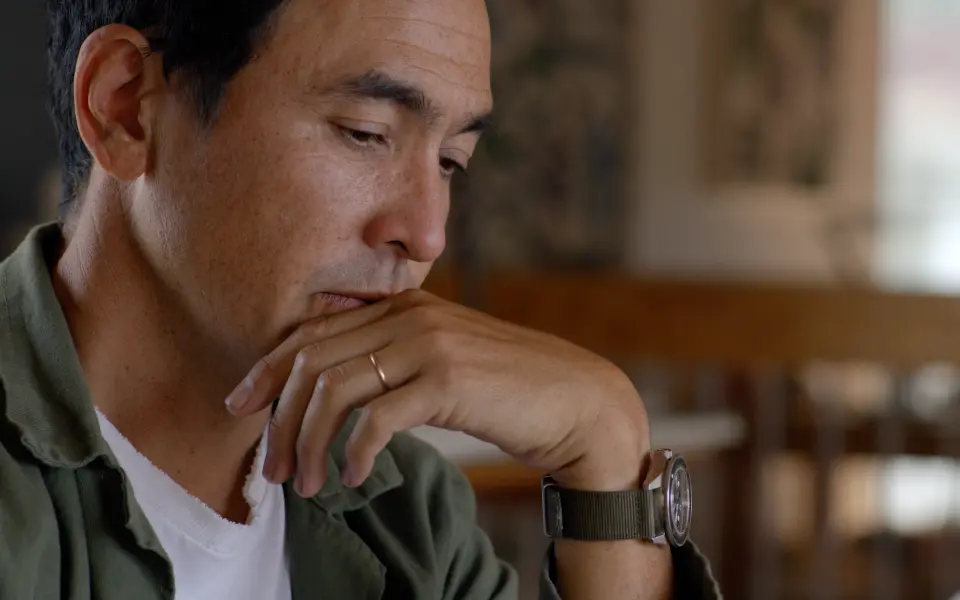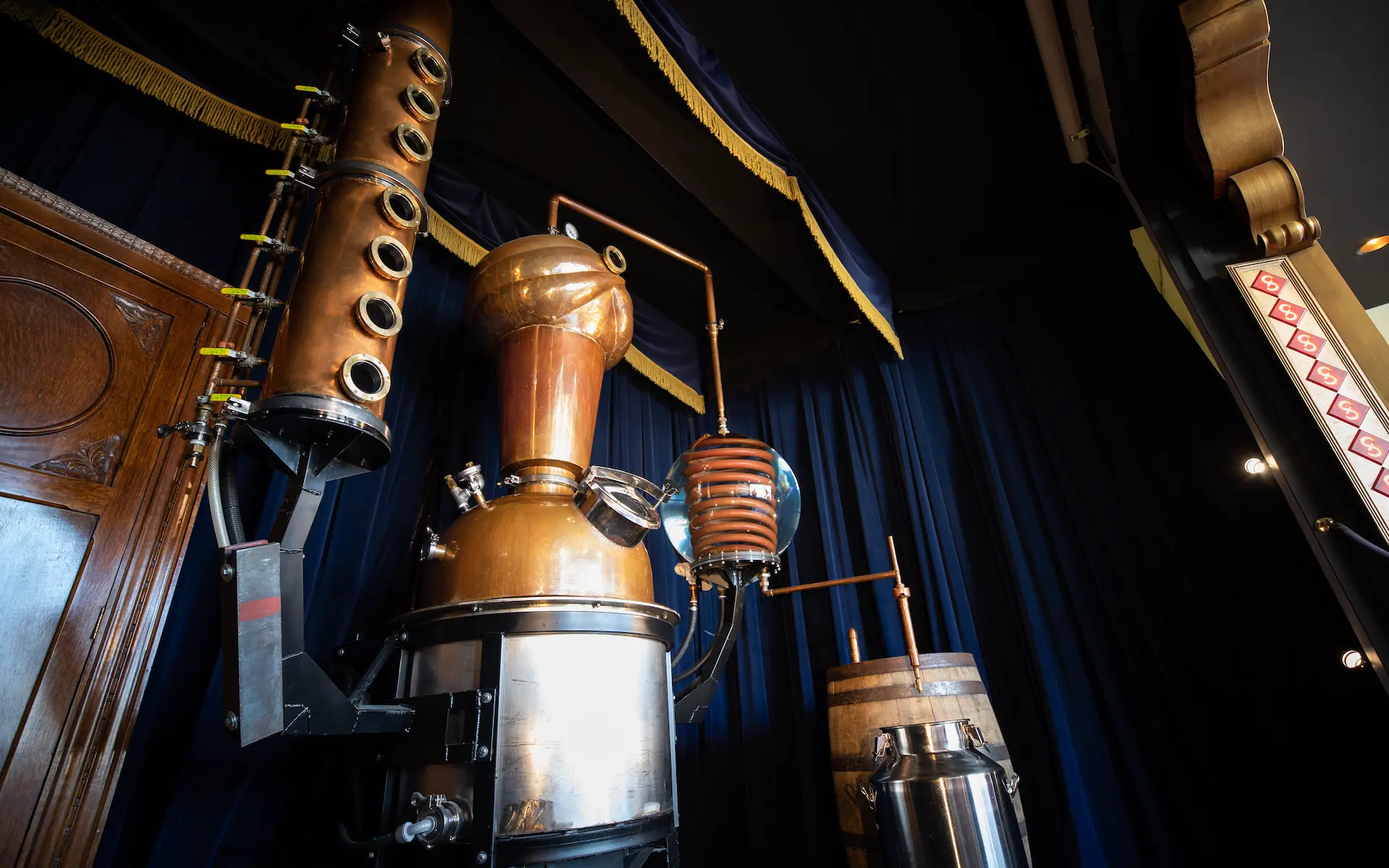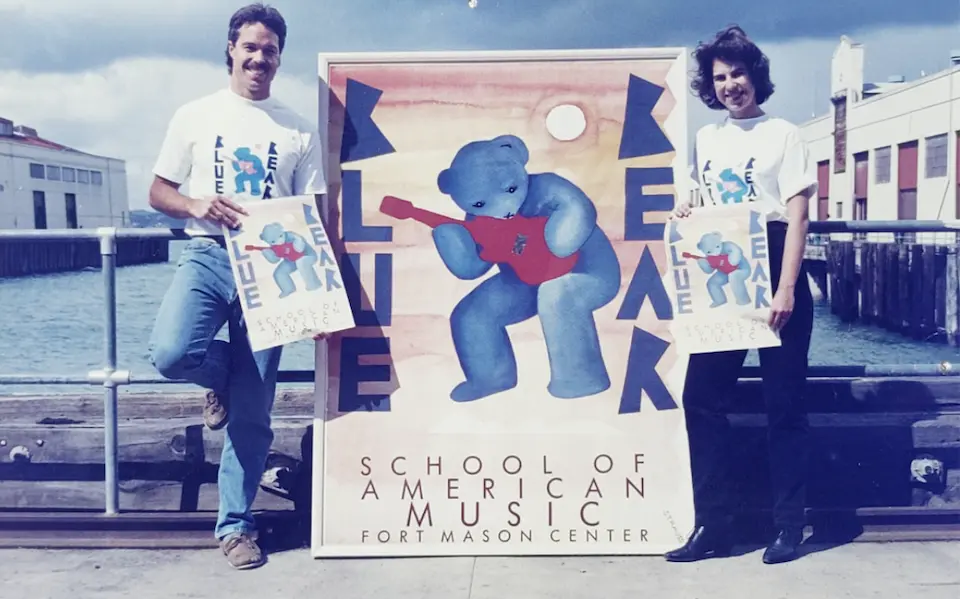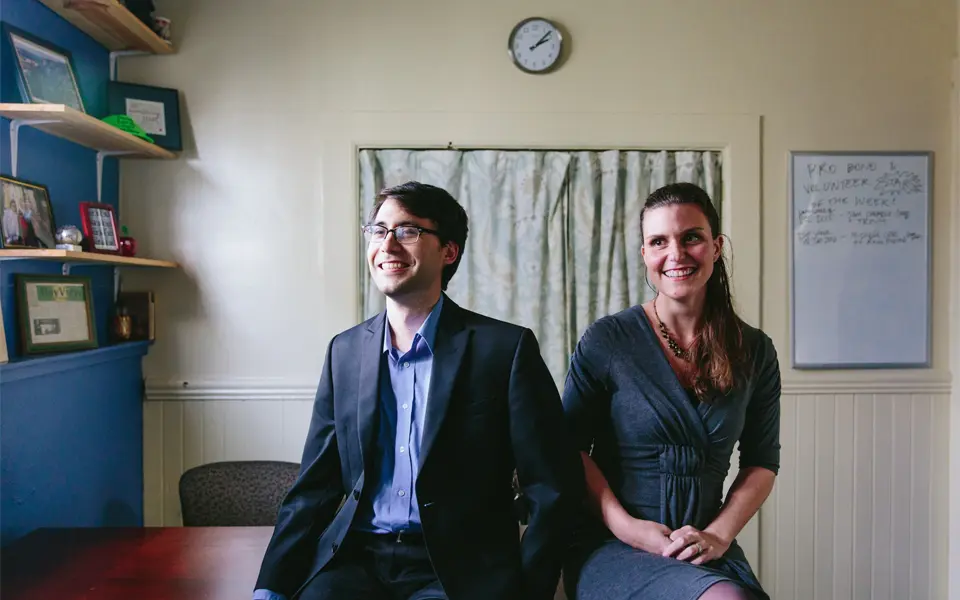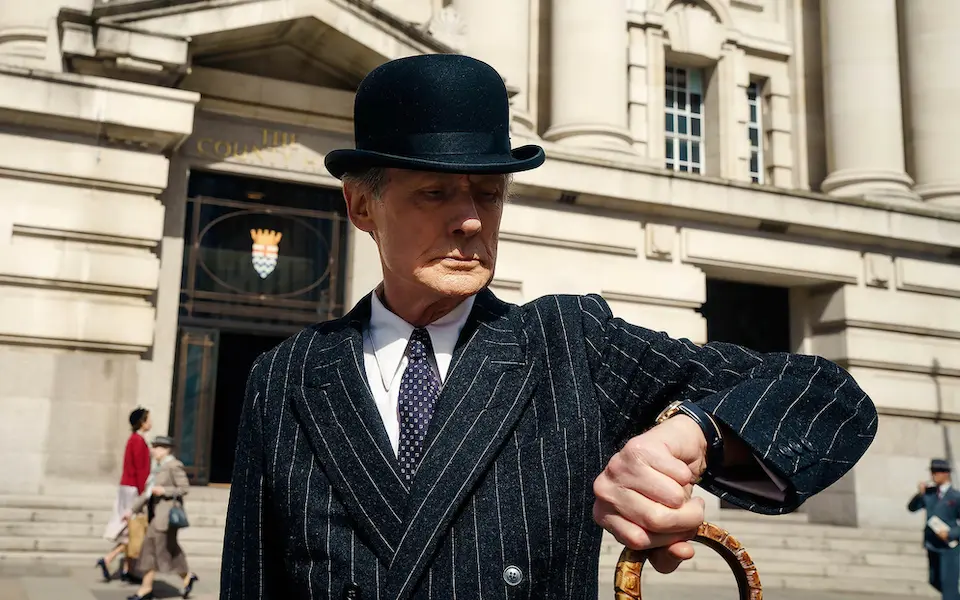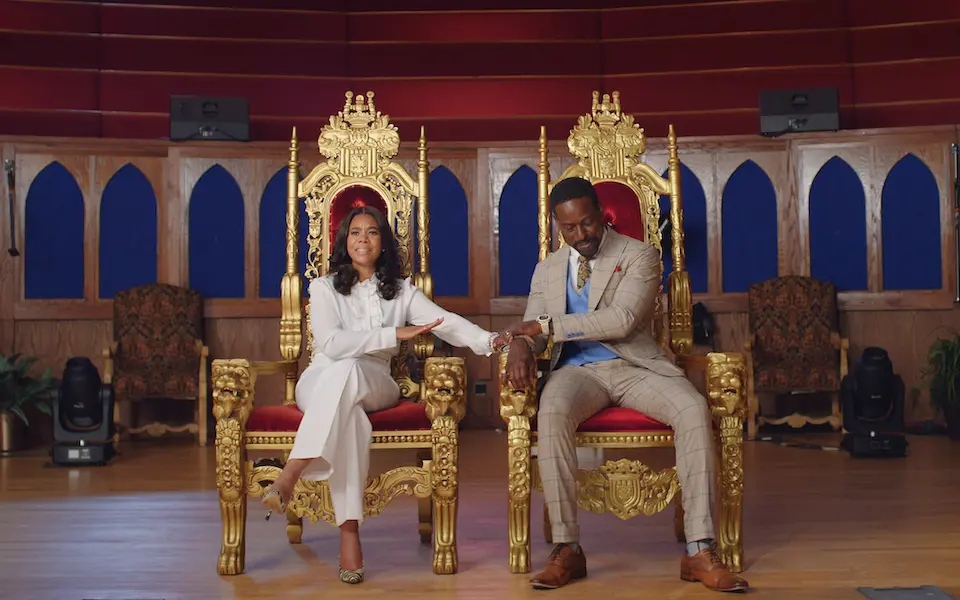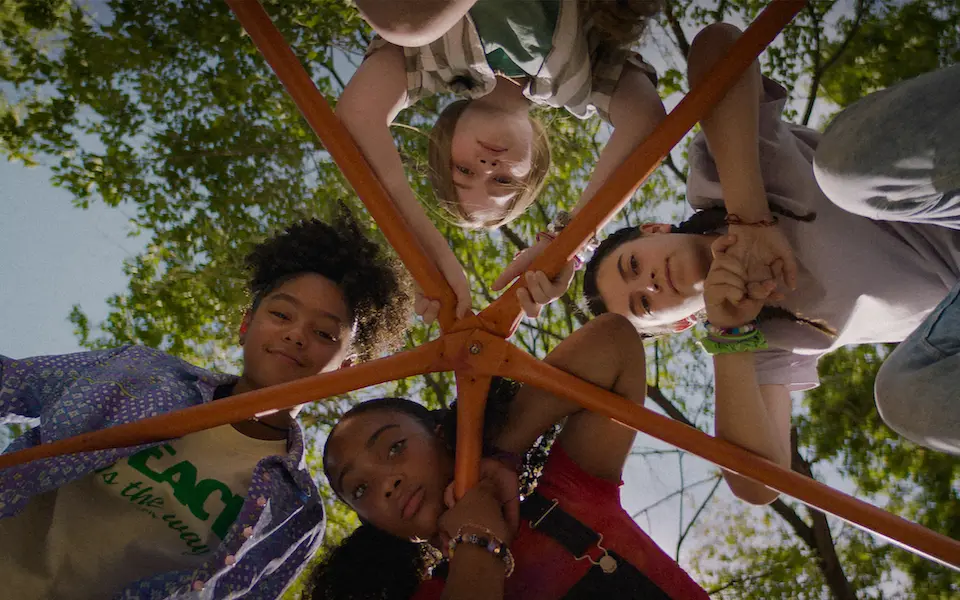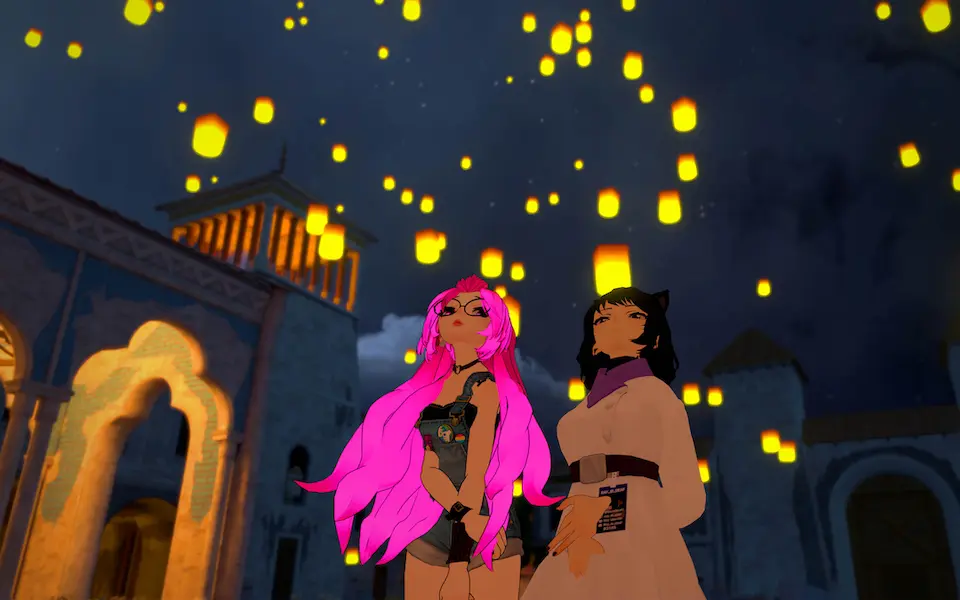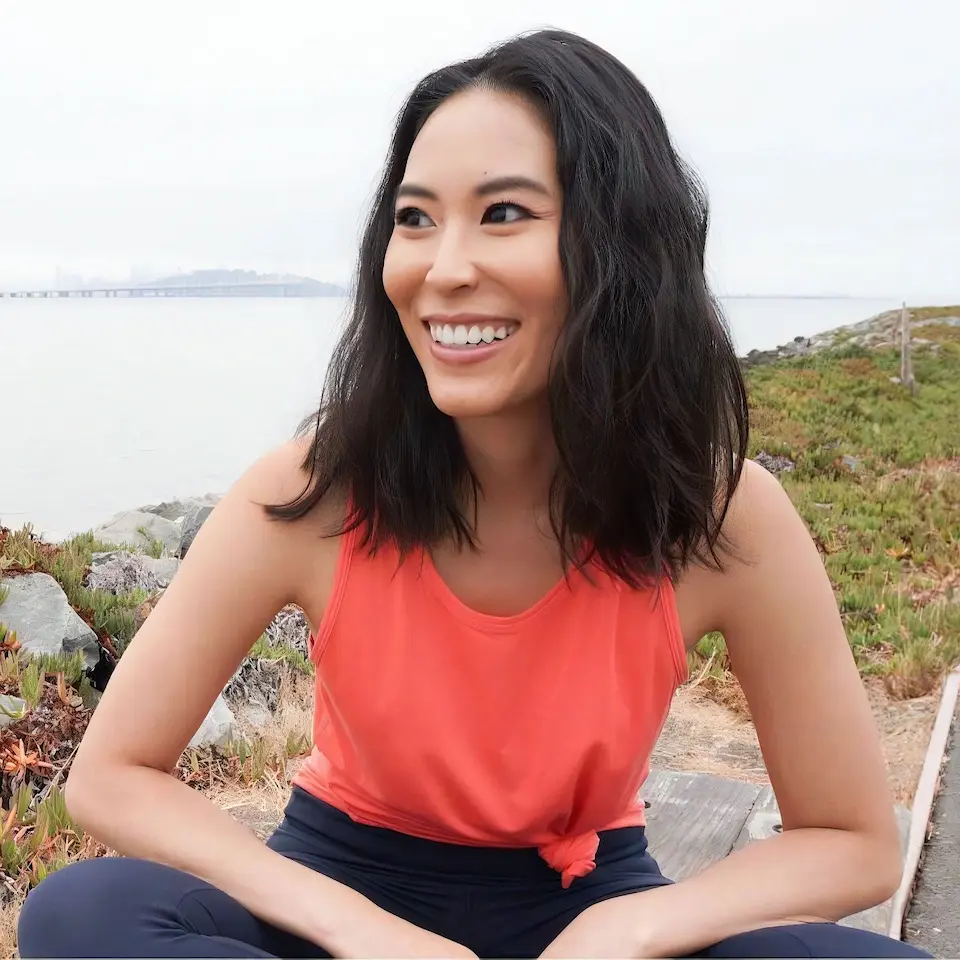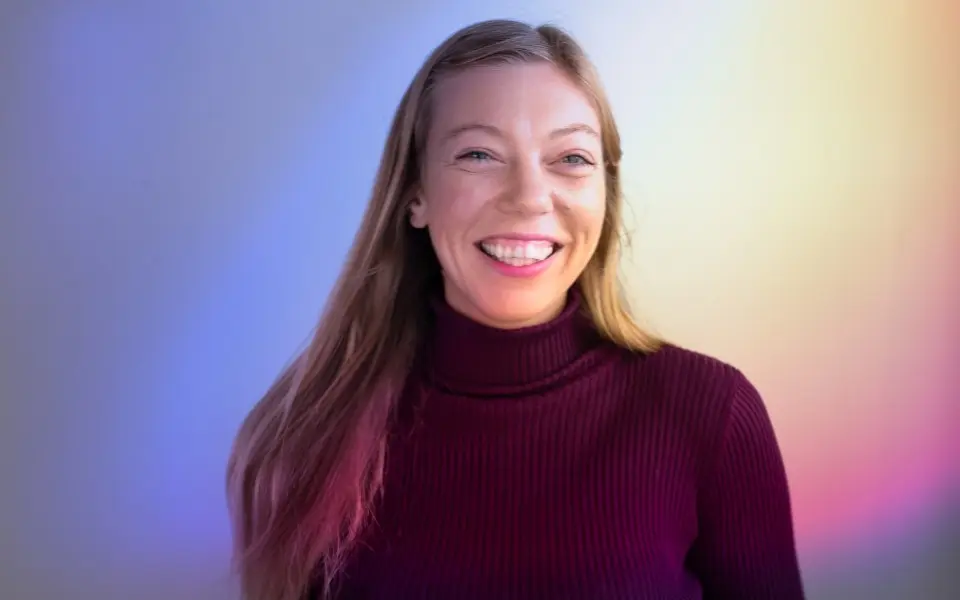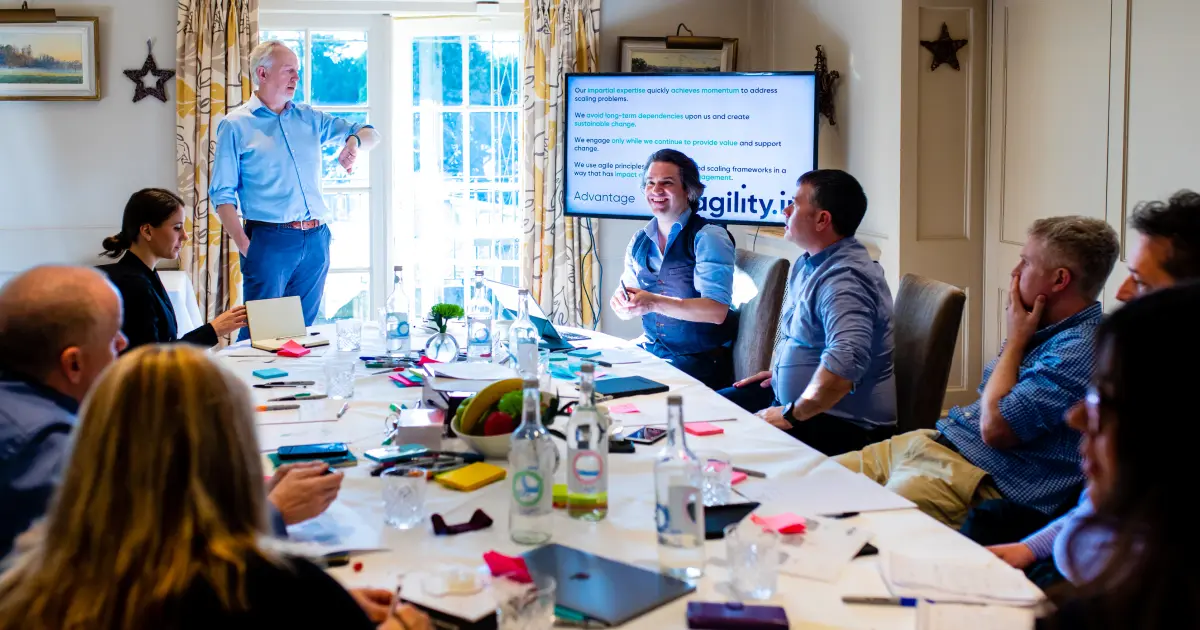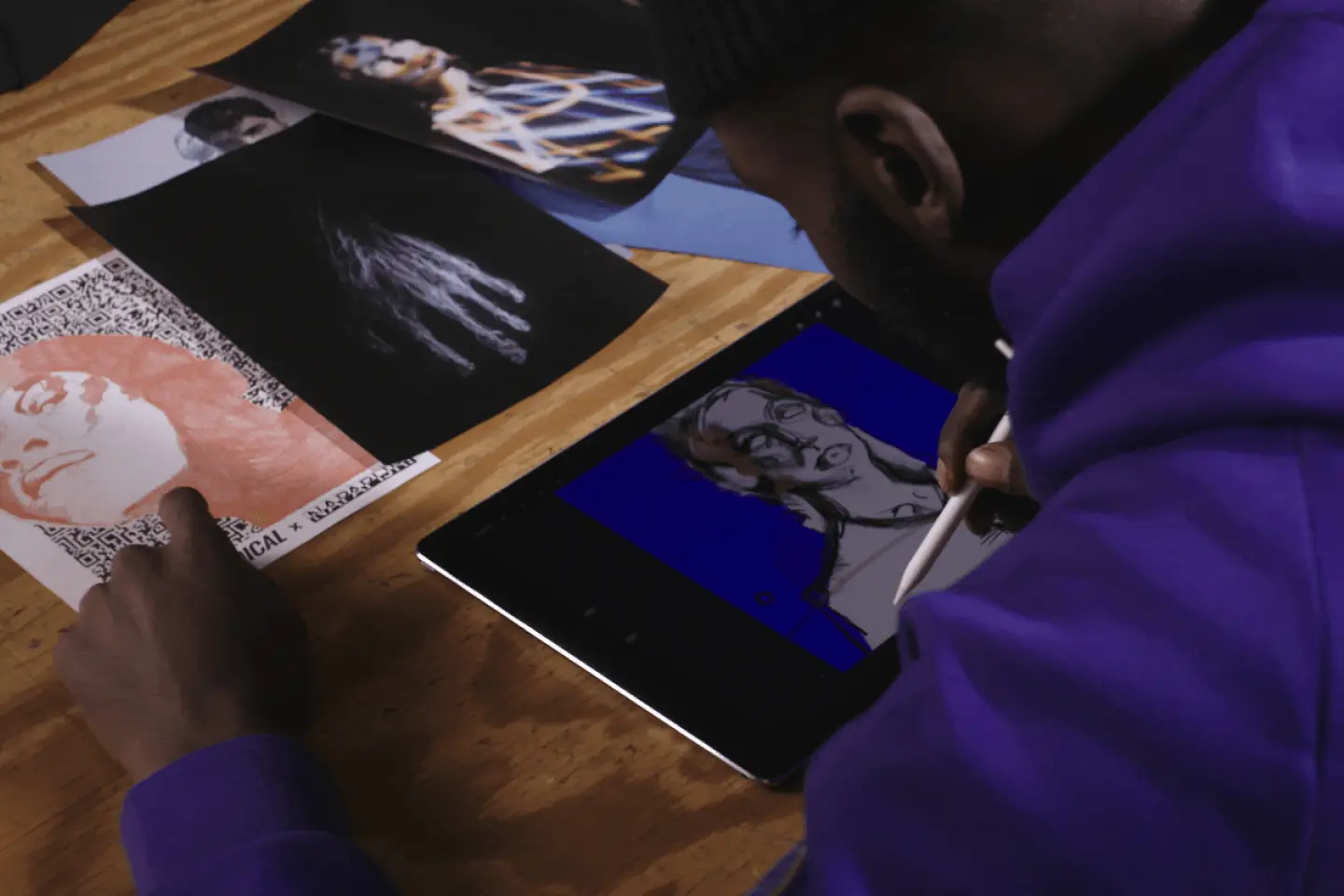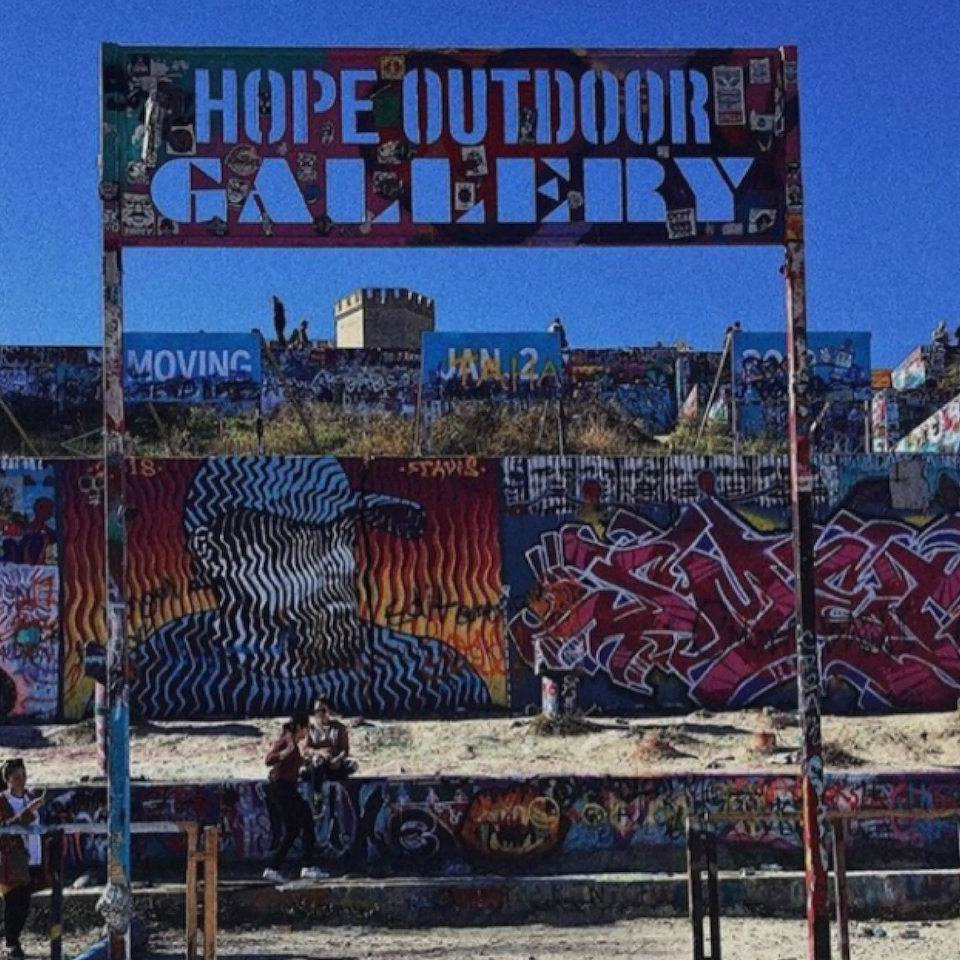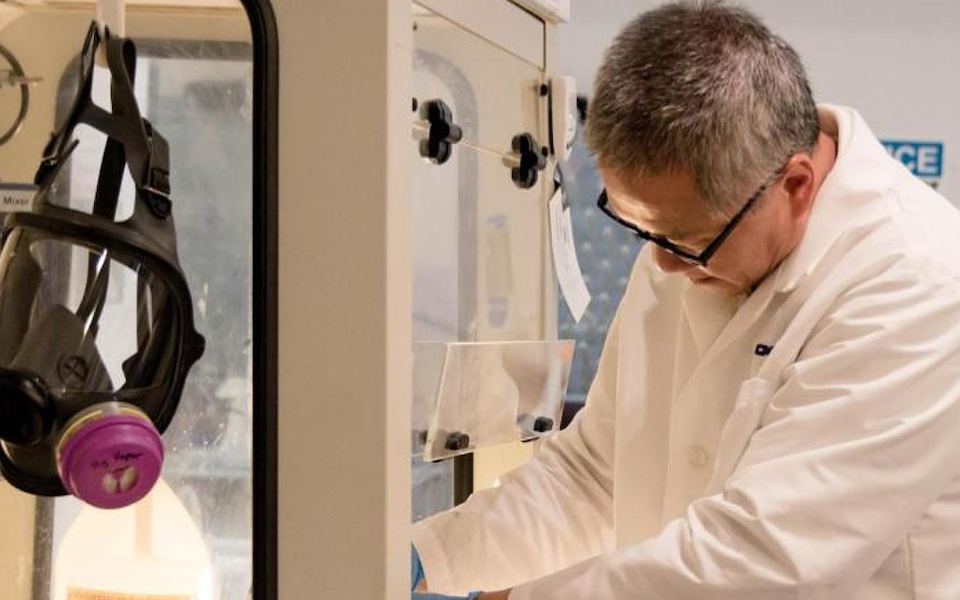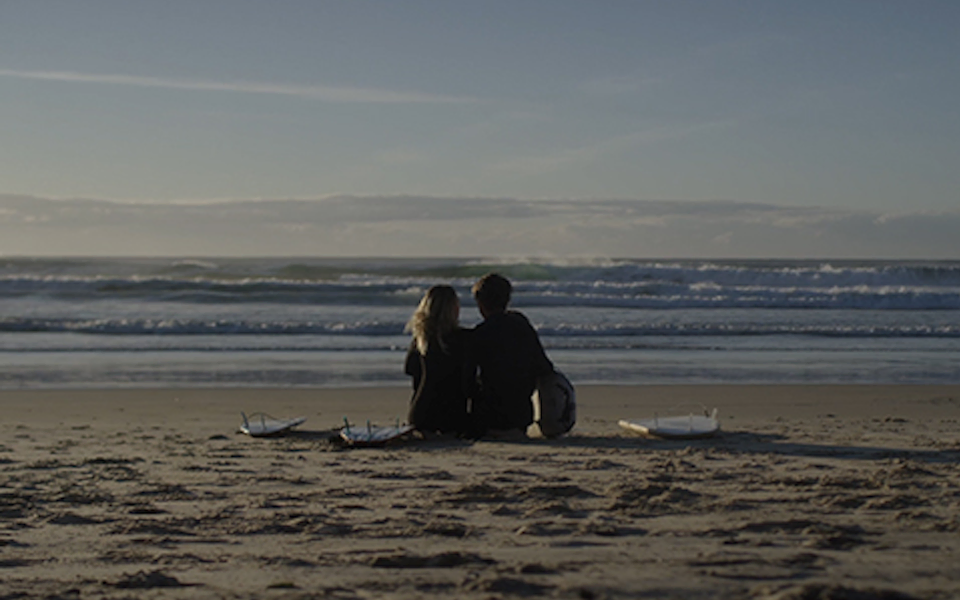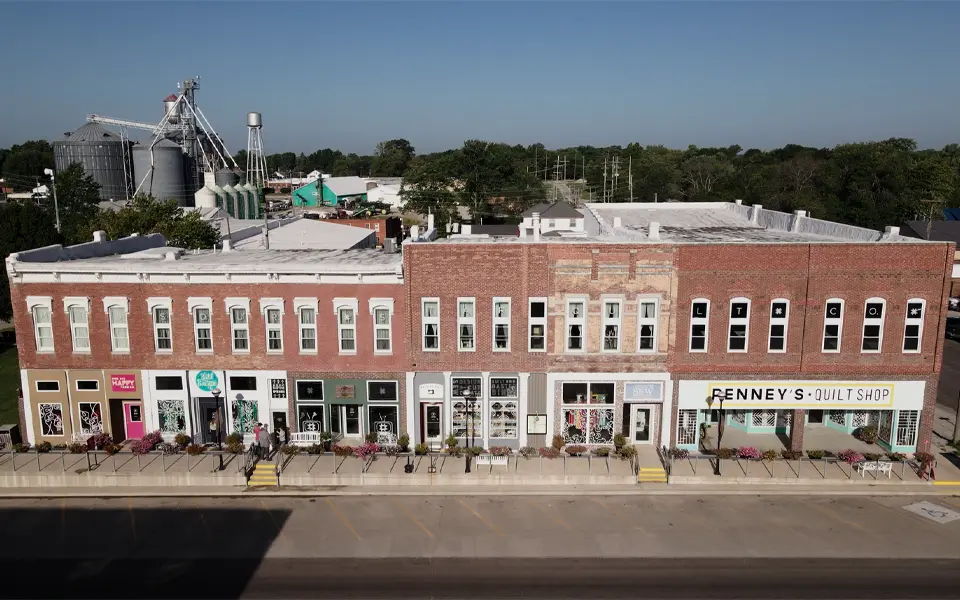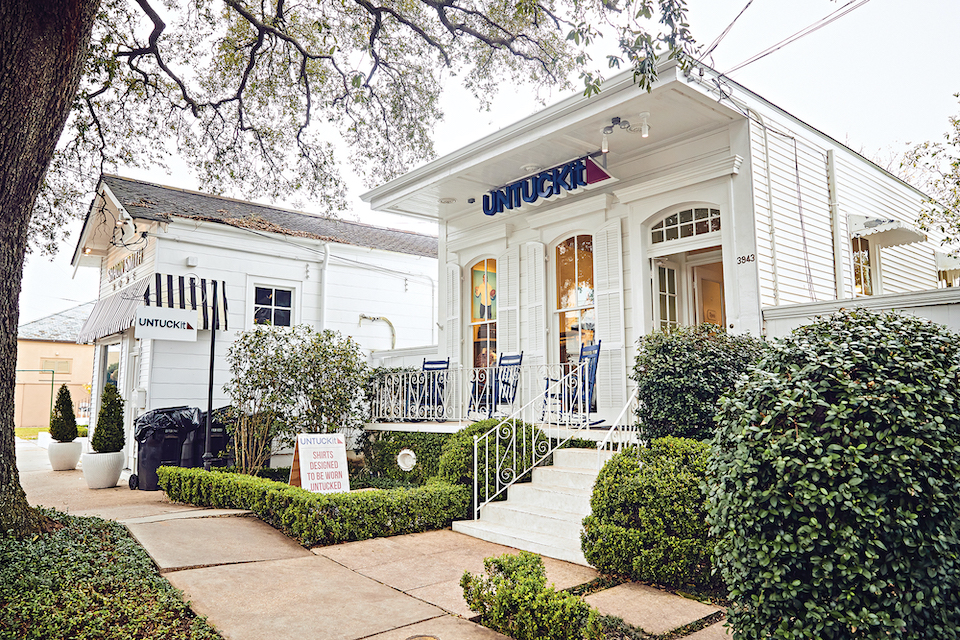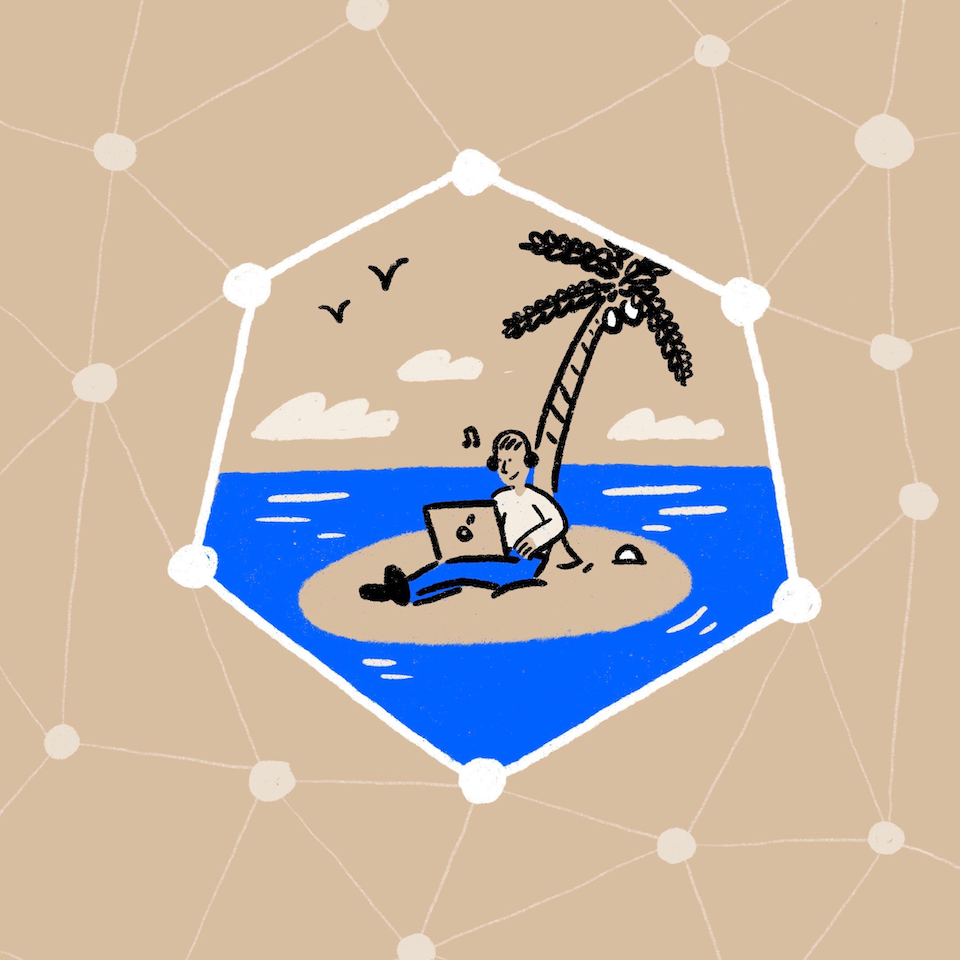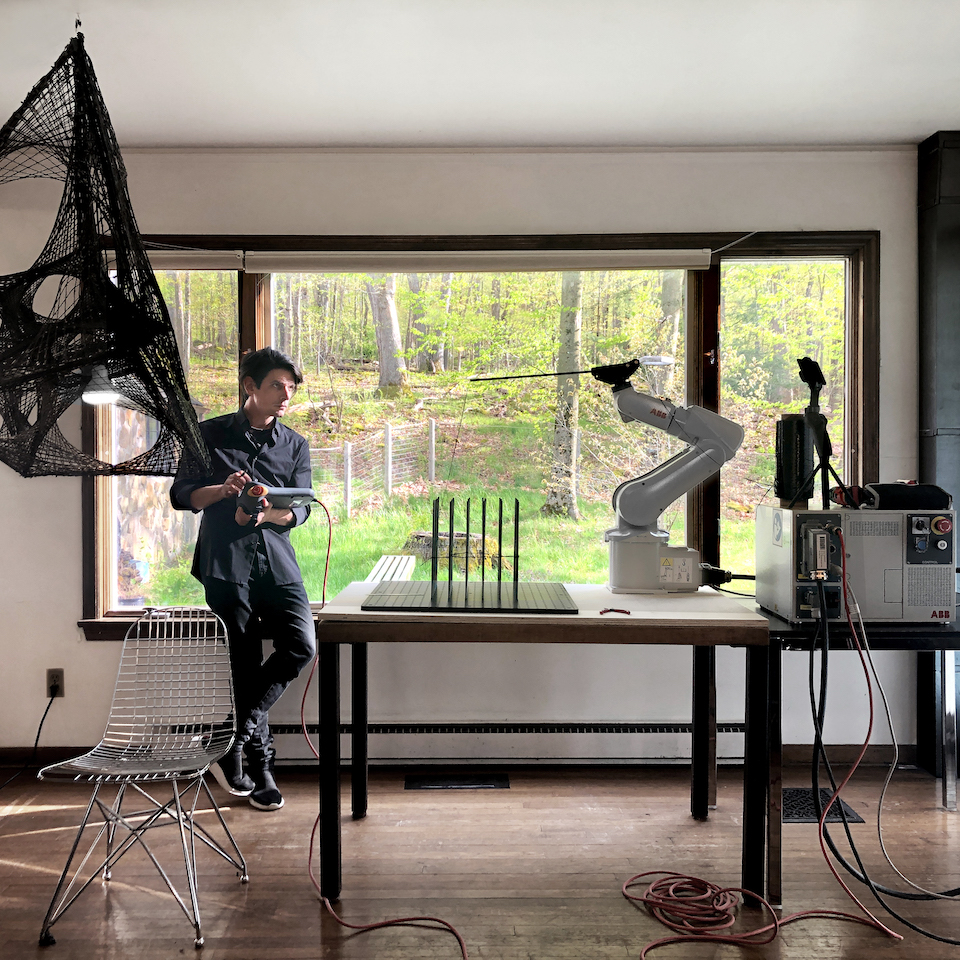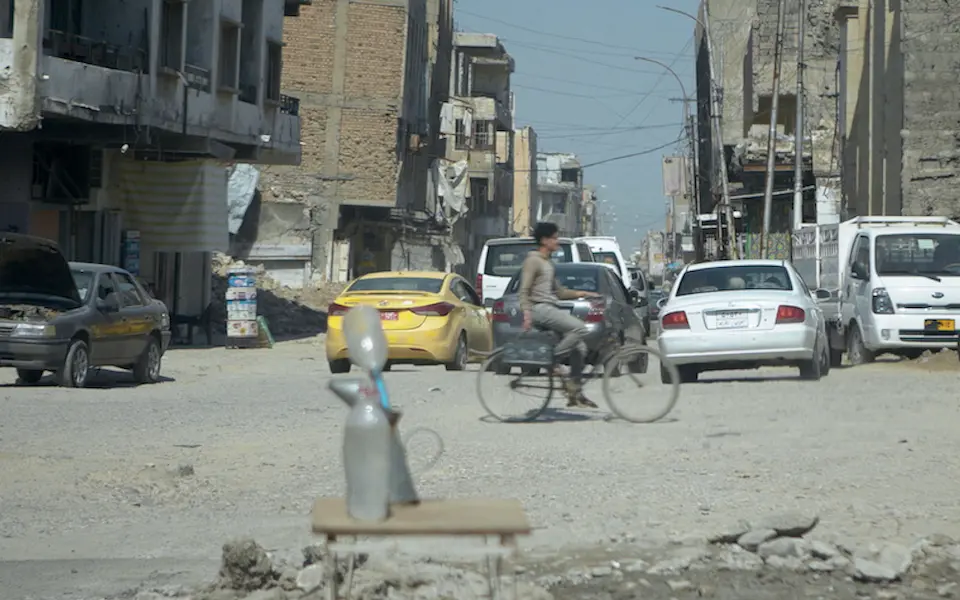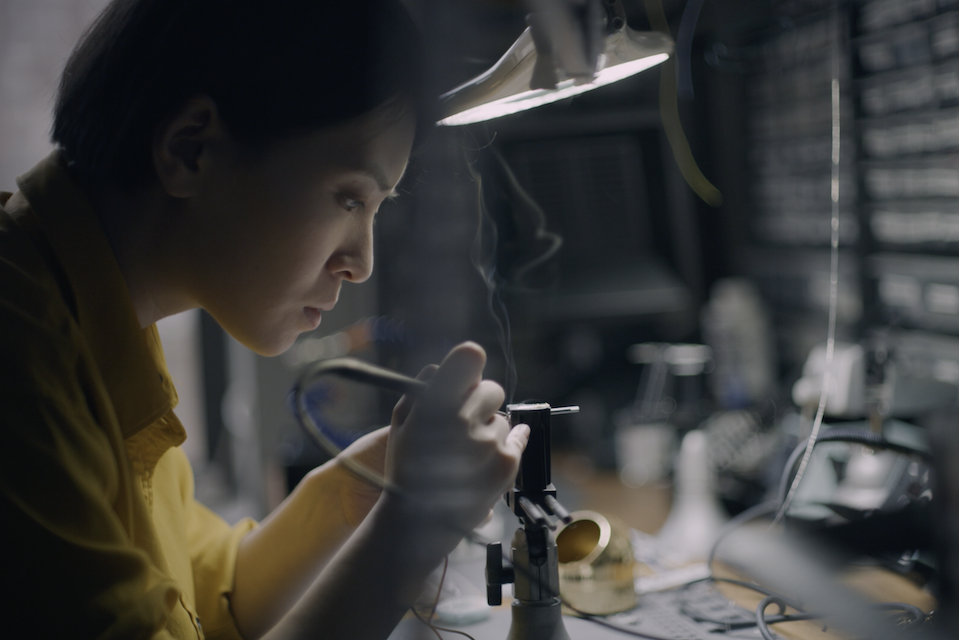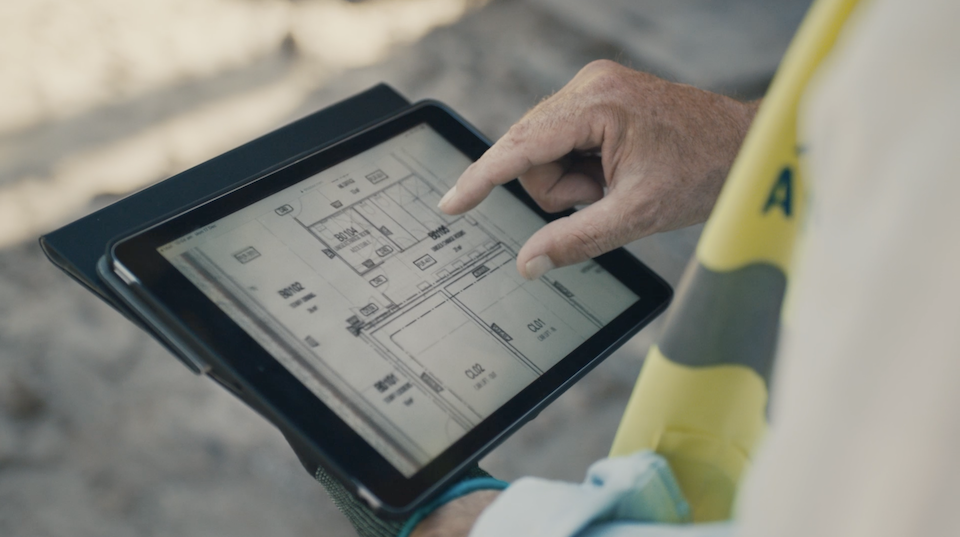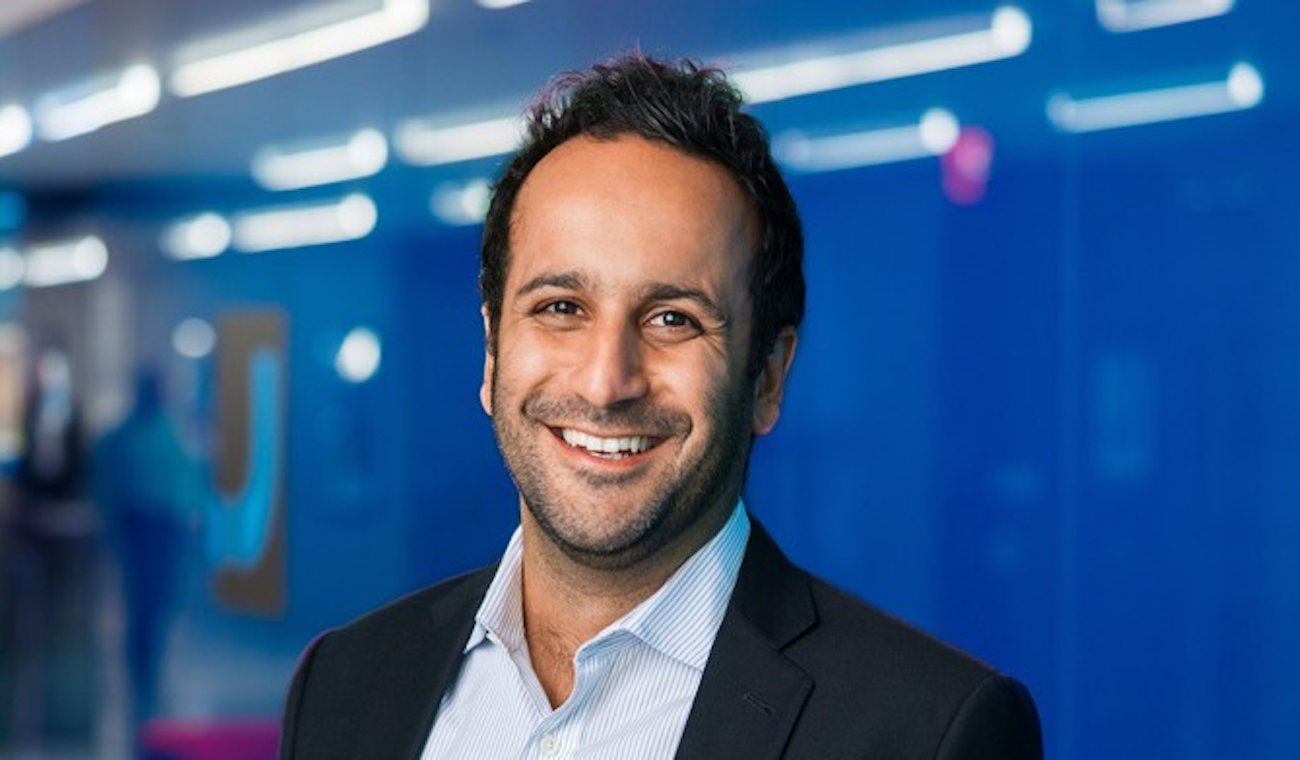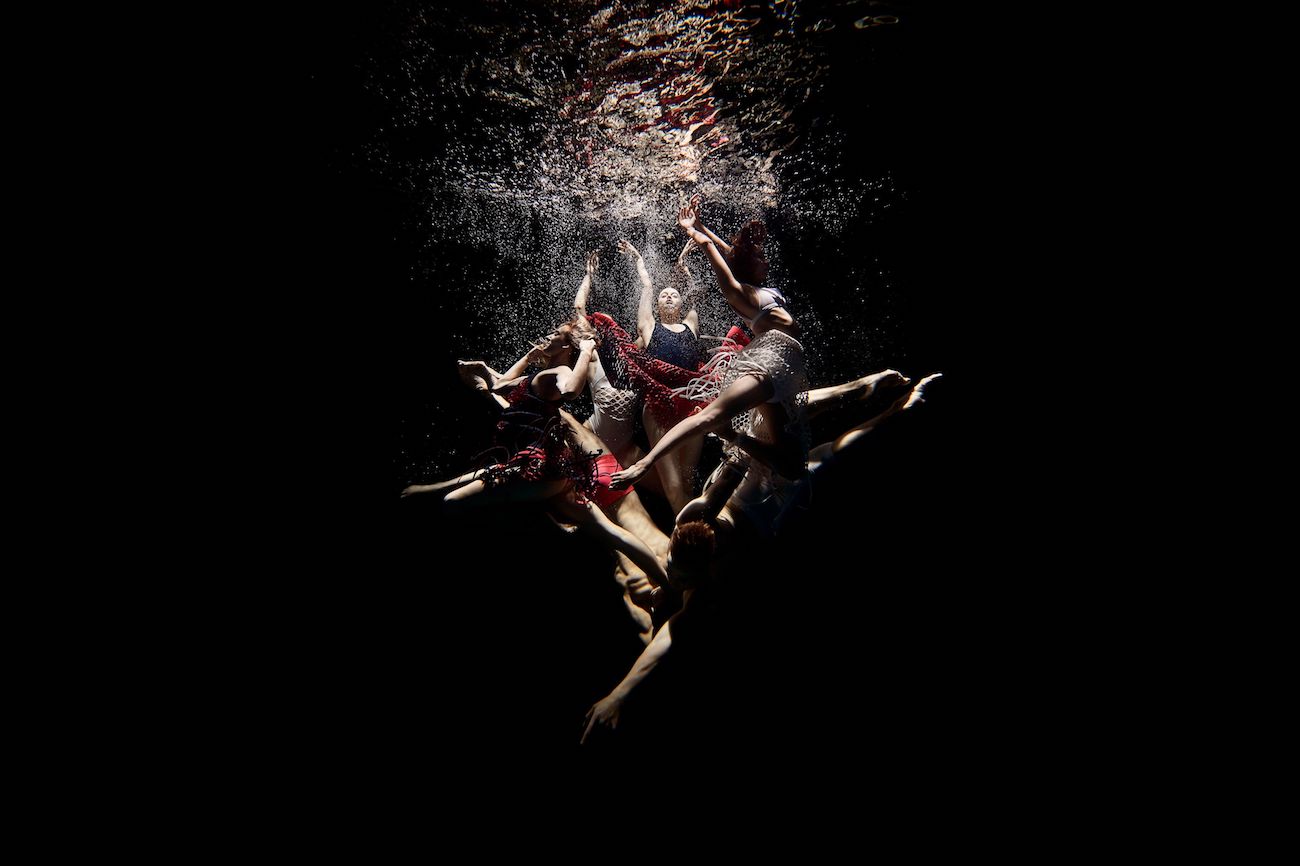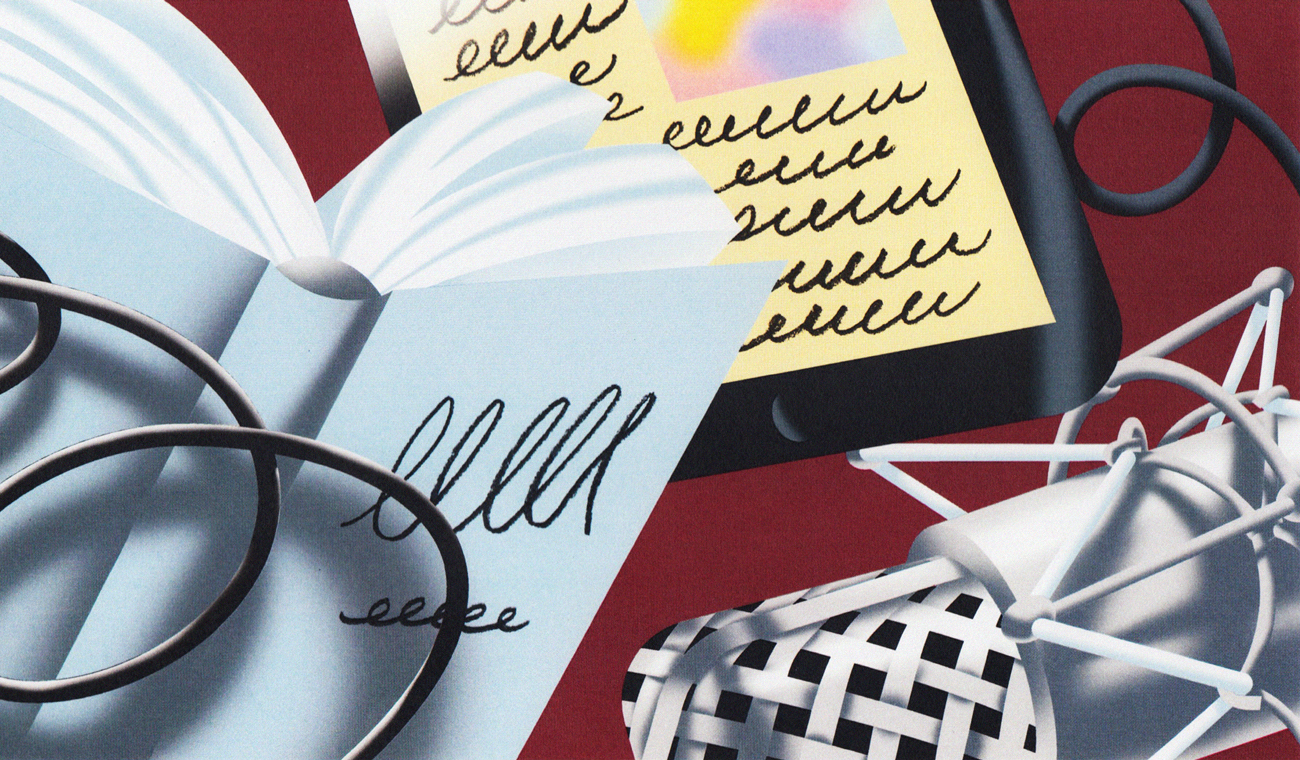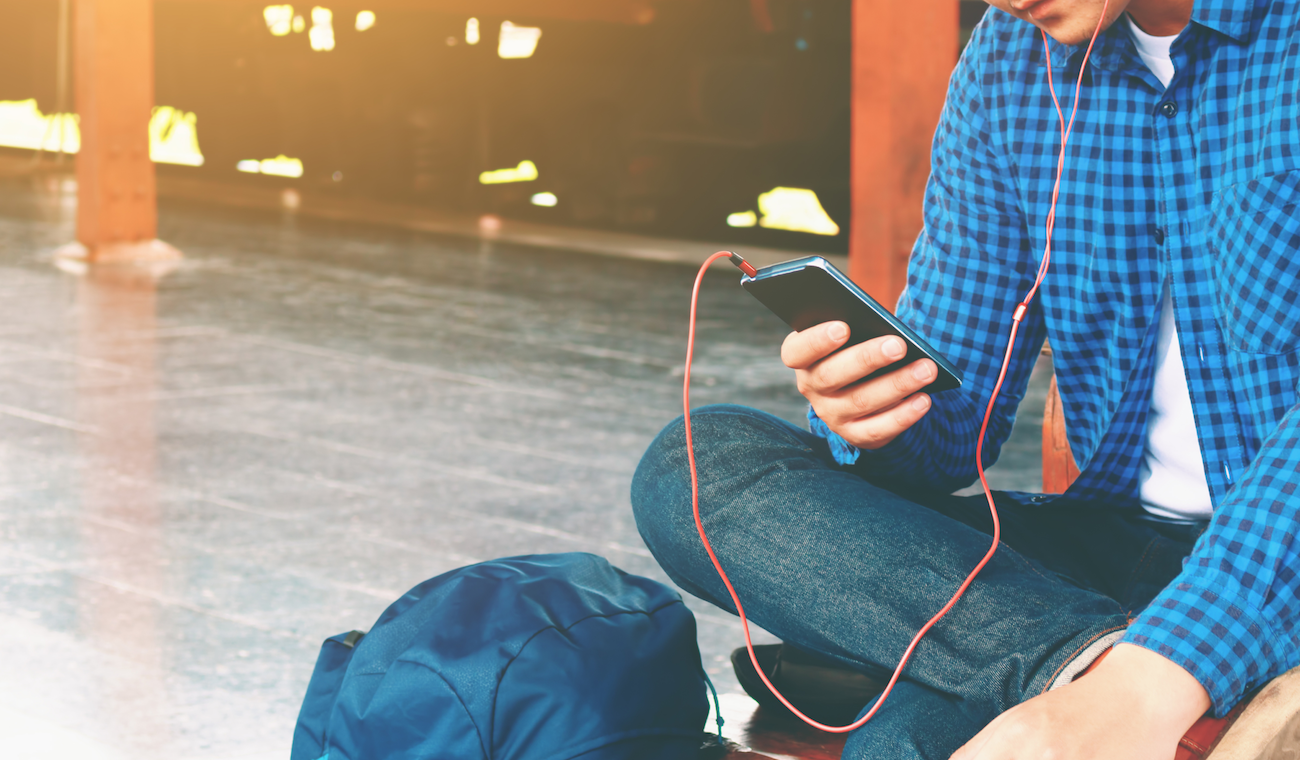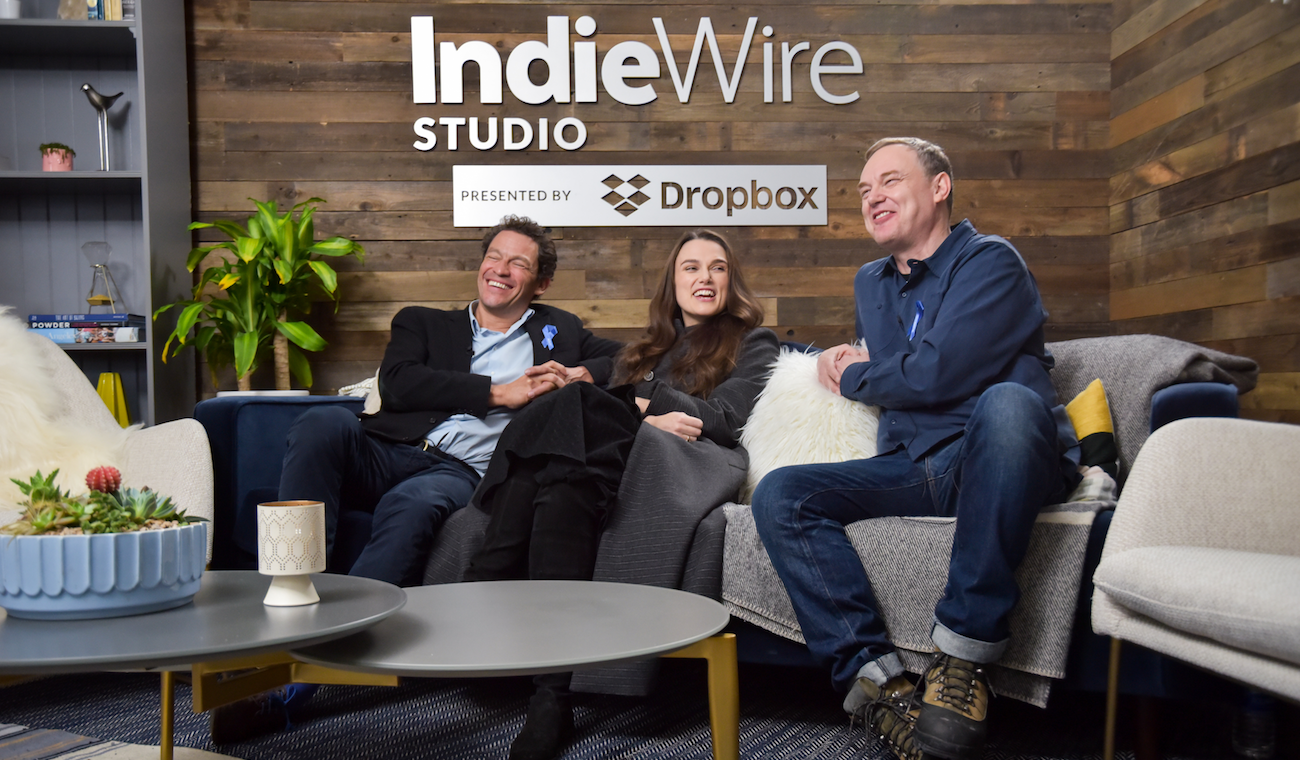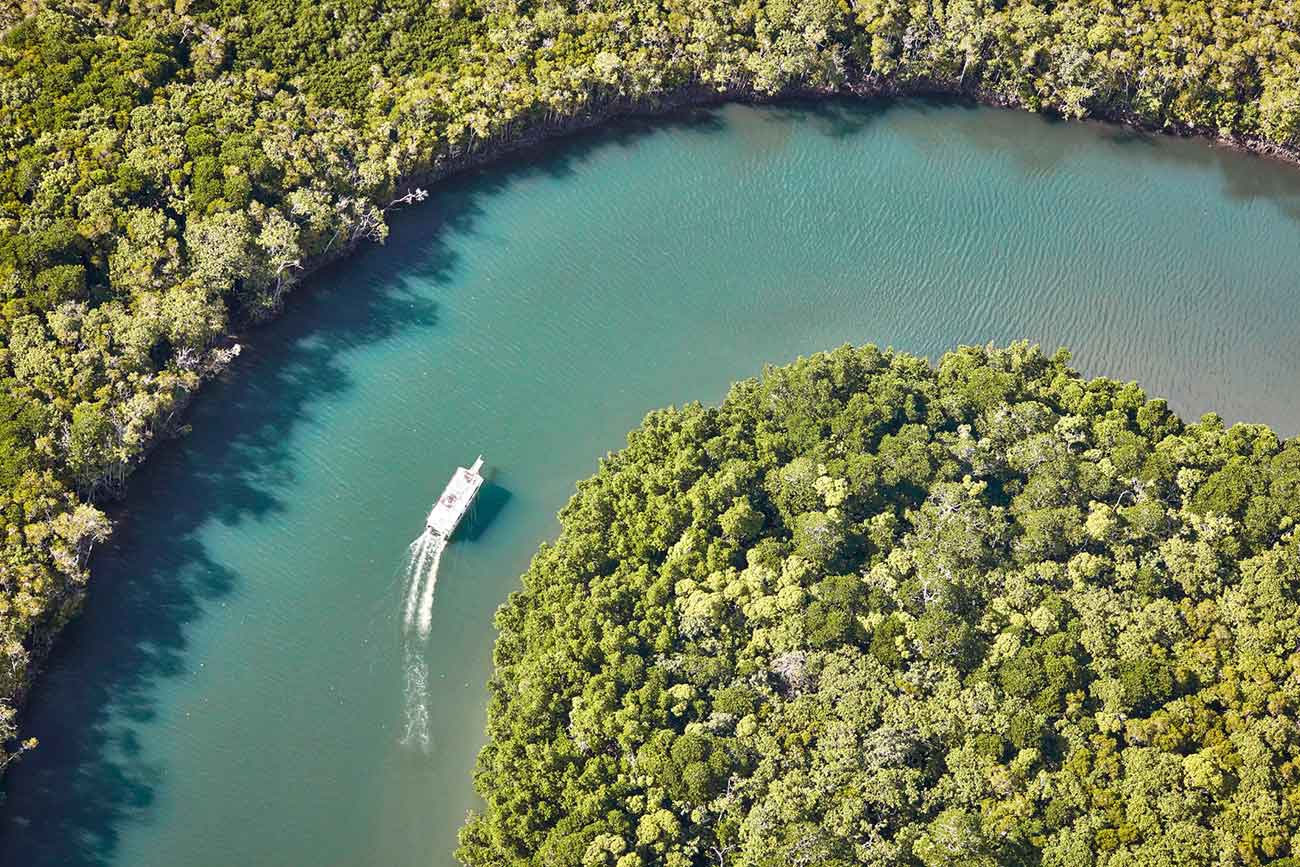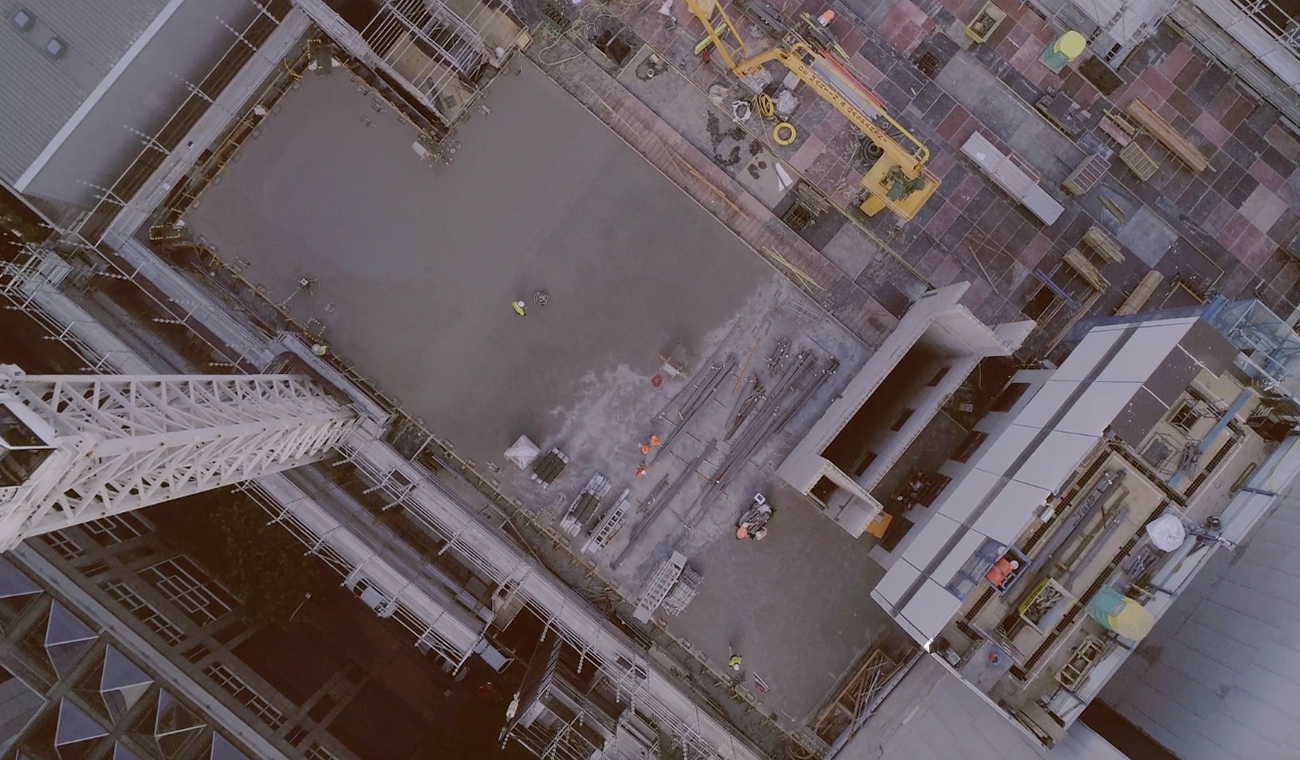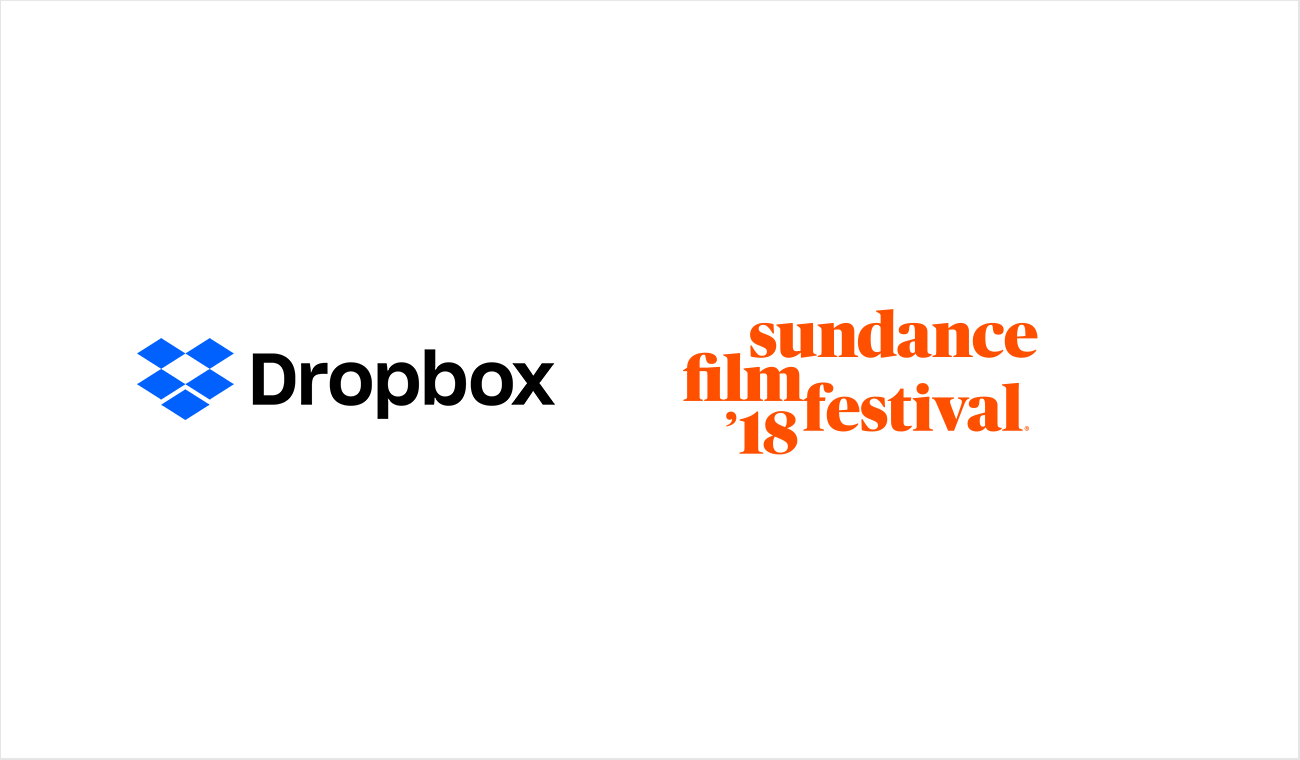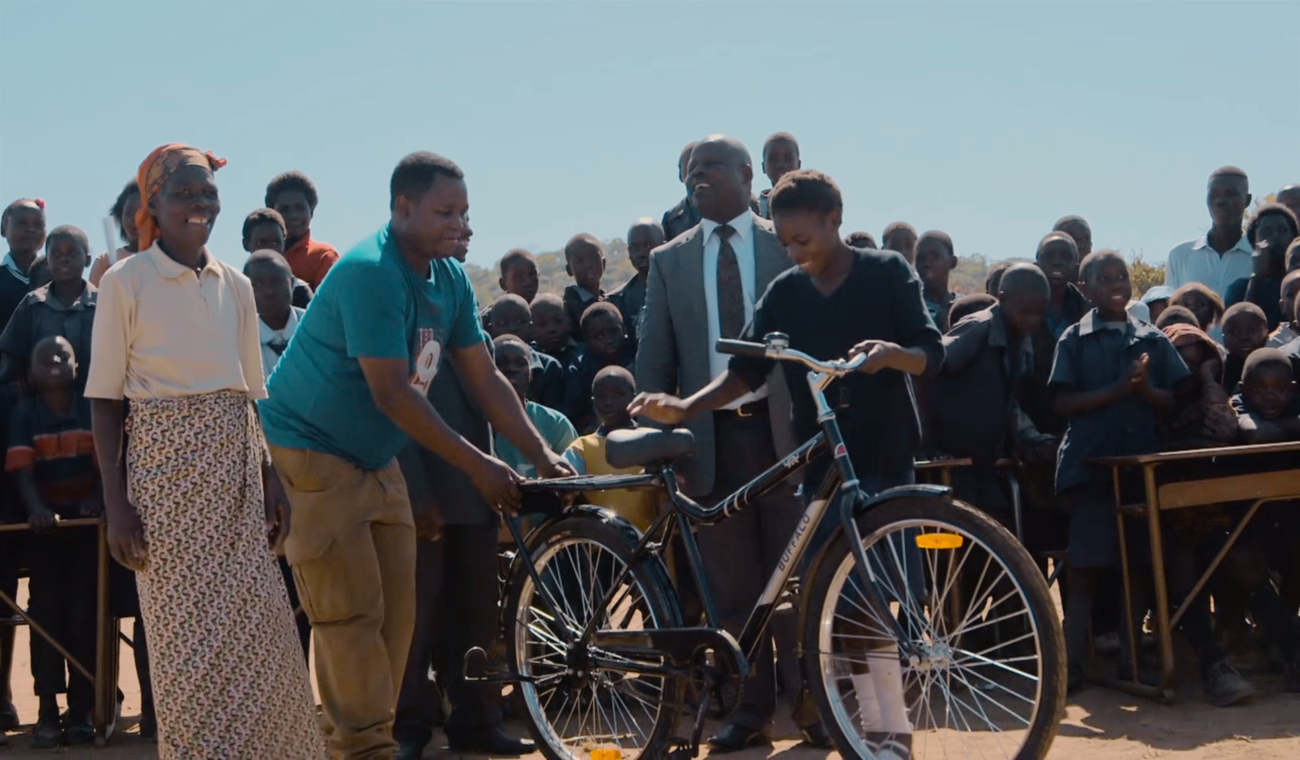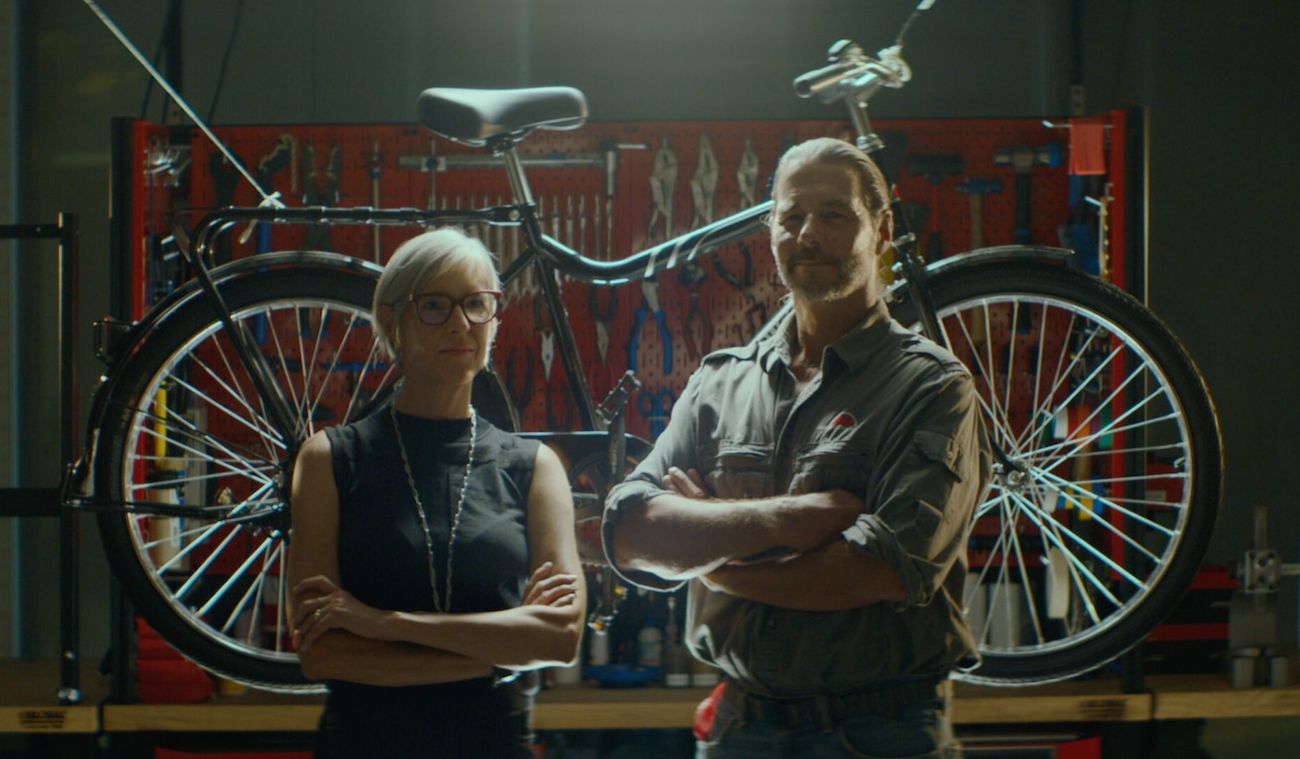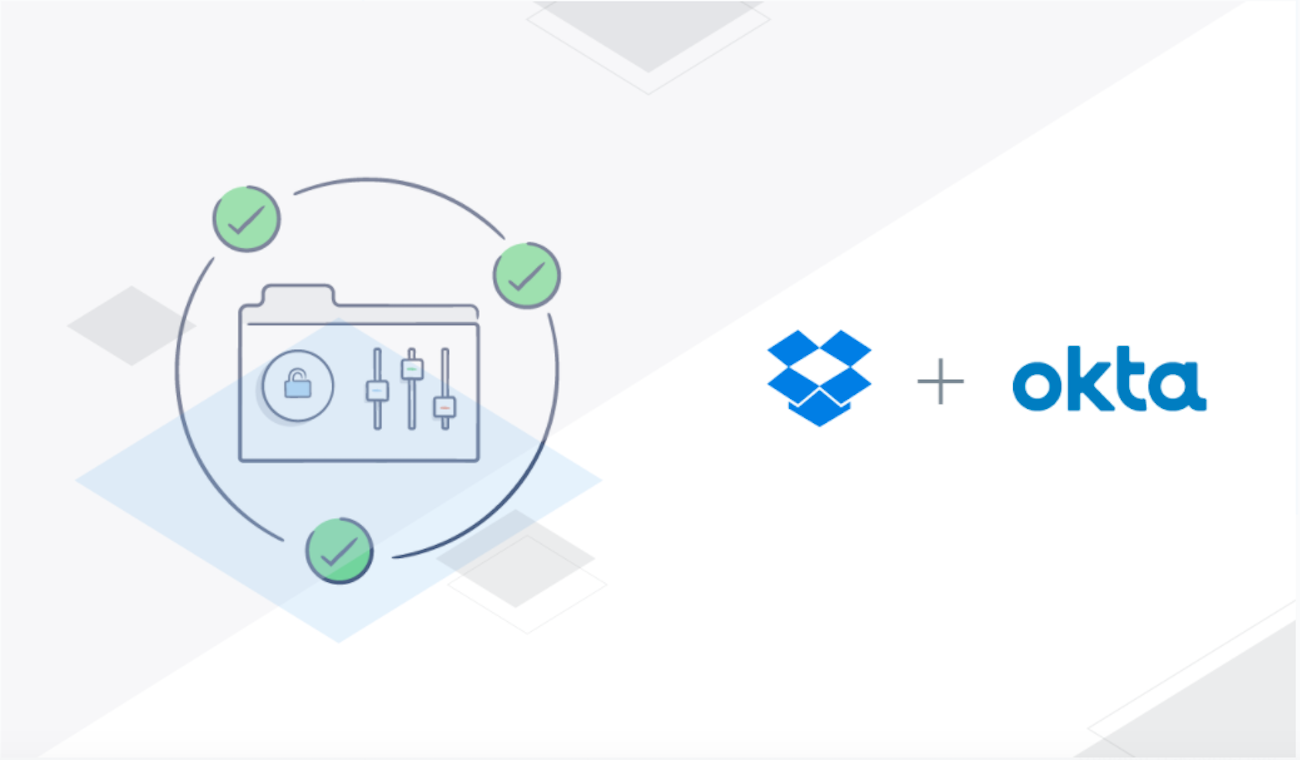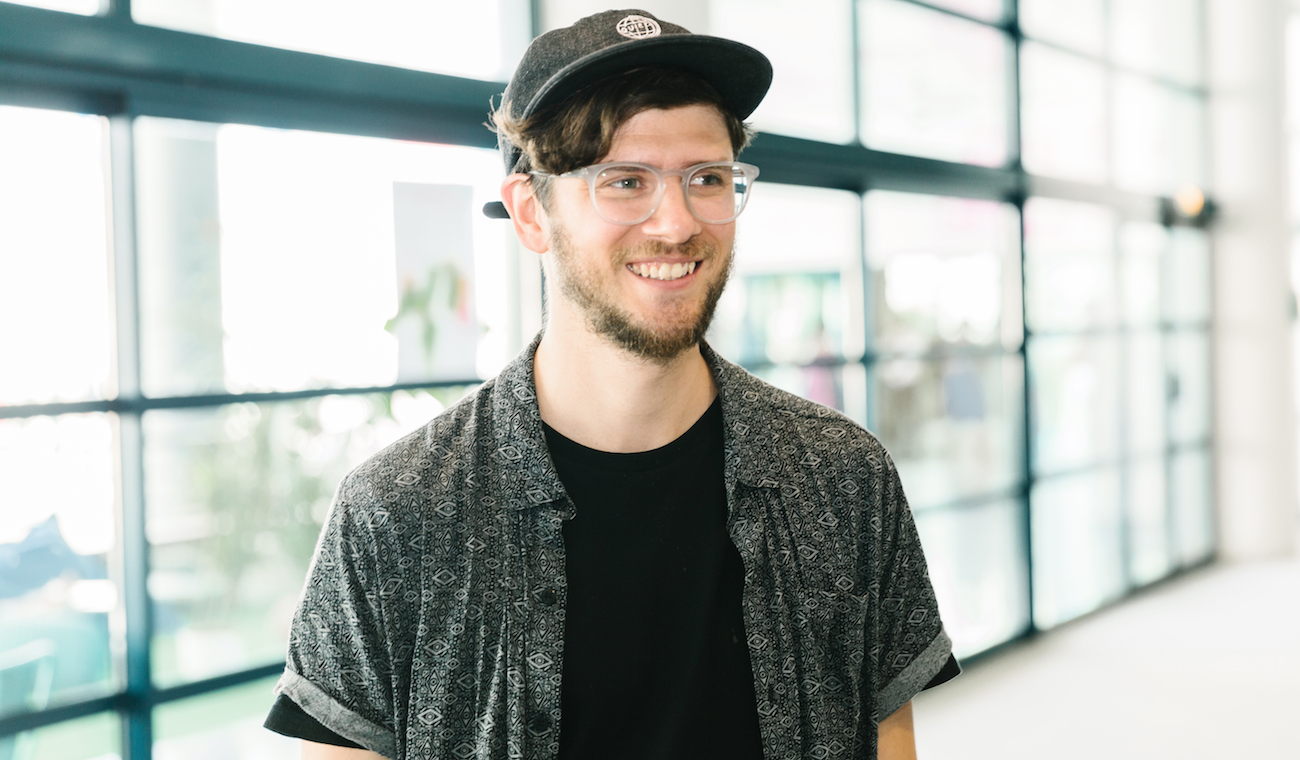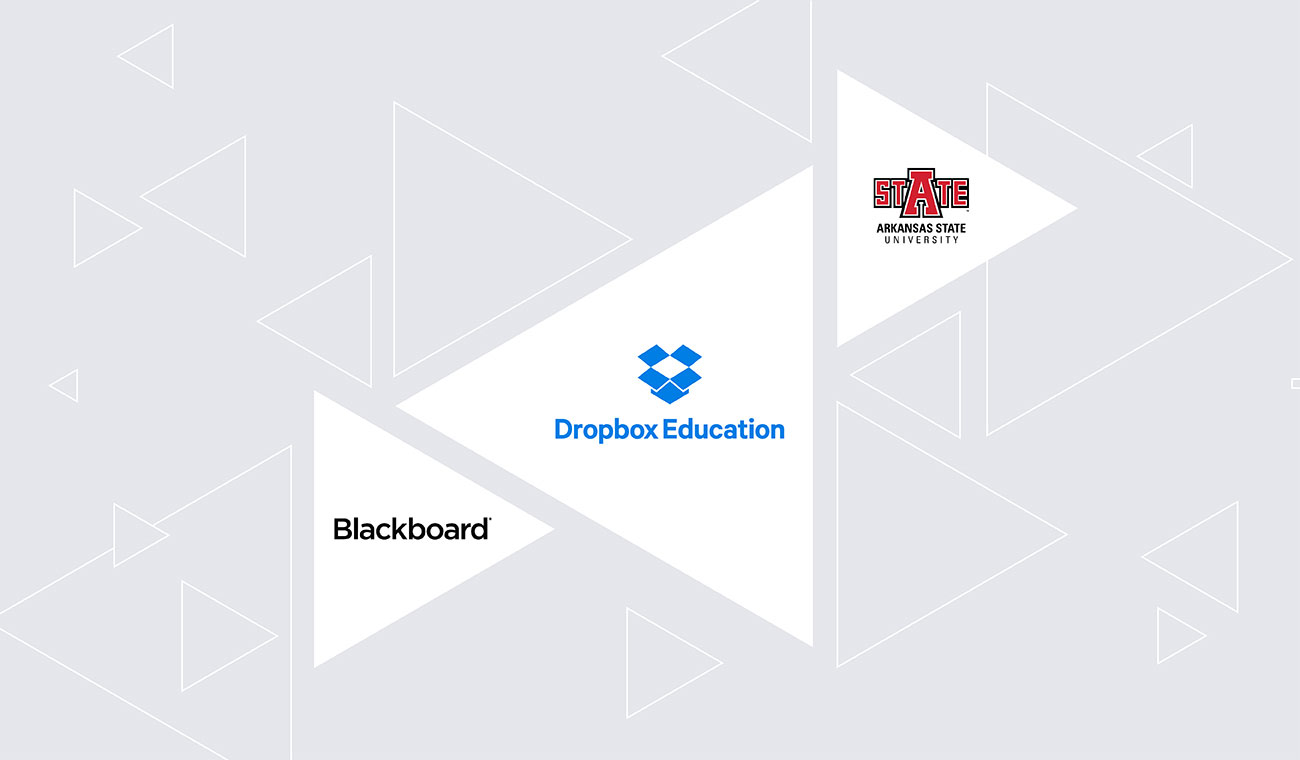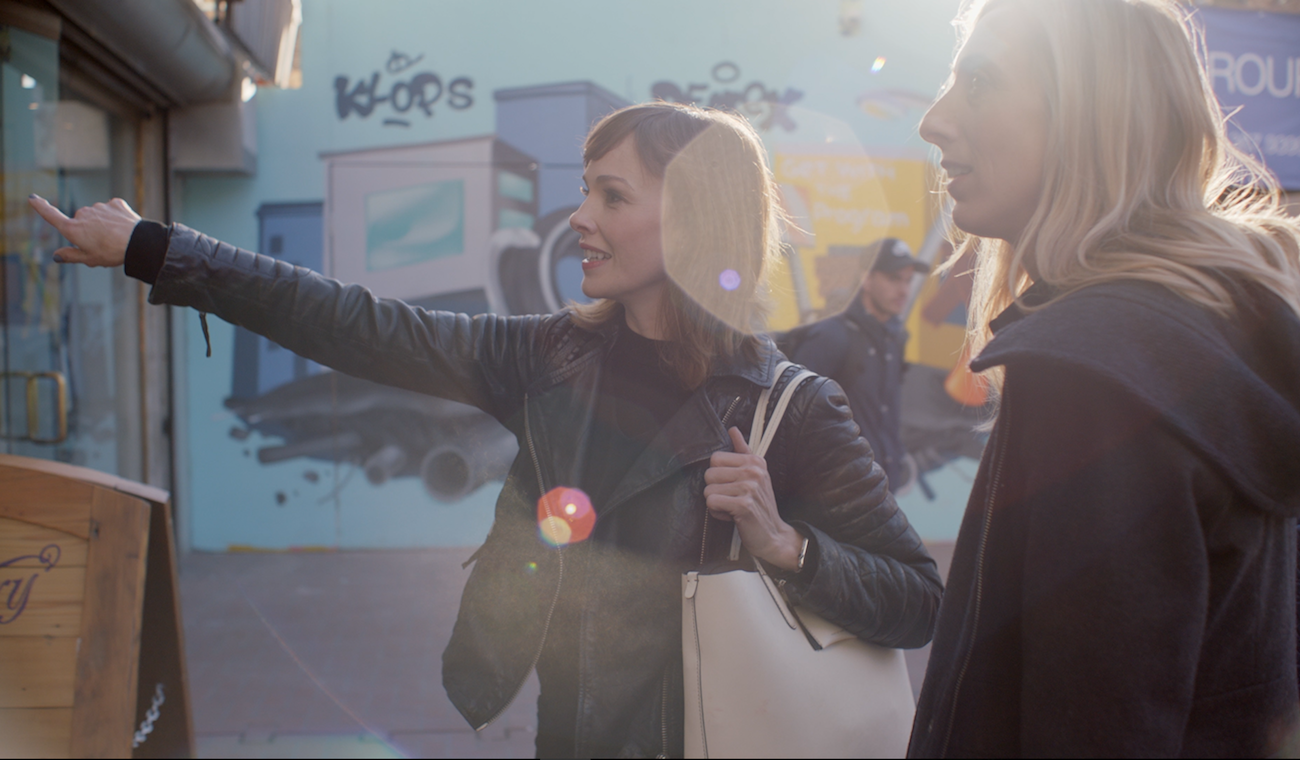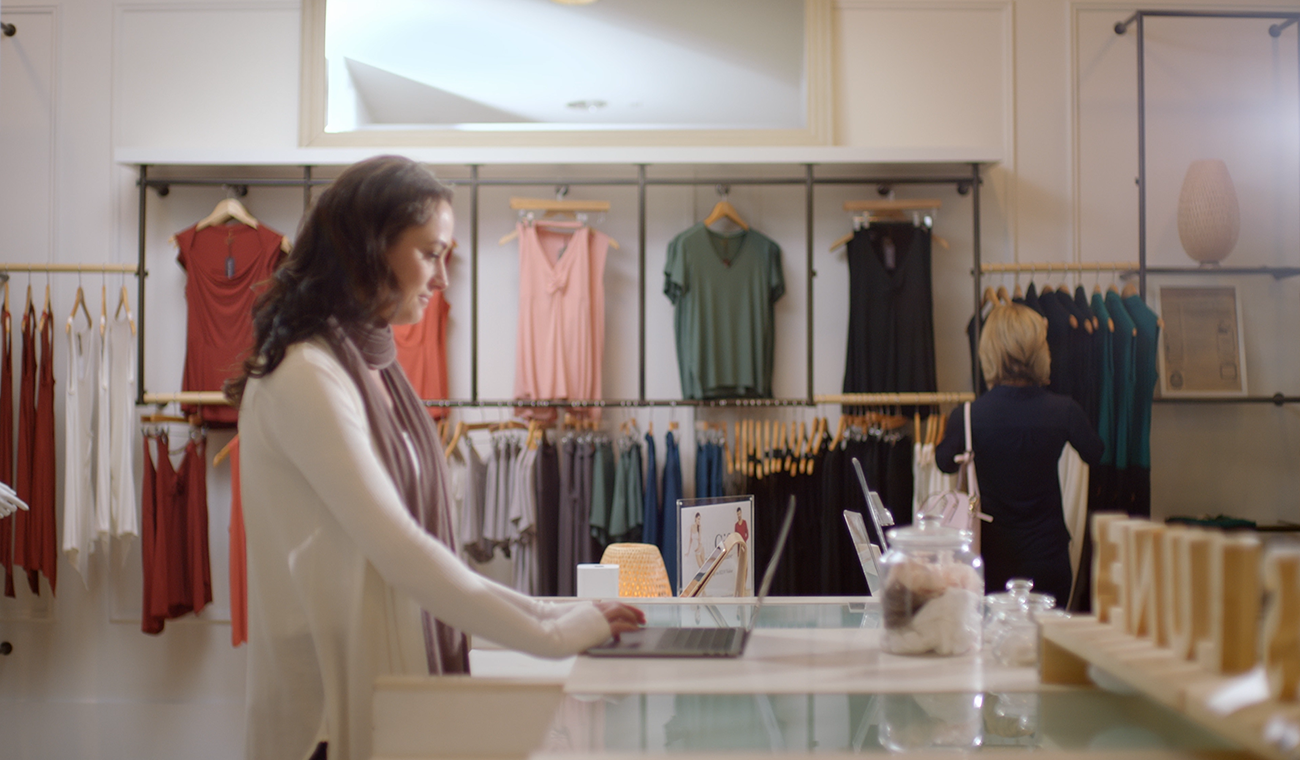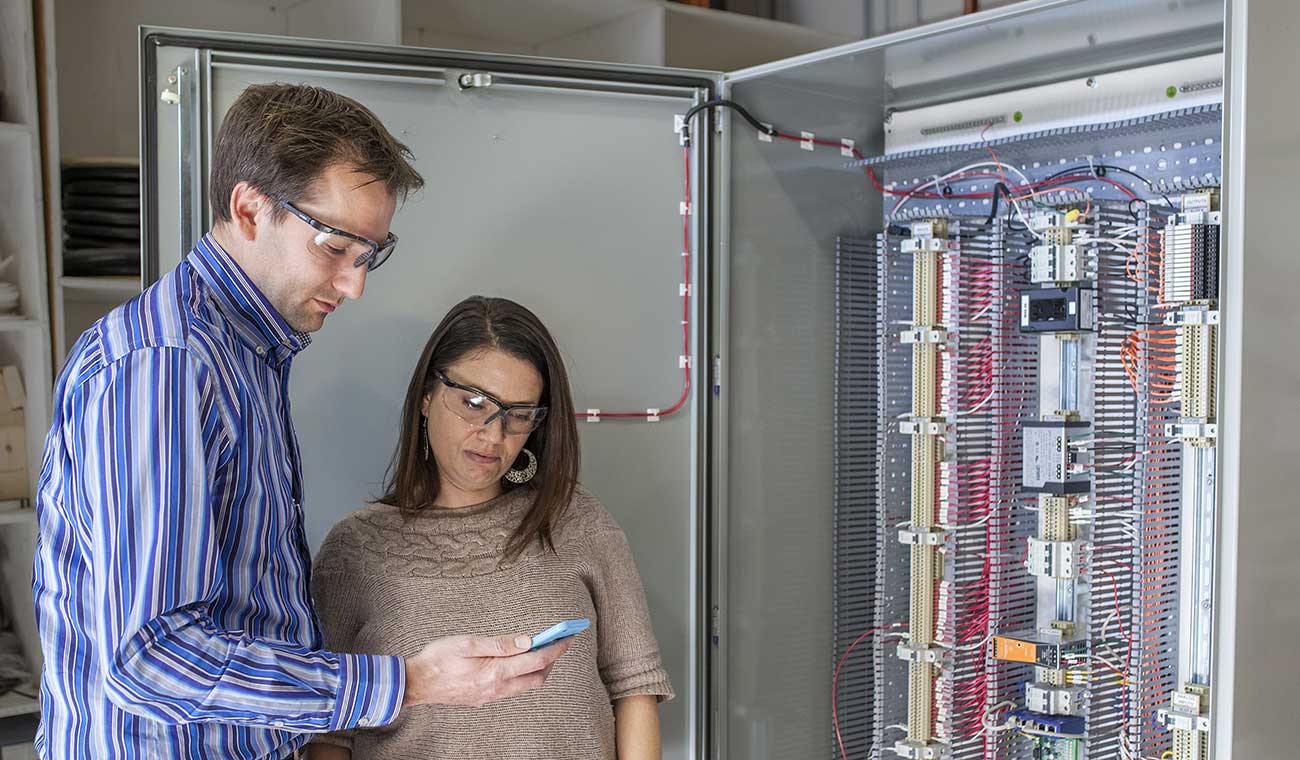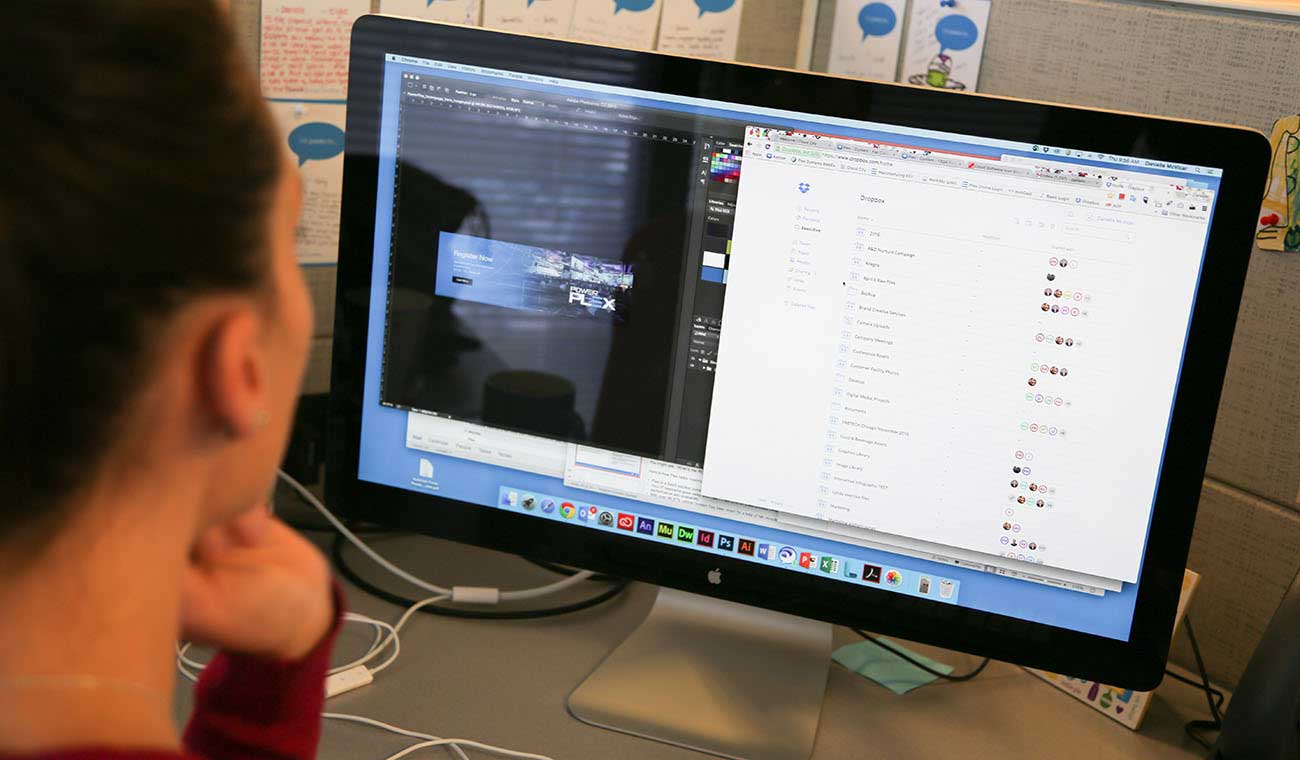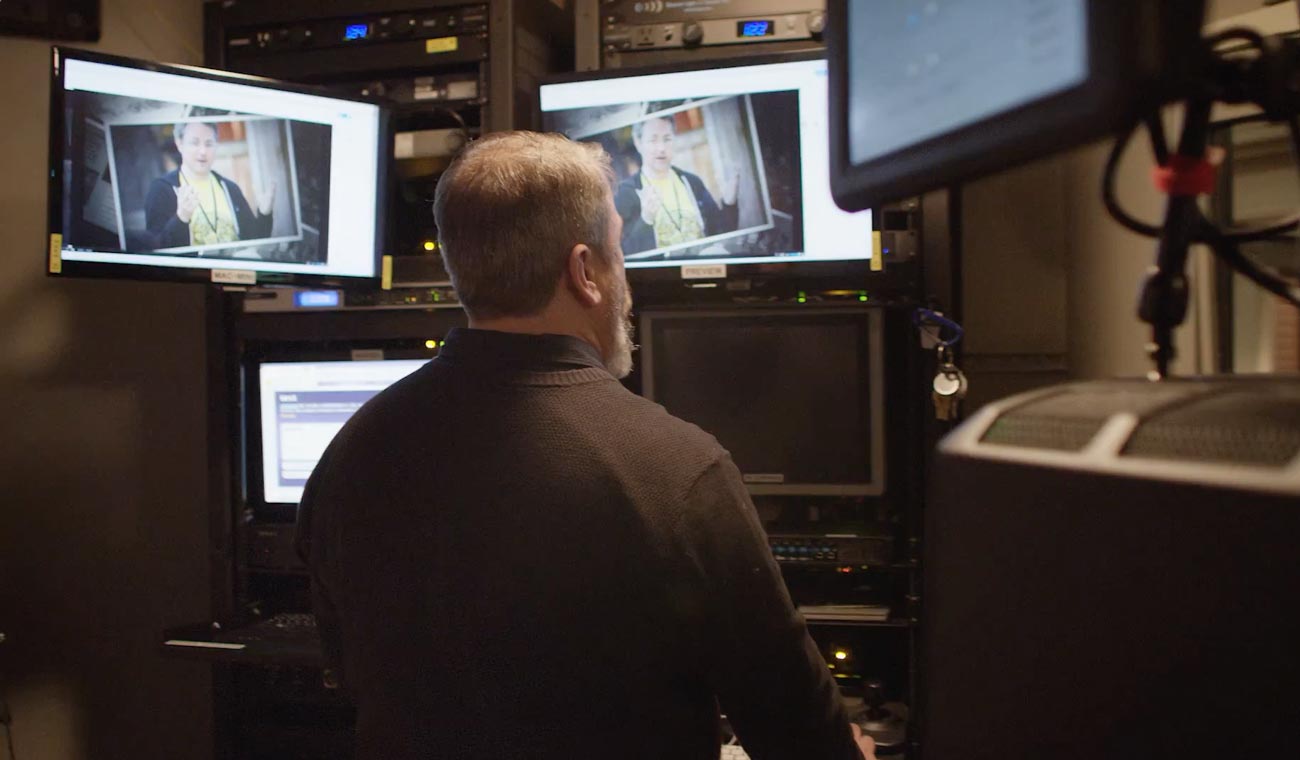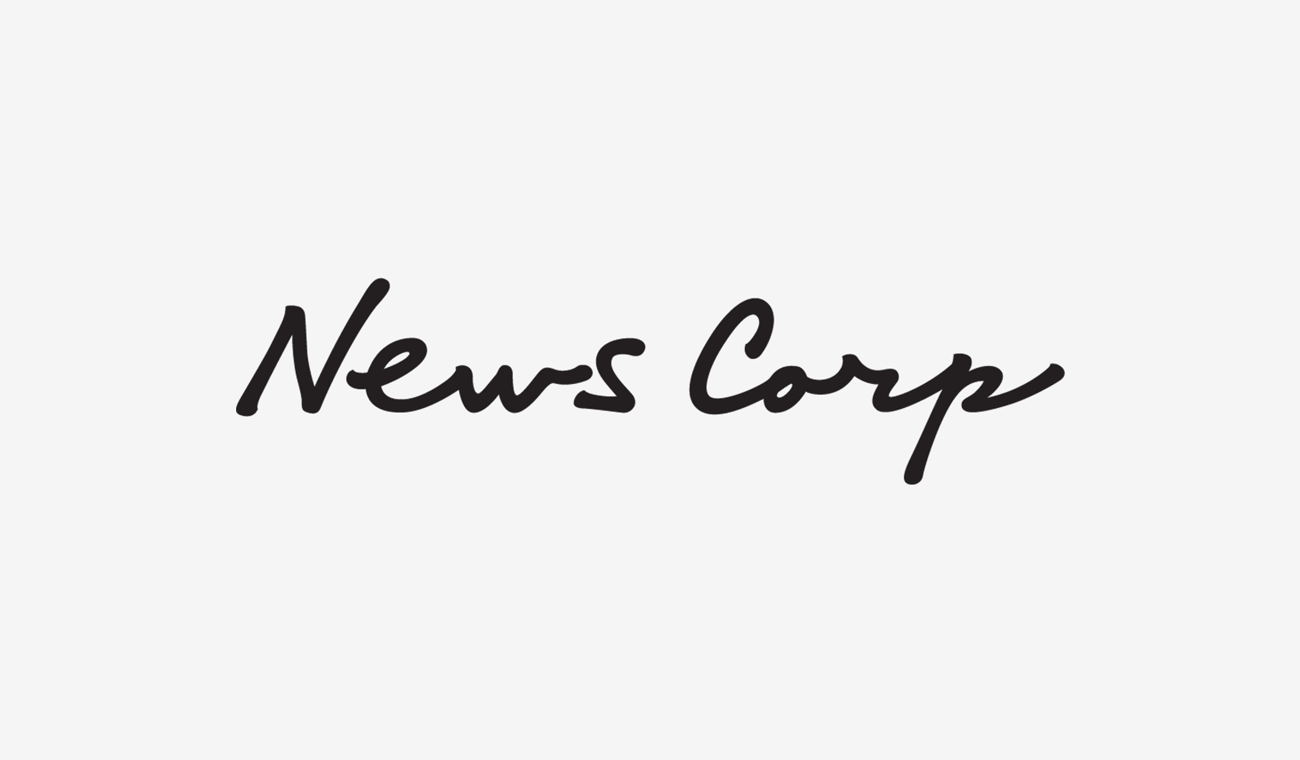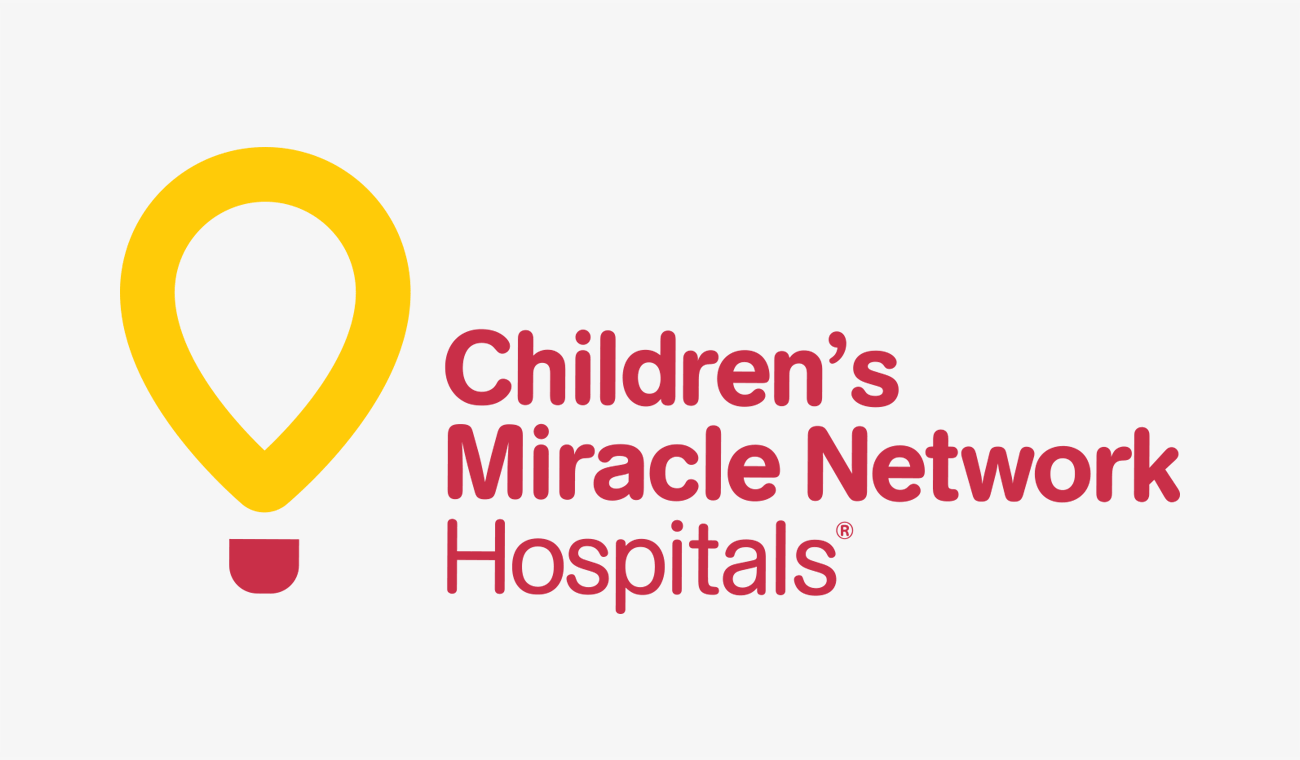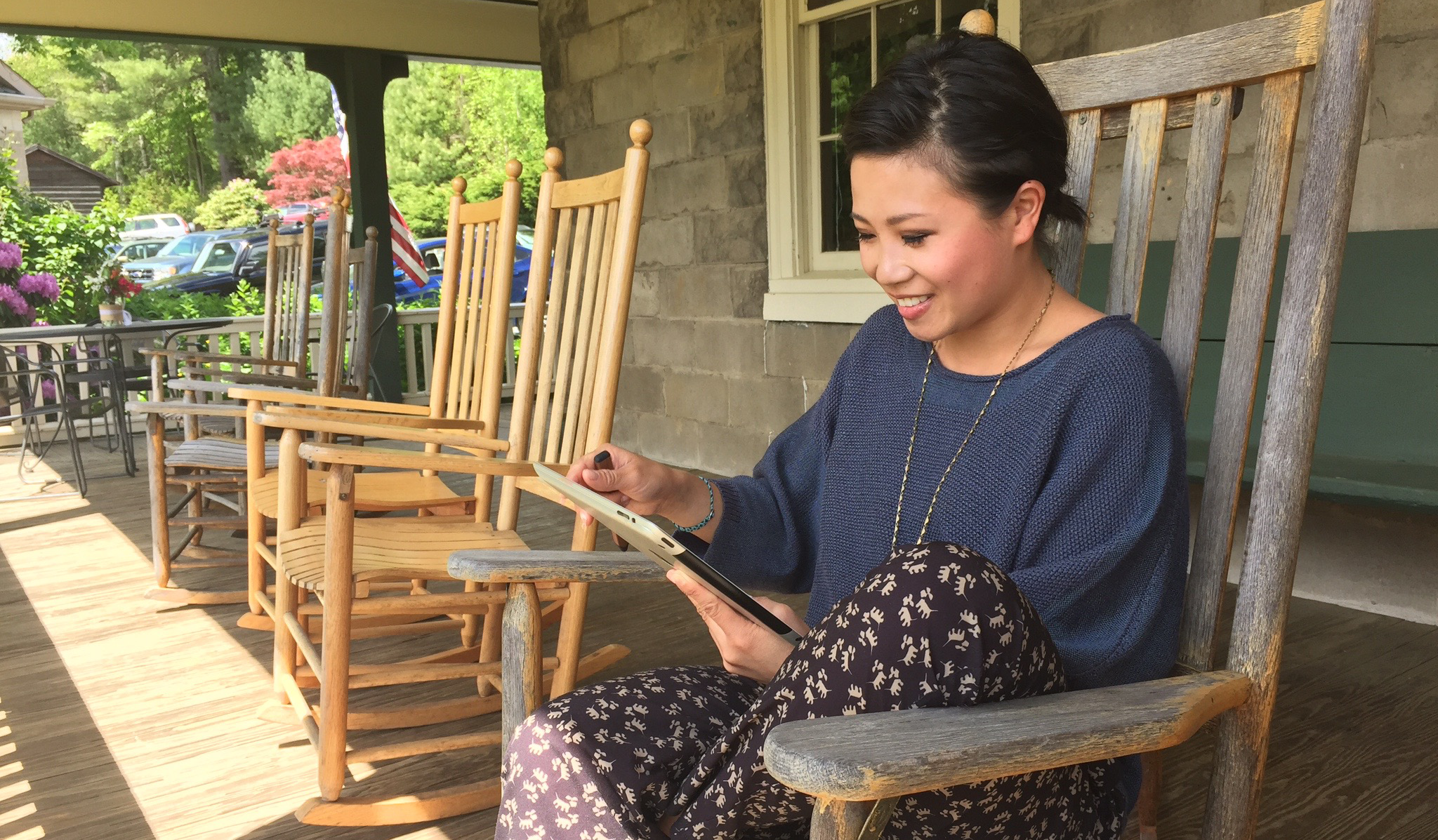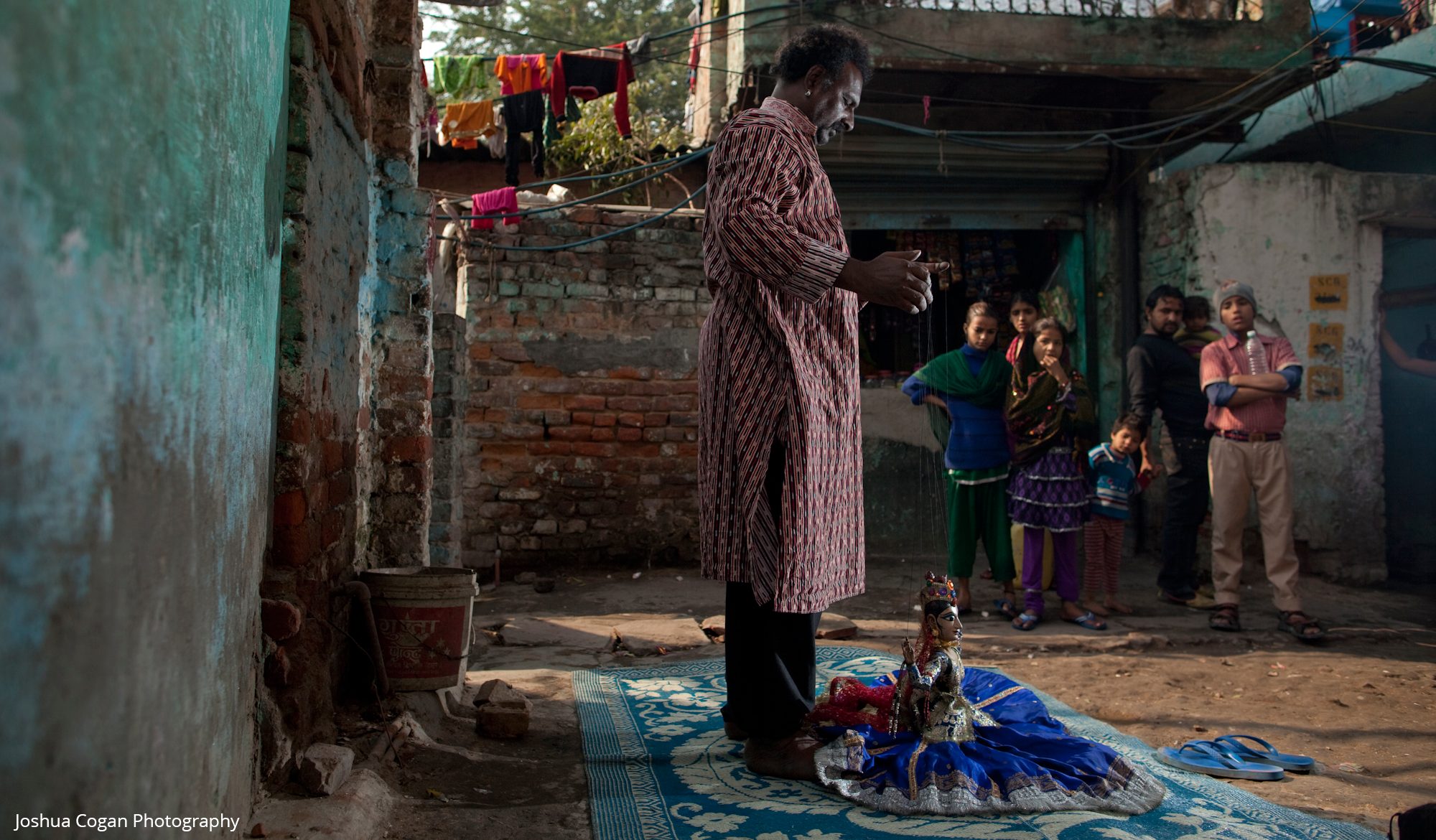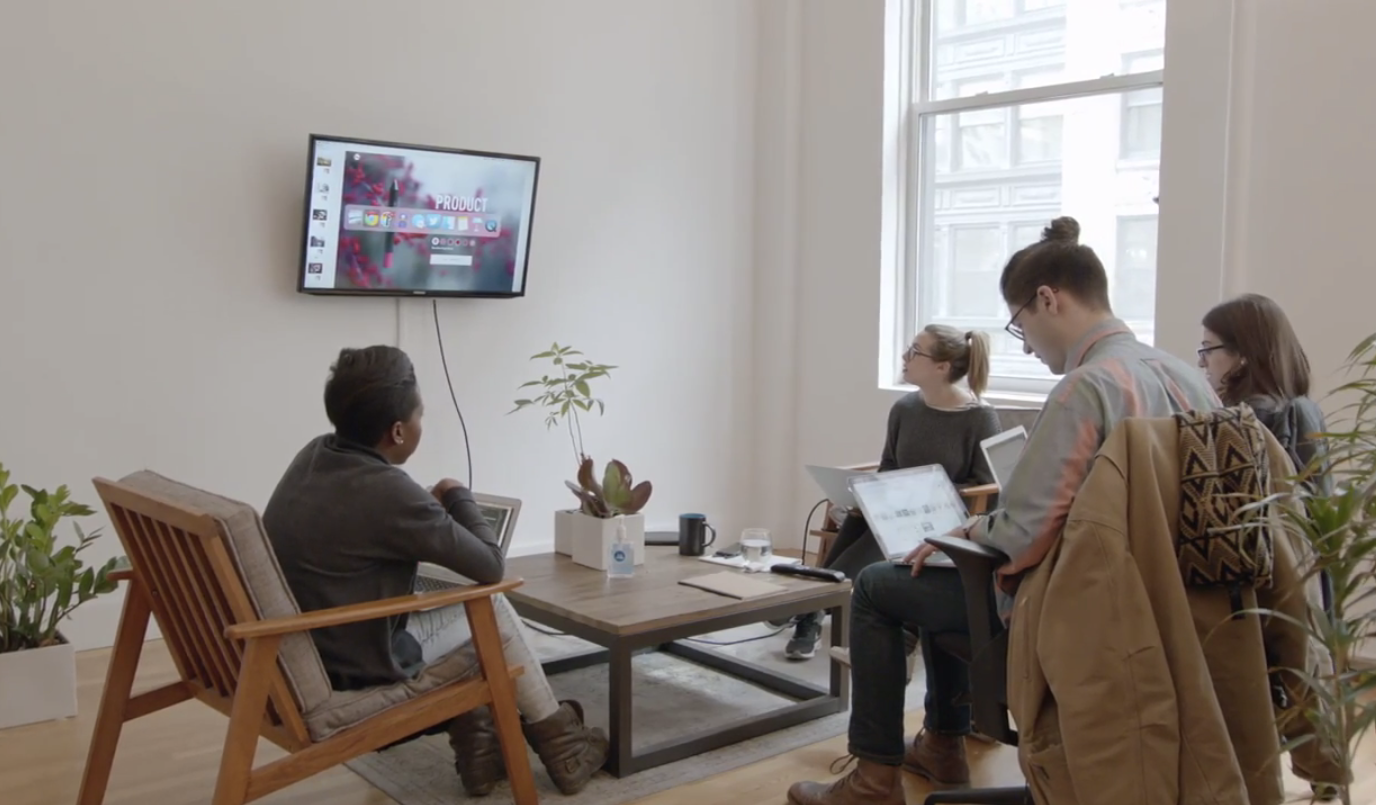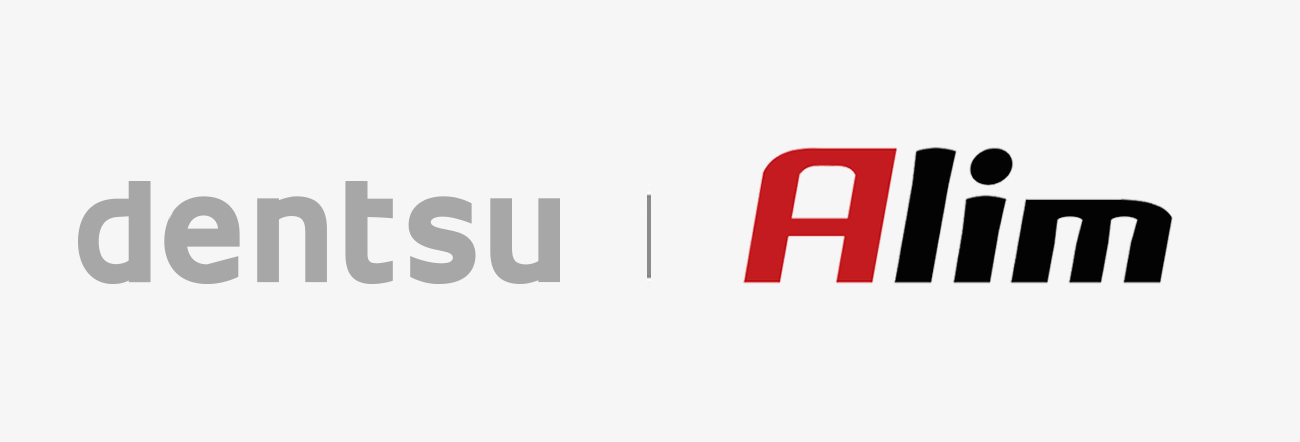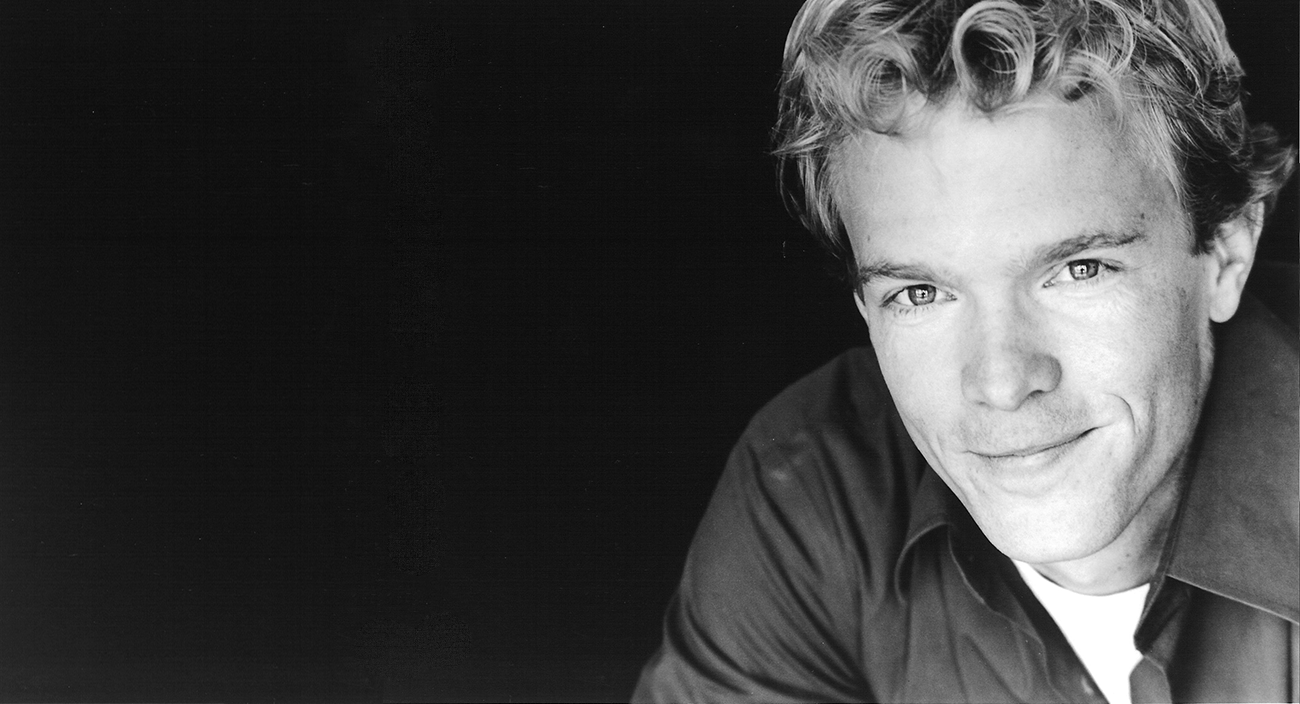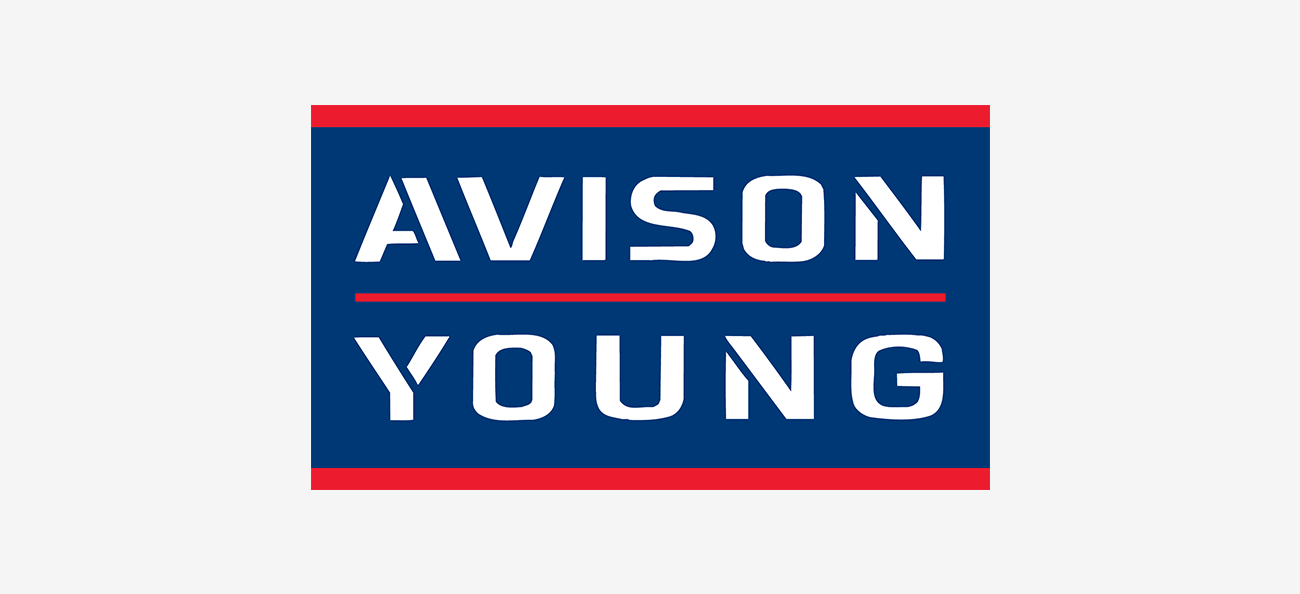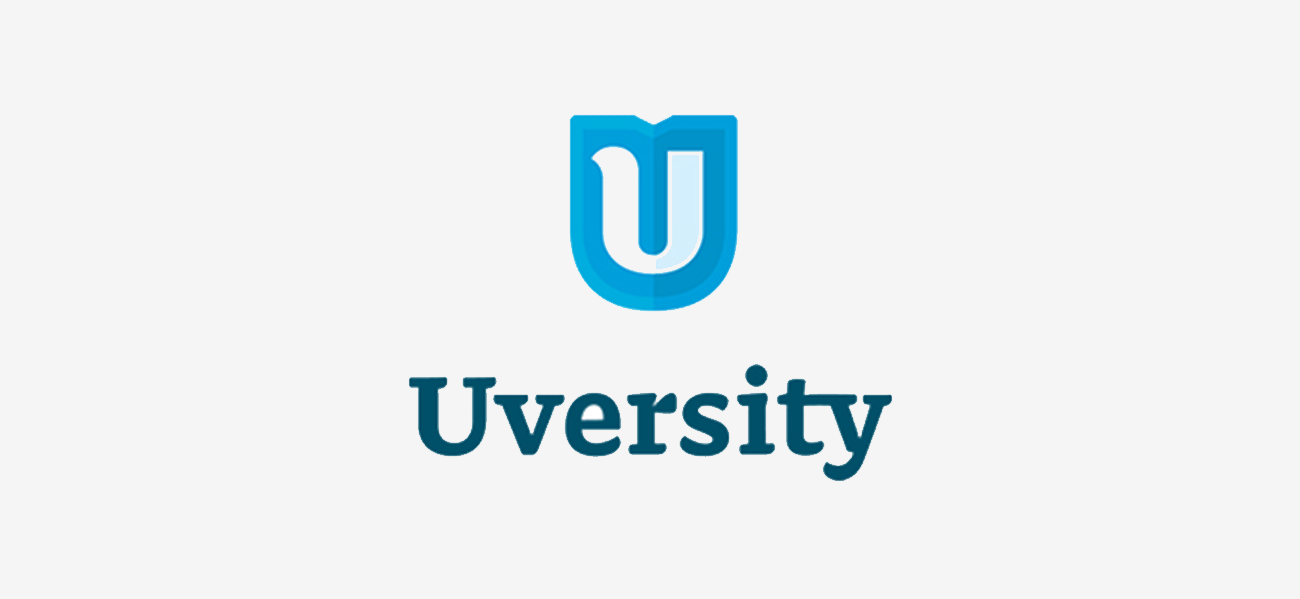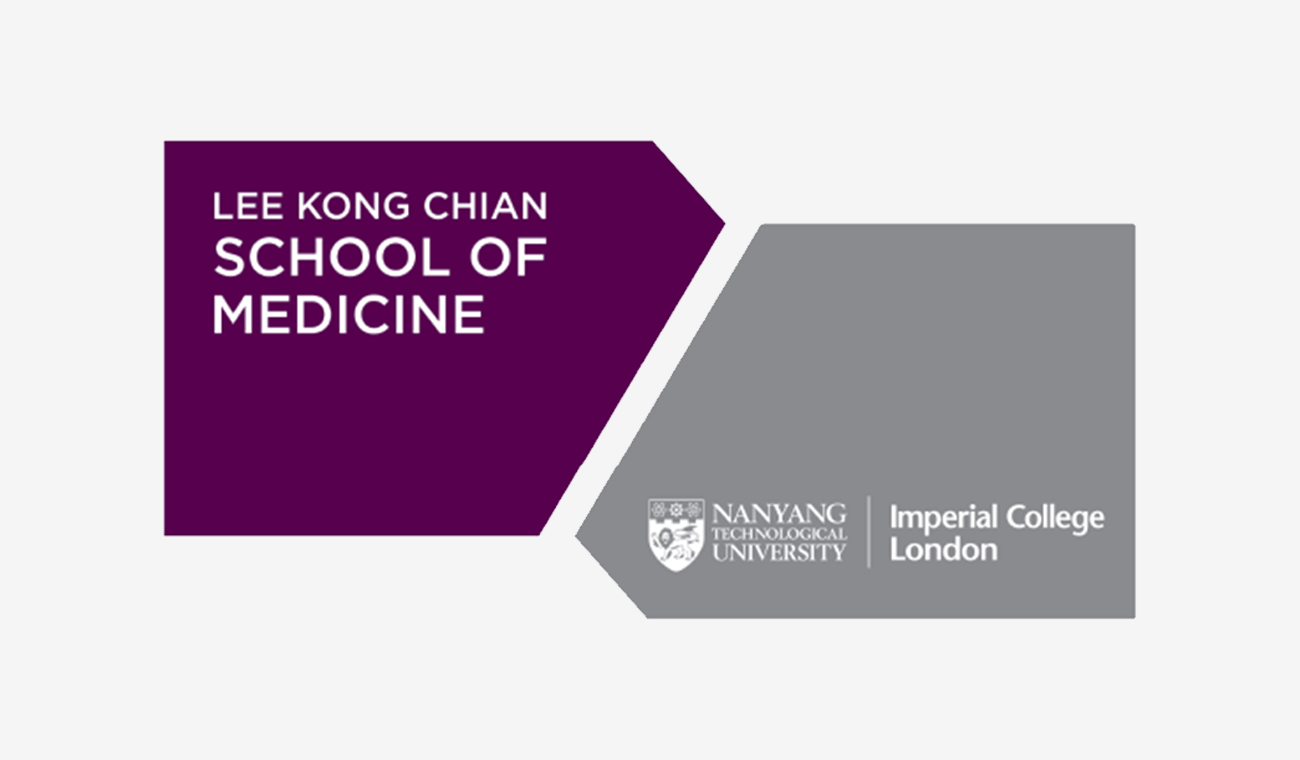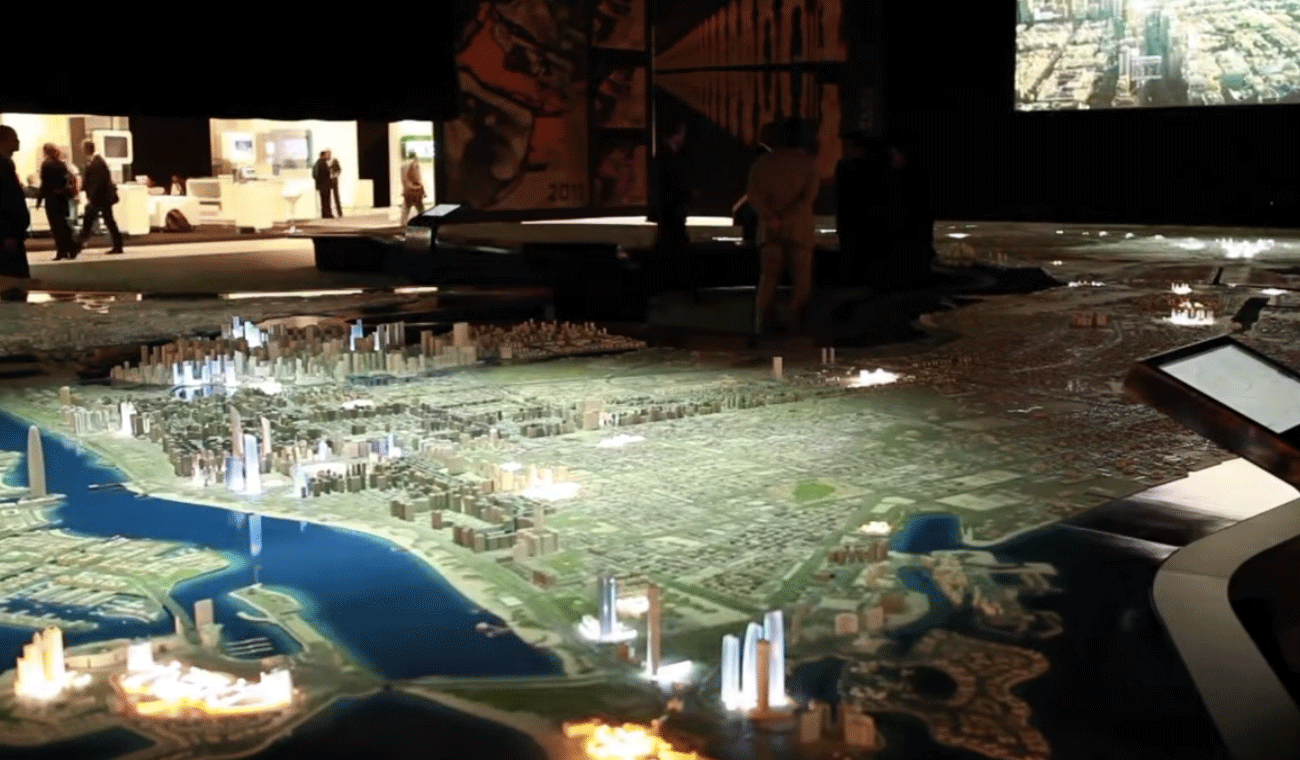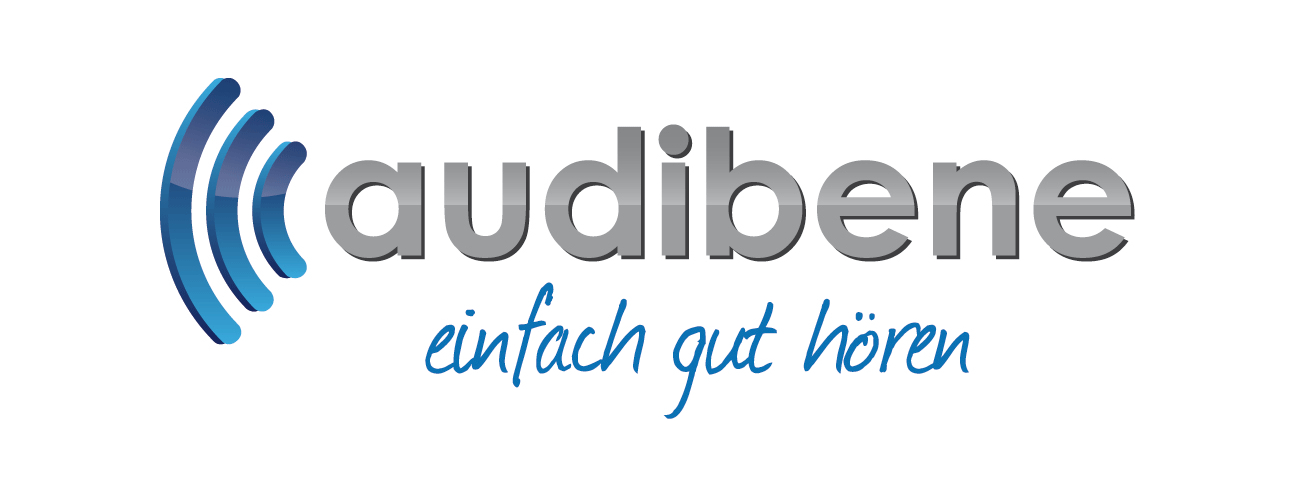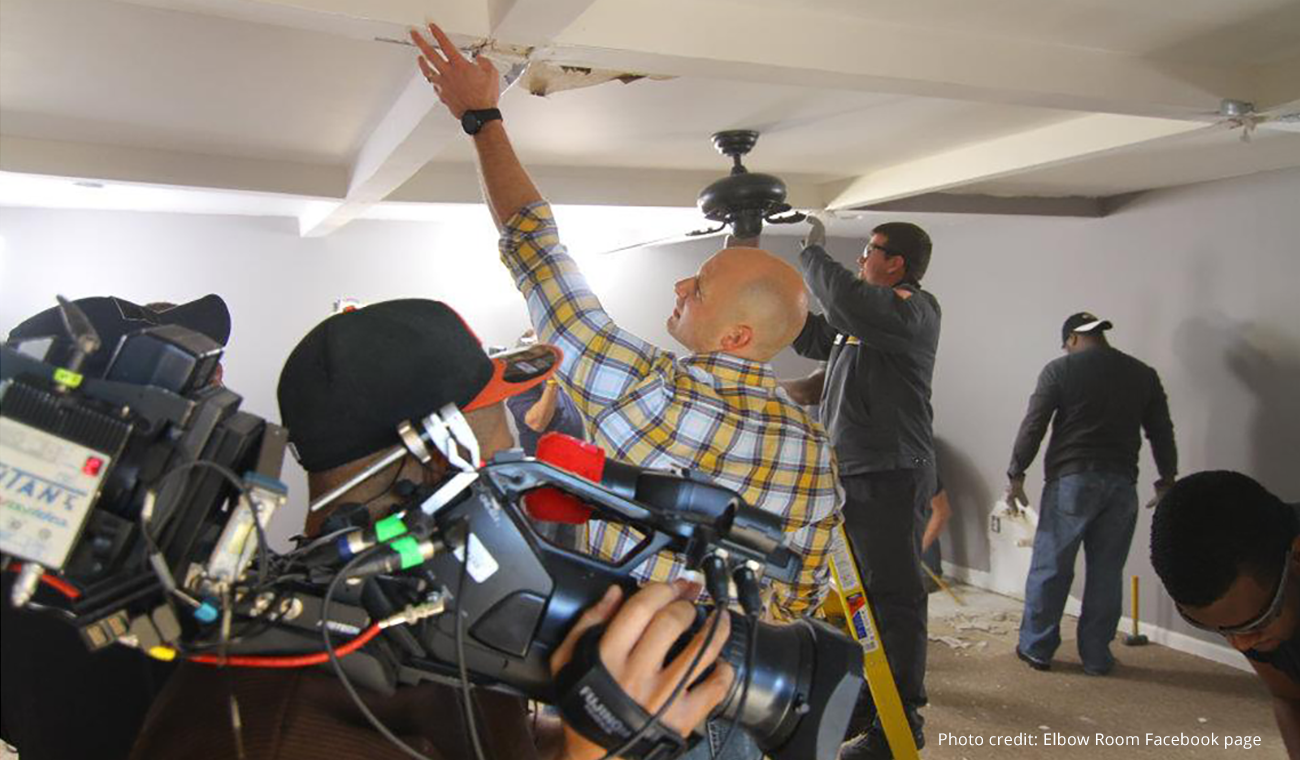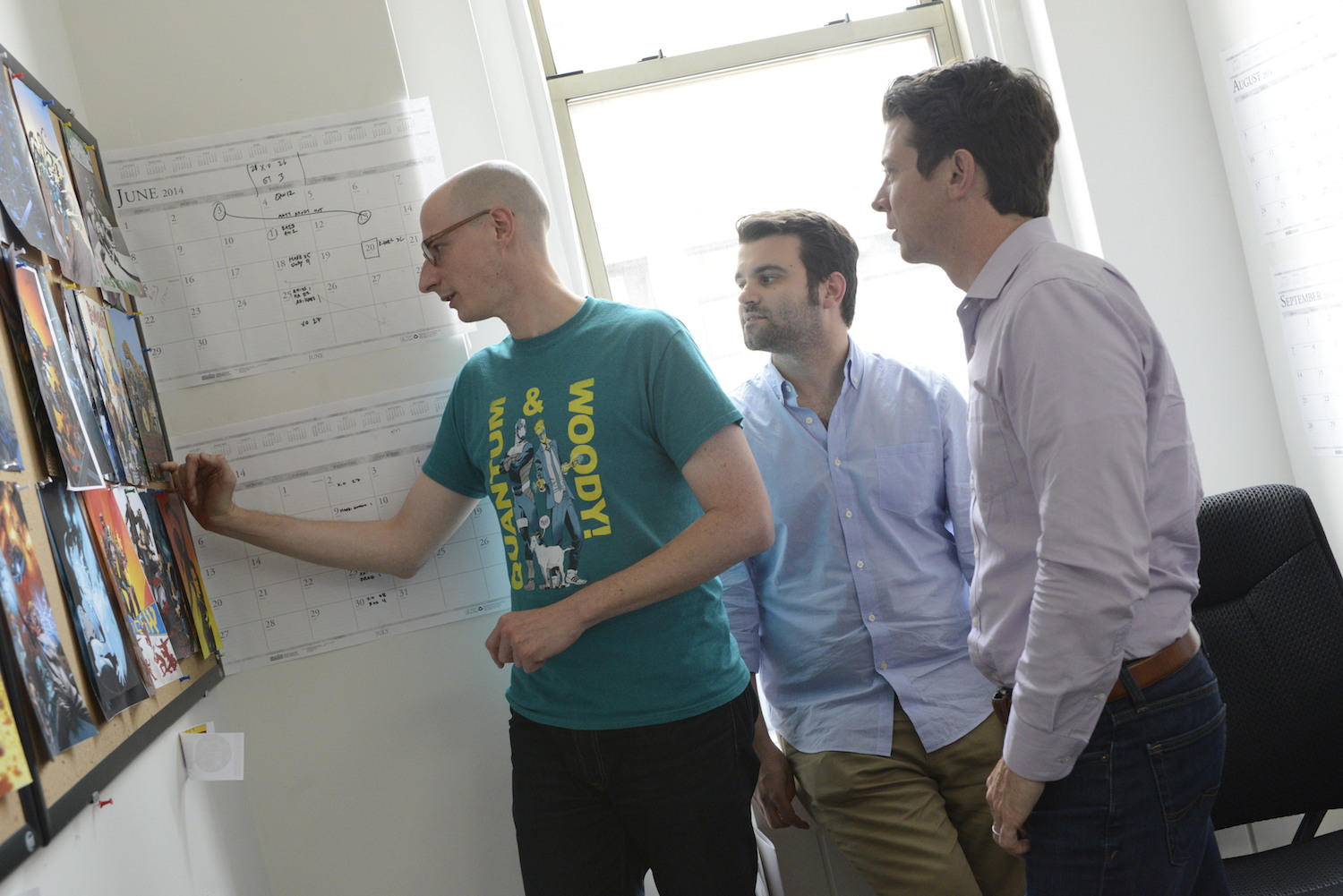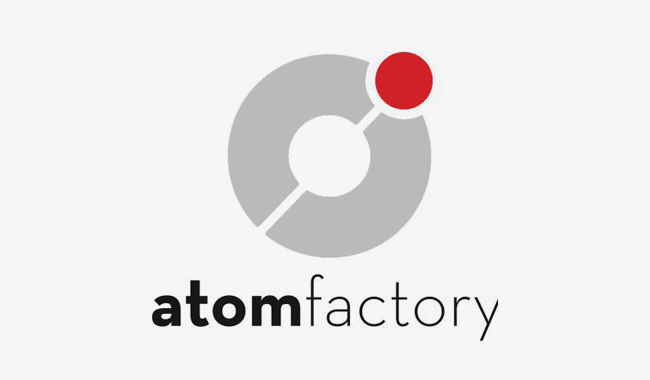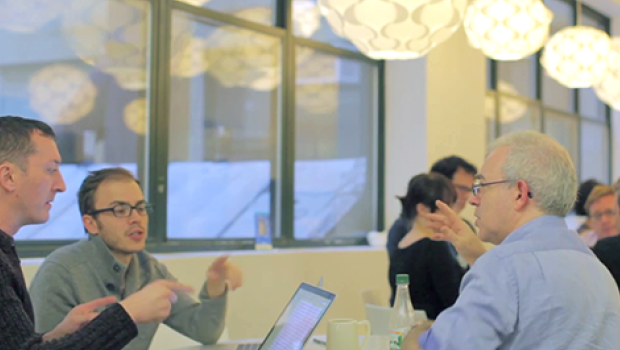How one tech-savvy filmmaker gets things done on the road
Published on November 16, 2023
Ever tried to meet a deadline on a travel day? It’s hard enough to get the information you need when you’re actually in an office. But when your job requires you to fly or drive to remote locations, you have to contend with even more obstacles. In-flight Wi-Fi. Elusive cell signal. Coworkers who live in different time zones.
For filmmaker and photographer Taylor O’Sullivan, whose work has taken her everywhere from the Pyramids of Giza to the Arctic Circle, working on the go is a joy. In her work shooting documentaries and big-budget productions like Fast & Furious, she’s mastered the art of using technology to stay organized on the fly.
“I'm based in Southern California, but at any given moment I have clients in five or six different countries,” she says. “I'm able to use technology every single day to build connections that ultimately make something great.”
O’Sullivan approaches her craft with open-minded curiosity—always trying new tools for communicating with crews across continents. In fact, that’s how she became a devoted customer of multiple Dropbox products.
She uses Dropbox Capture to attach video notes to her files so collaborators can review cuts asynchronously instead of scheduling a video call. Dropbox Replay gives her clients and video editors an easy way to provide feedback on cuts in one central place. And for contracts, she relies on Dropbox Sign.
“Since I organize most of my files in Dropbox, having the ability to also sign documents directly within Dropbox has been such a time saver,” she explains. “It’s made signing and distributing crew contracts so convenient.”
We spoke with her to find out how she keeps the complexity of intercontinental collaboration from slowing her workflow.

Do you remember the moment when you knew you wanted to be a filmmaker?
When I was 13 years old, I got misplaced into a choir class I didn't sign up for. I went to my counselor and I begged her, “Please put me in anything that’s not choir!” She said, “All we have left is this video broadcast journalism class [that’s] only for juniors and seniors.” I went to class and realized I was way younger than everyone else. I just sat quietly in the back, looking around at the green screens, the teleprompters, the camera gear, and I was like, This looks awesome.
That's where it began for me. I learned how to shoot. I learned how to edit in Final Cut Pro. I just fell completely in love with it. To materialize an idea and create something from scratch with a team was so intoxicating to me. I’d never really done anything like that.
How did your initial curiosity about the gear in your high school class evolve into a passion for capturing images in faraway places?
In my first year of college, I got the opportunity to make a short series for PBS about social issues that were happening in Cameroon, Africa. The experience of being in the field and working with local translators and local crew—it was amazing. I was hooked. I fell so deeply in love with international documentary film that when I graduated from film school, I tried to market myself as somebody who goes out into the world, one-man band style.
I've always been a very curious individual. I've always been an observer. I walk into a scene or a room or a new country and find the greatest joy in just sitting back and watching it all unfold. One of the most beautiful things that I get to experience as a documentary filmmaker is that my job is to observe and then capture some rendition of that reality.
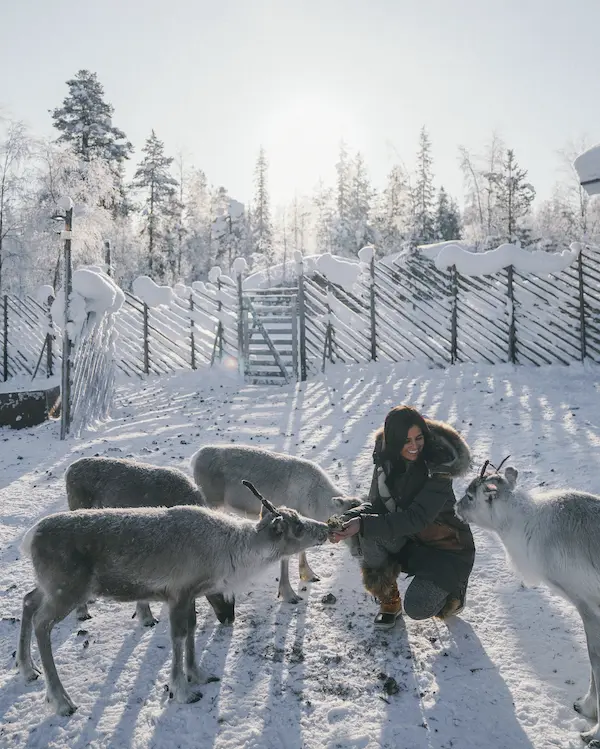
How does your experience as a producer, director, and cinematographer inform the way you manage a team?
Doing a little bit of everybody's job within the industry has cultivated a sense of empathy and understanding for what everybody needs to do their job well. I've worked on gigantic movies with crews of 500 people. I've worked on tiny crews. It just makes for a better working experience if we can all support one another… because a set is like a microcosm where we all bring our unique skills to the table for this collective purpose.
Can you give an example of when you wouldn't have met the deadline if it weren't for the remote collaboration tools that help you stay organized?
One of my clients is a well-known musician, and I just wrapped six days straight of shooting with her. We've been capturing her two-year residency. On a shoot like that, there are always super-quick turnarounds for deadlines.
Dropbox is the only way that I deliver cuts, whether it's for video or delivering folders of selects for them to pare down. The amount of Dropbox folders that I've exchanged with [her] management team in the last seven days in the dozens. I have no idea how my business would function without it. [It] has absolutely helped me reach deadlines.
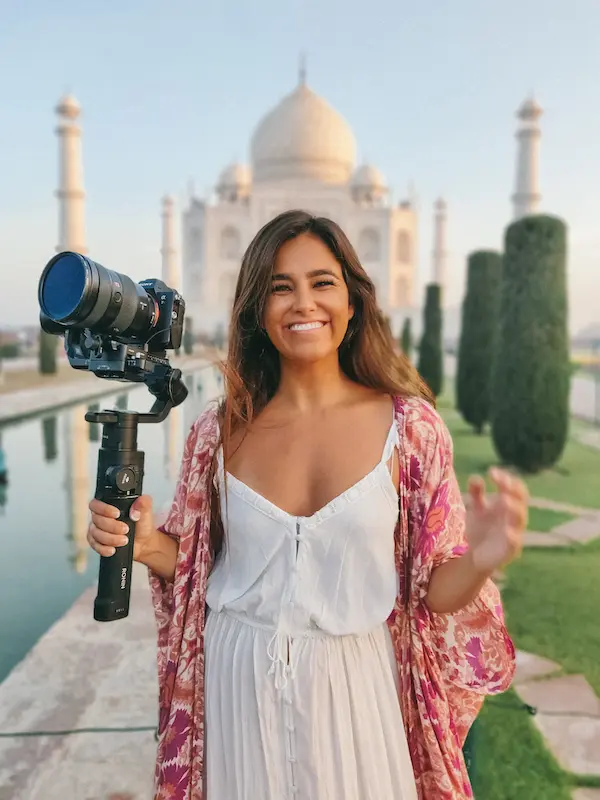
“I've been using Dropbox since 2011 and it's been my best ally, but all of these newer communication tools have really brought it to a new level for me.”
How does Capture fit into your business?
Dropbox Capture has been an amazing communication tool. I'm adding a new wing to my photography business—a fine art print photography shop. So I'm doing brand building with this amazing designer who's based in Montreal. If you've ever designed a logo or made a brand bible, you know it's a highly visual experience. I'm very meticulous, so I have lots of notes. We've been using Dropbox Capture as our primary way to communicate because I can draw on it and point out aspects of the logo that I like or leave a little note.
I love the little bubble that shows my face because for me, when I'm giving feedback, I want it to feel personal. There's nothing worse than getting email feedback without much emotion. When I get to send a Dropbox Capture, she can see my little smiling face in that bottom corner. I'm saying, “Hey, I love what you did with the logo here. What if we tried something like this?” I'm highlighting this area. “What do you think about this color tone? What if we added more green to this?”
We've been loving it because she's in a different time zone. It gives everybody the time and space they need to ingest the creative and then come back with a response. I've been using Dropbox since 2011 and it's been my best ally, but all of these newer communication tools have really brought it to a new level for me.
How has your relationship to technology evolved since you started your career?
When I started making short documentaries, social media did not exist. Short-form content didn't really exist. So the way that I have created has really shifted over the years. In a lot of ways, the world has become a lot smaller because we're a lot more connected. I'm grateful that I get to live in a world where it's so easy to connect. Because that's all that filmmaking and photography is, if you boil it all down. It's human connection.

.png/_jcr_content/renditions/hero_square%20(2).webp)

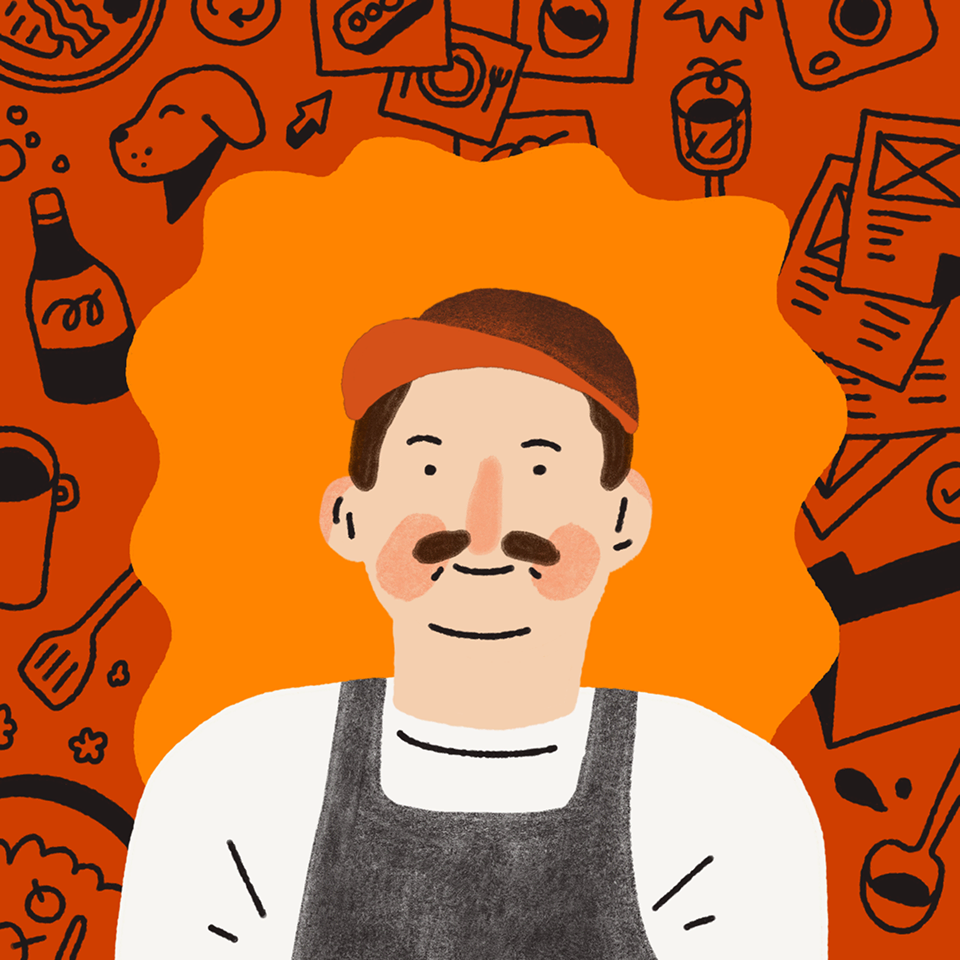





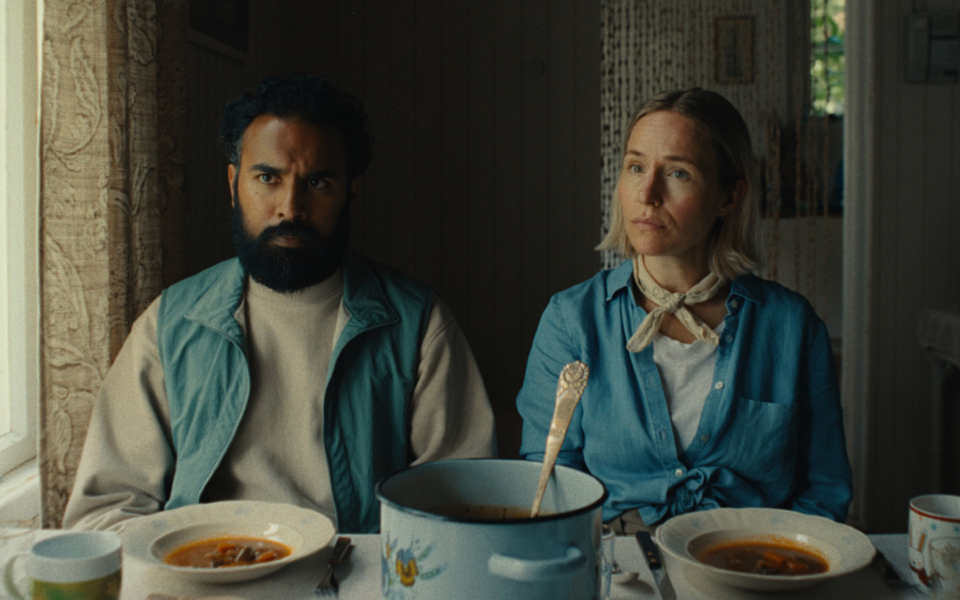
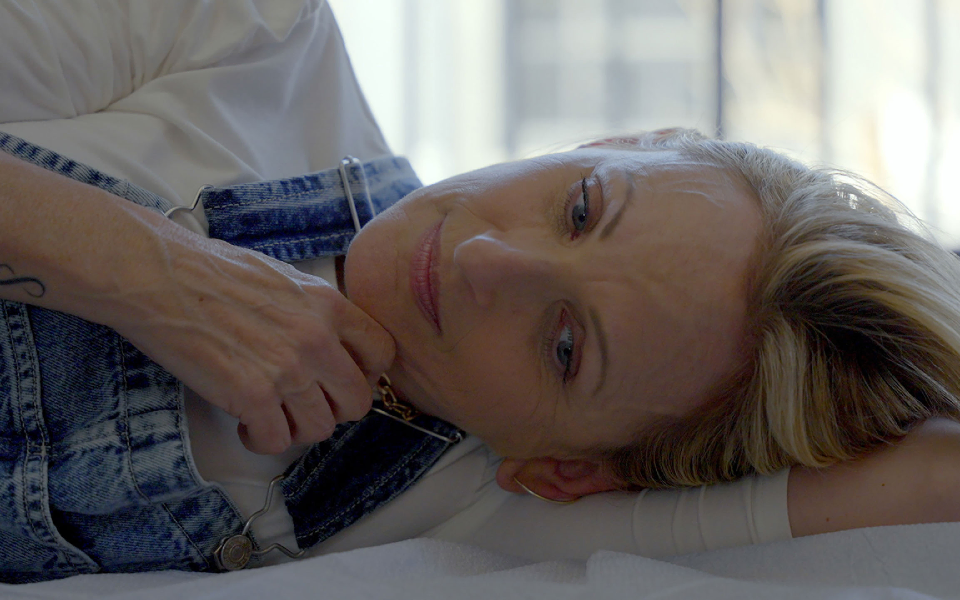




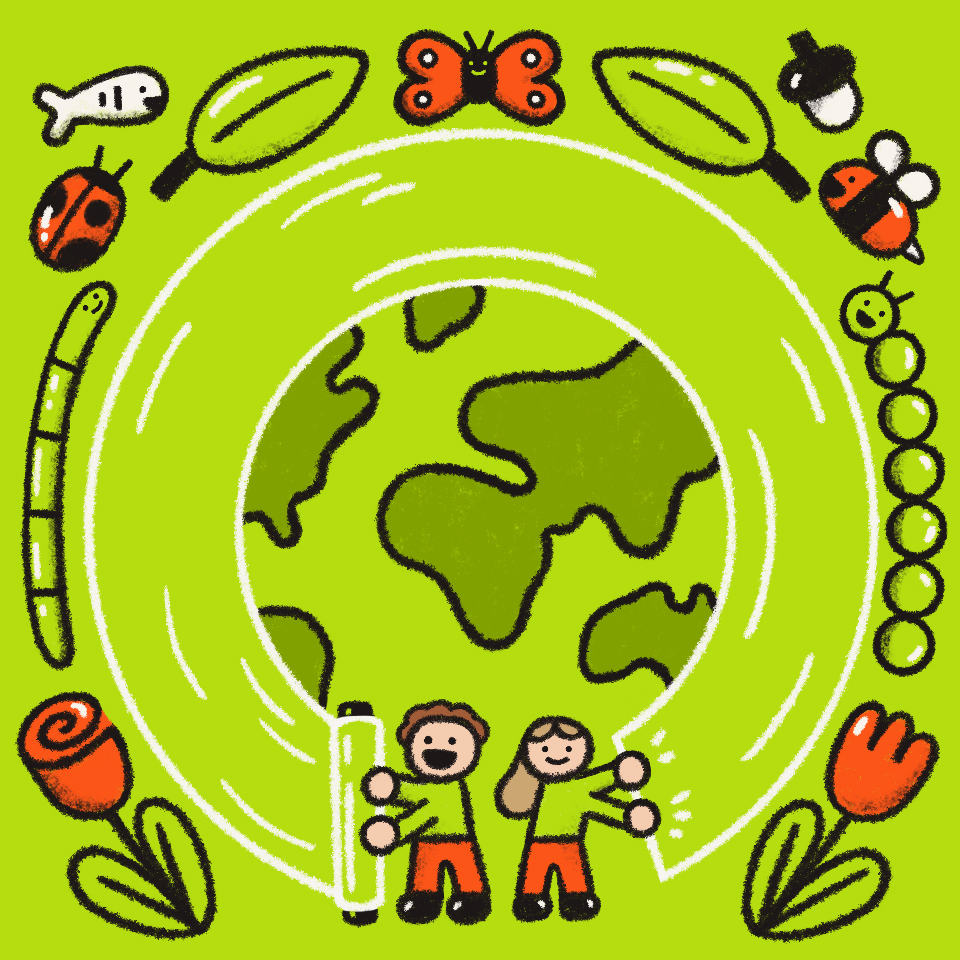
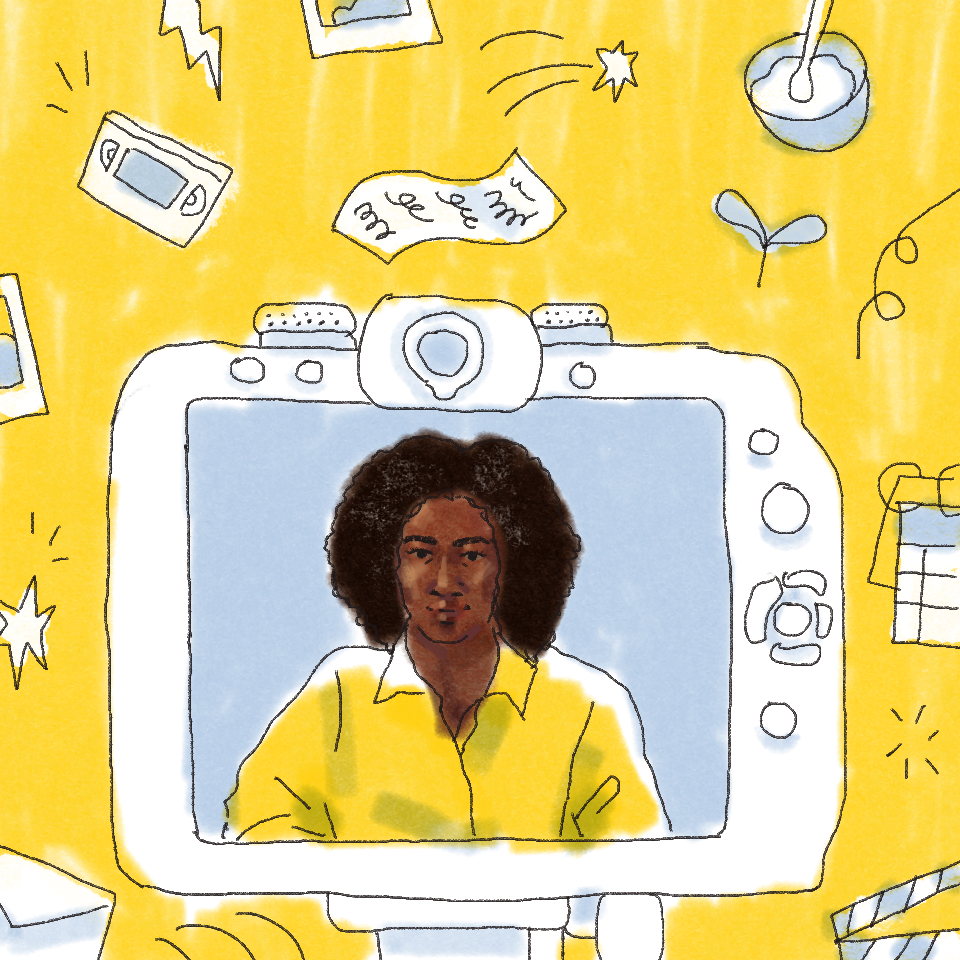
.jpg/_jcr_content/renditions/1200x628%20(5).webp)



